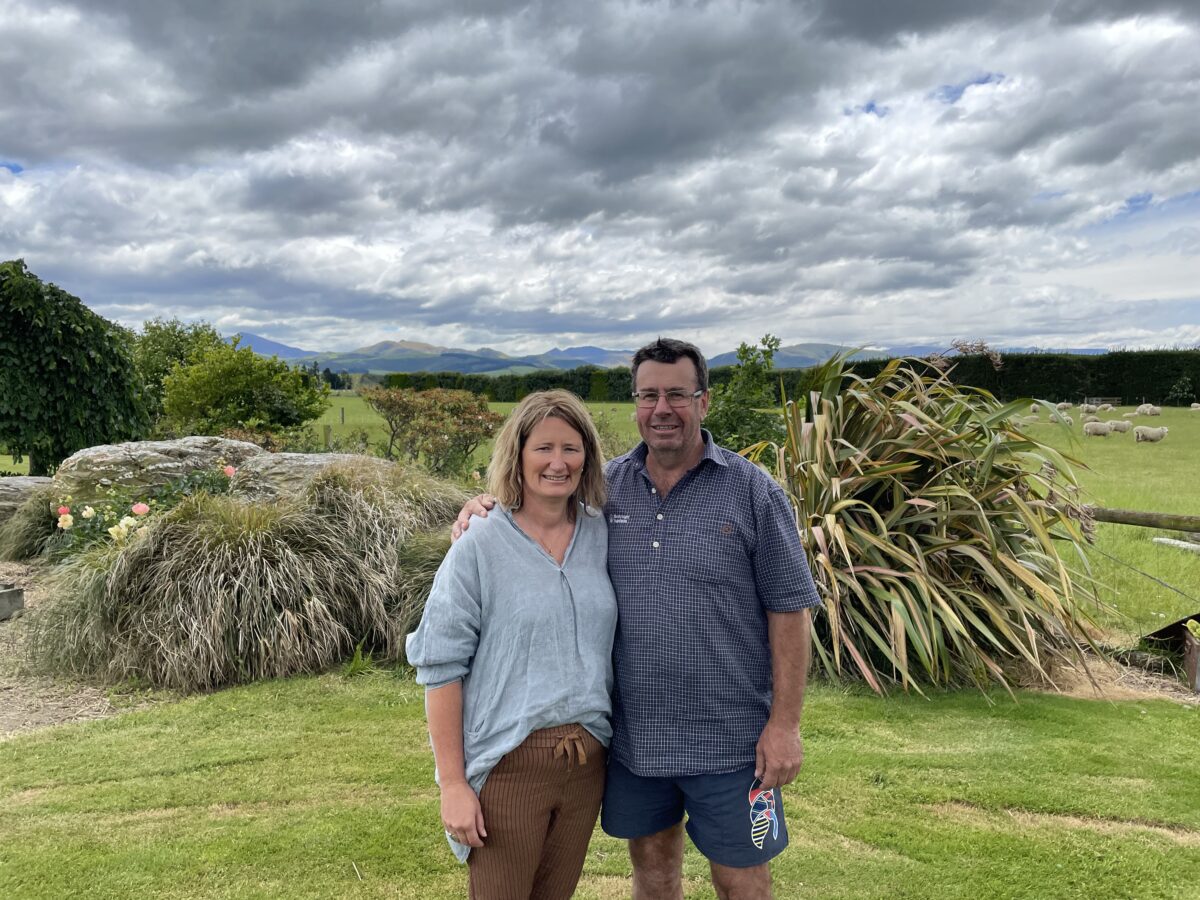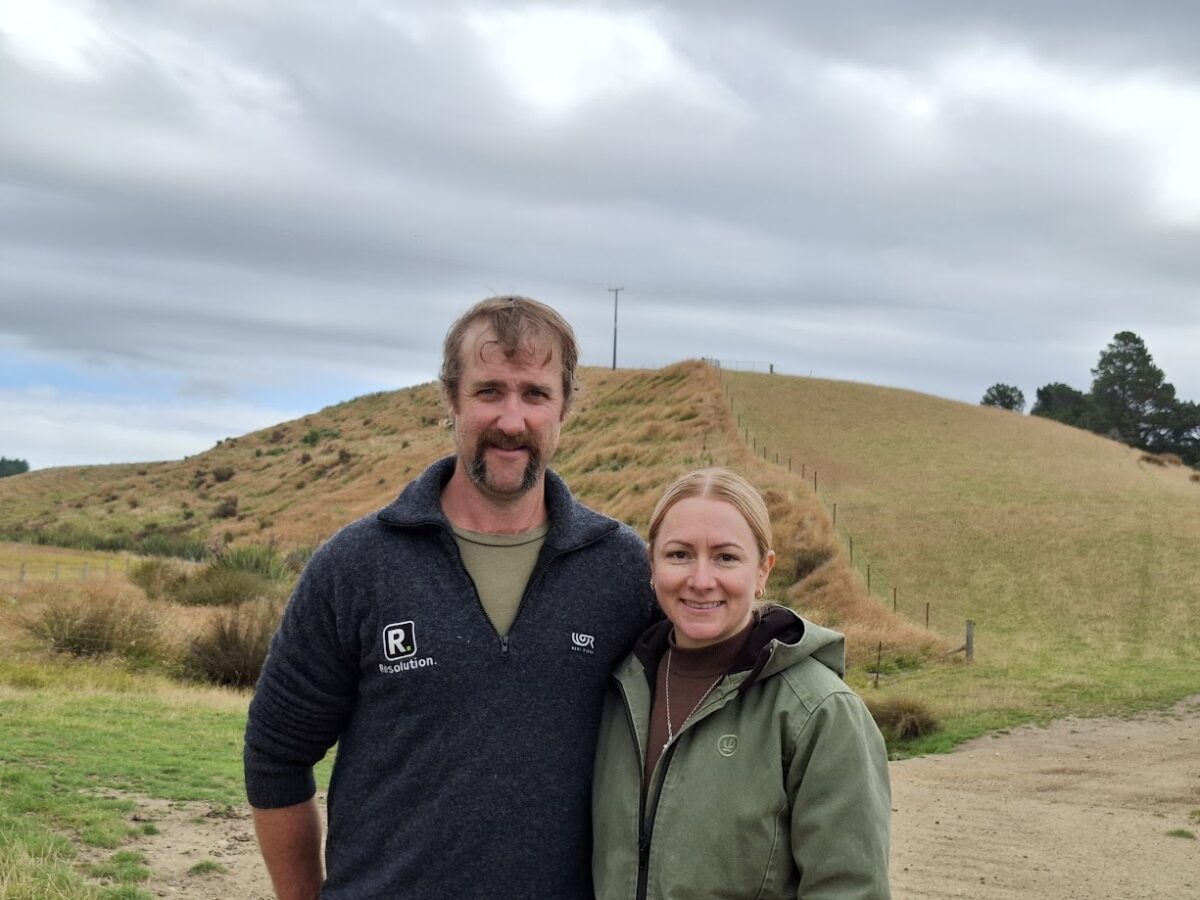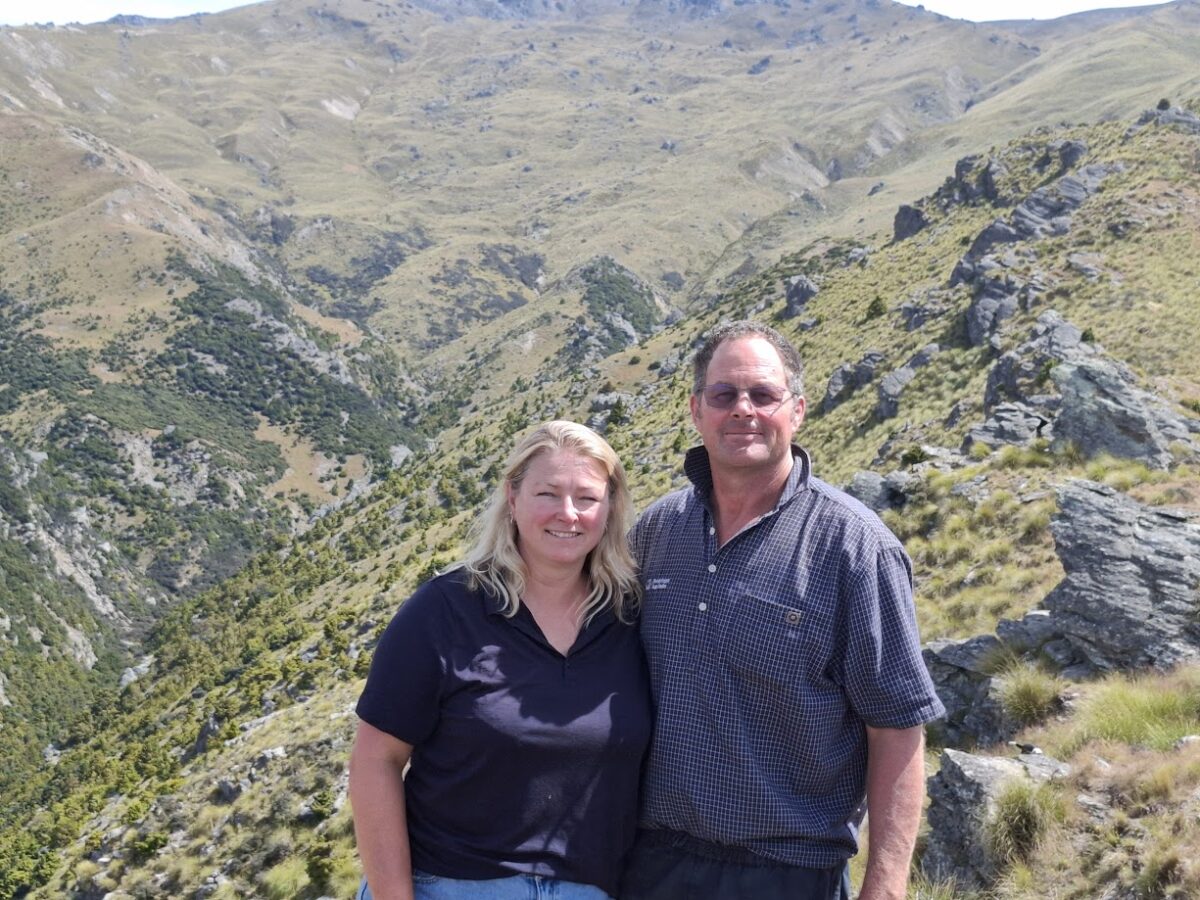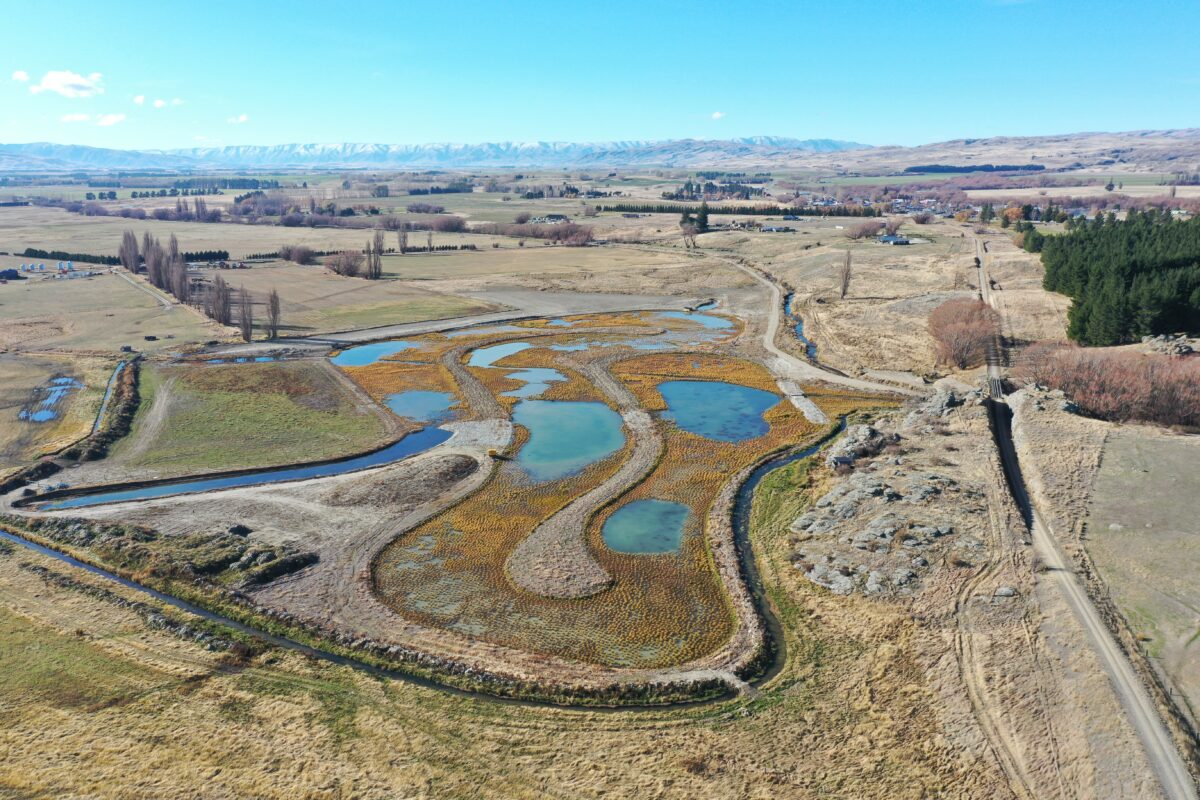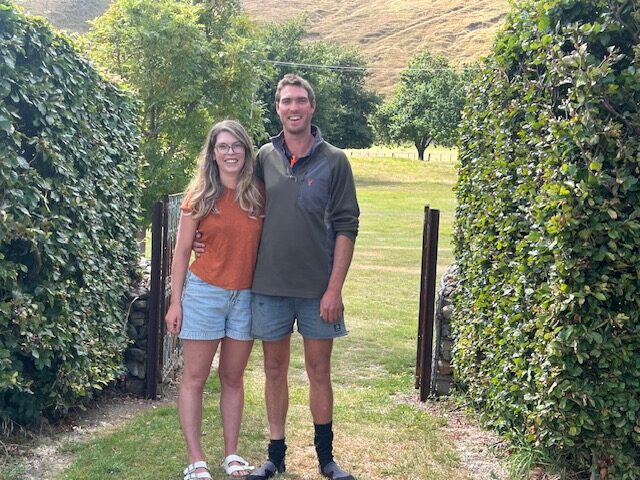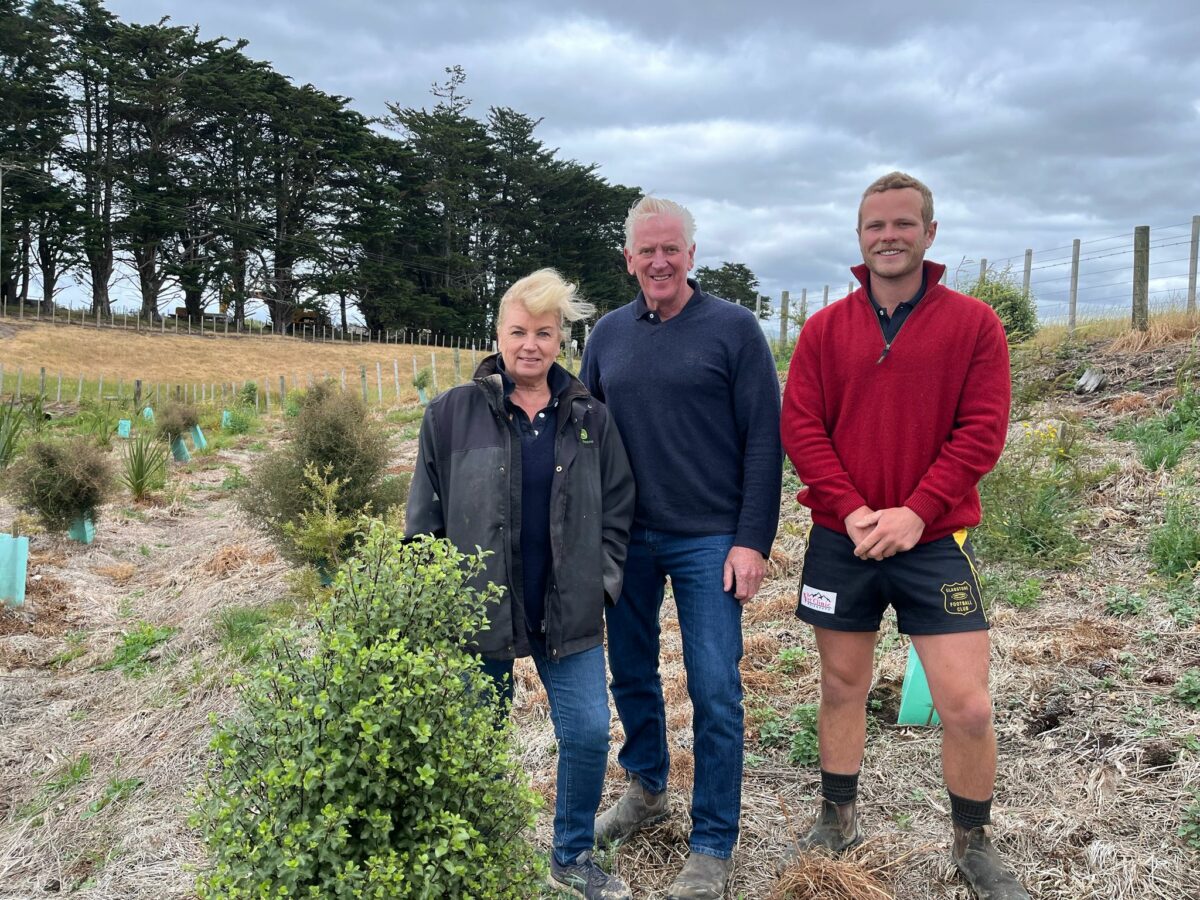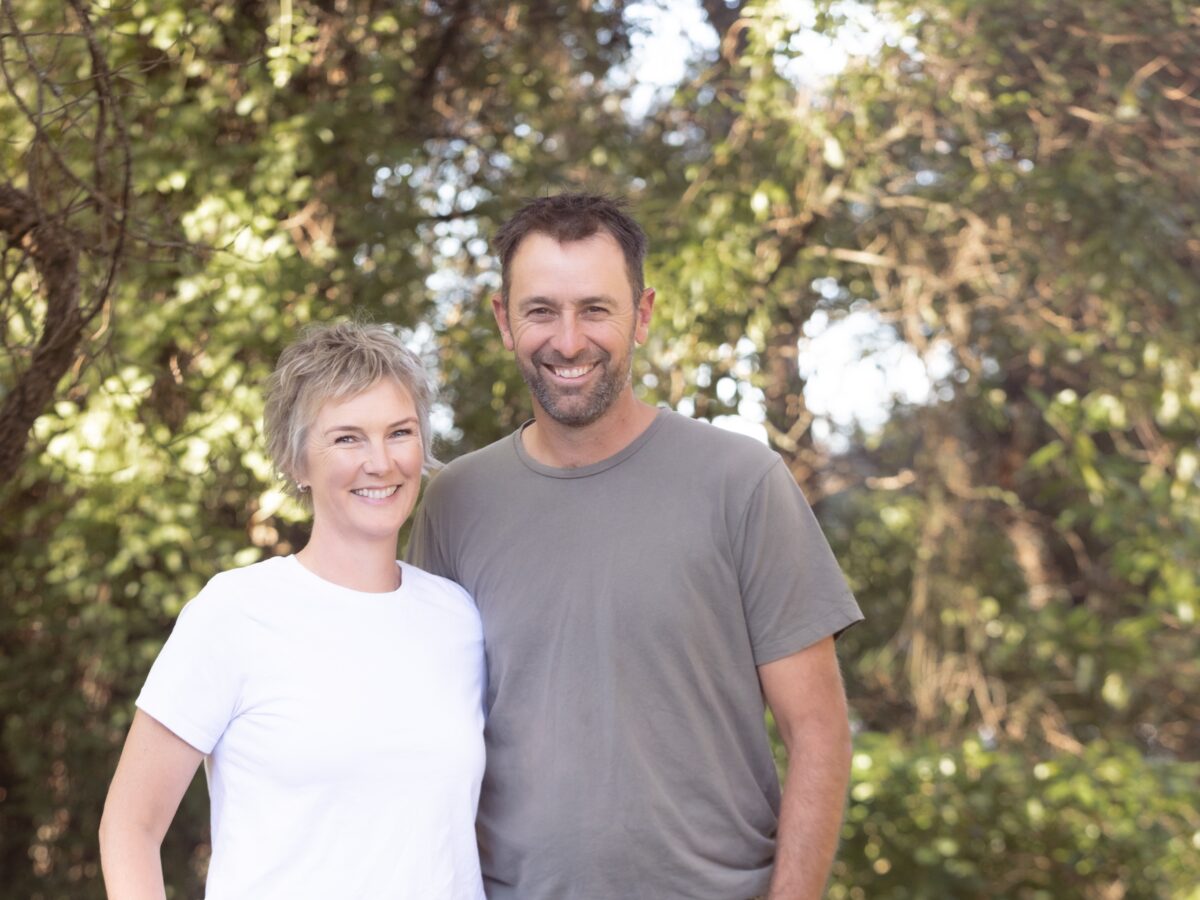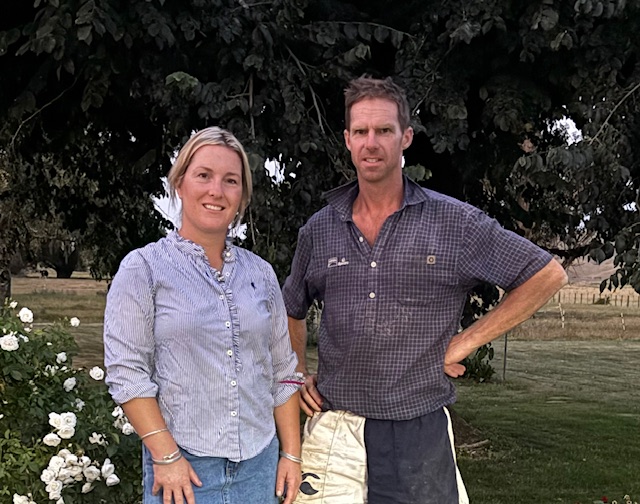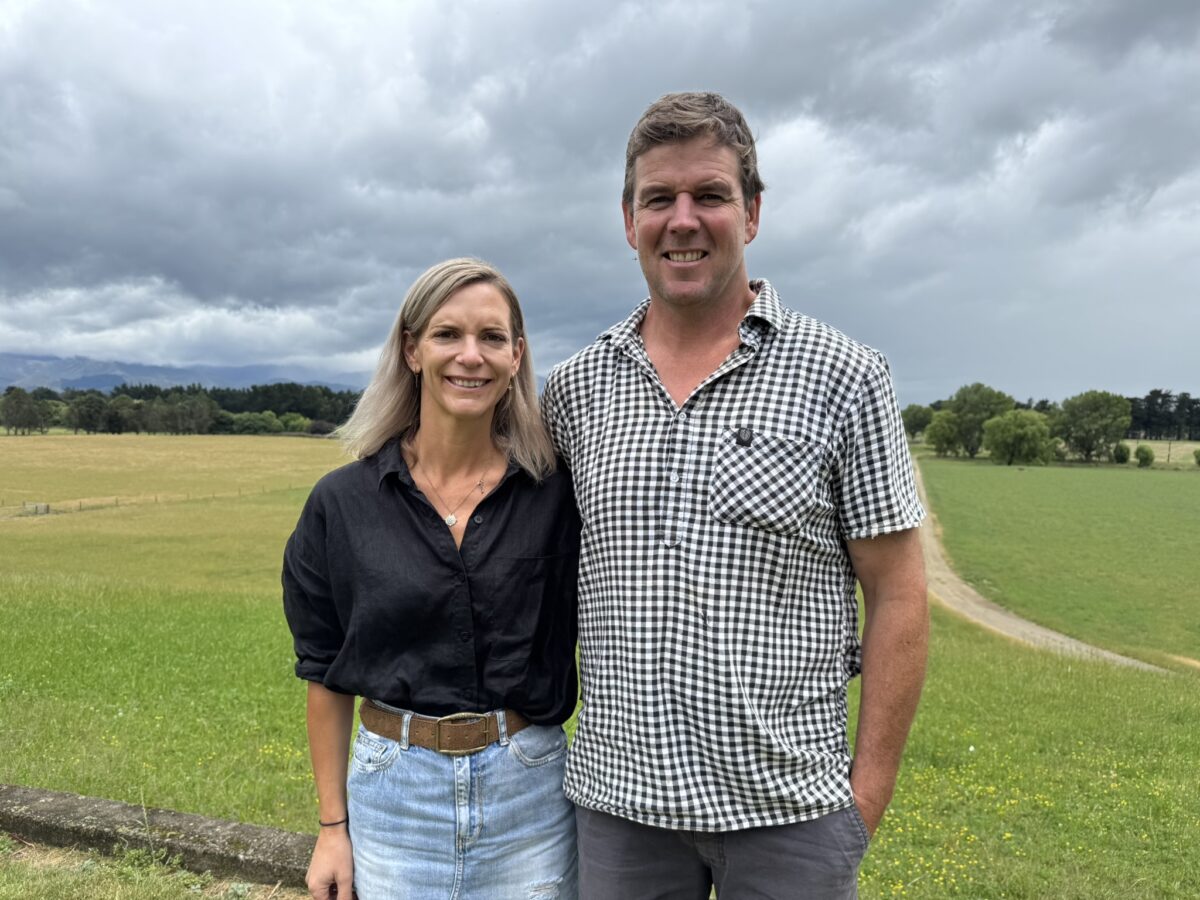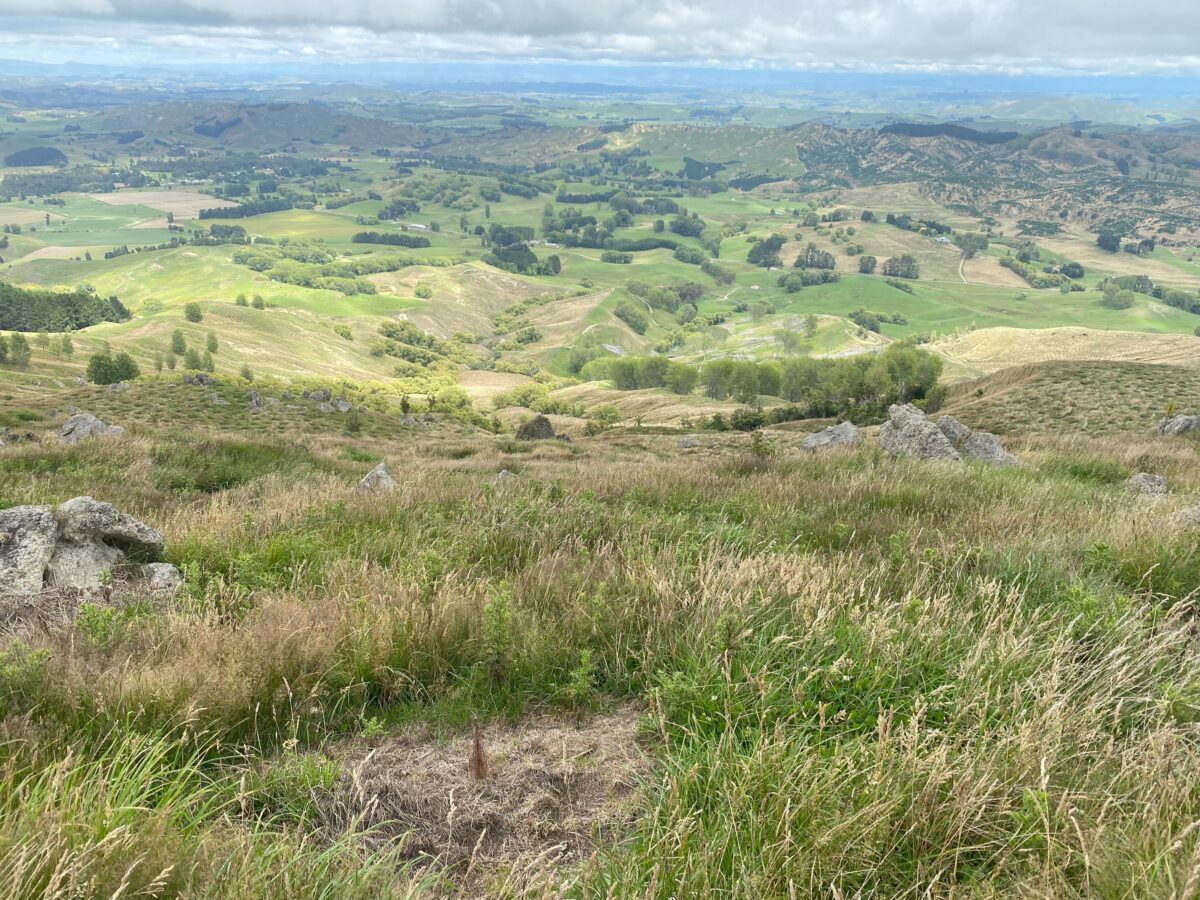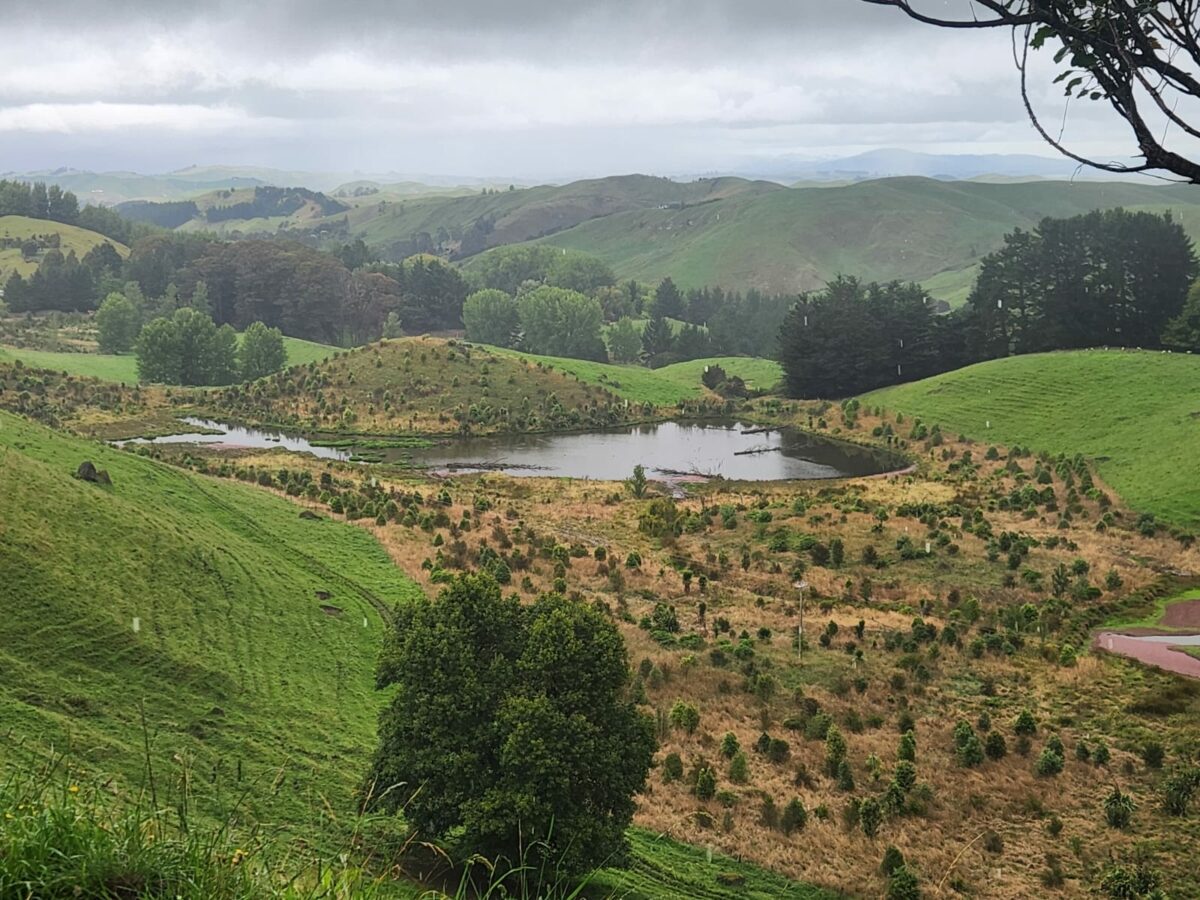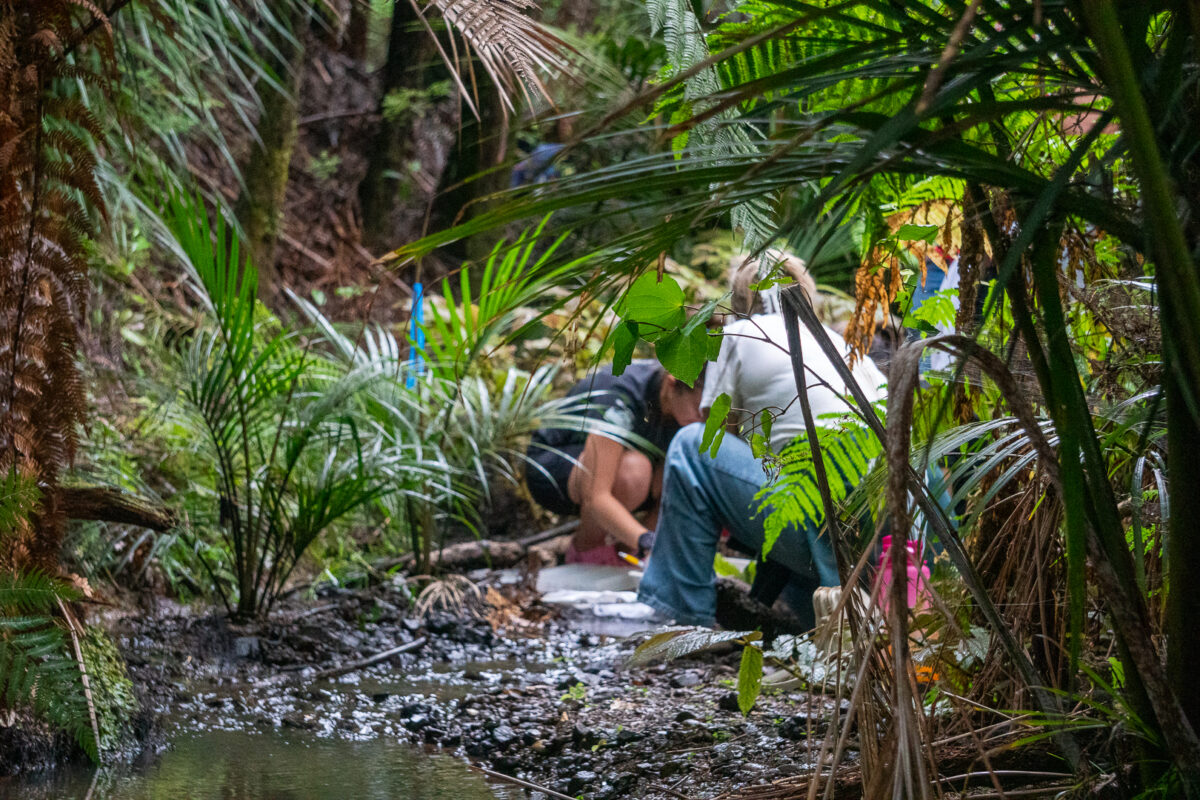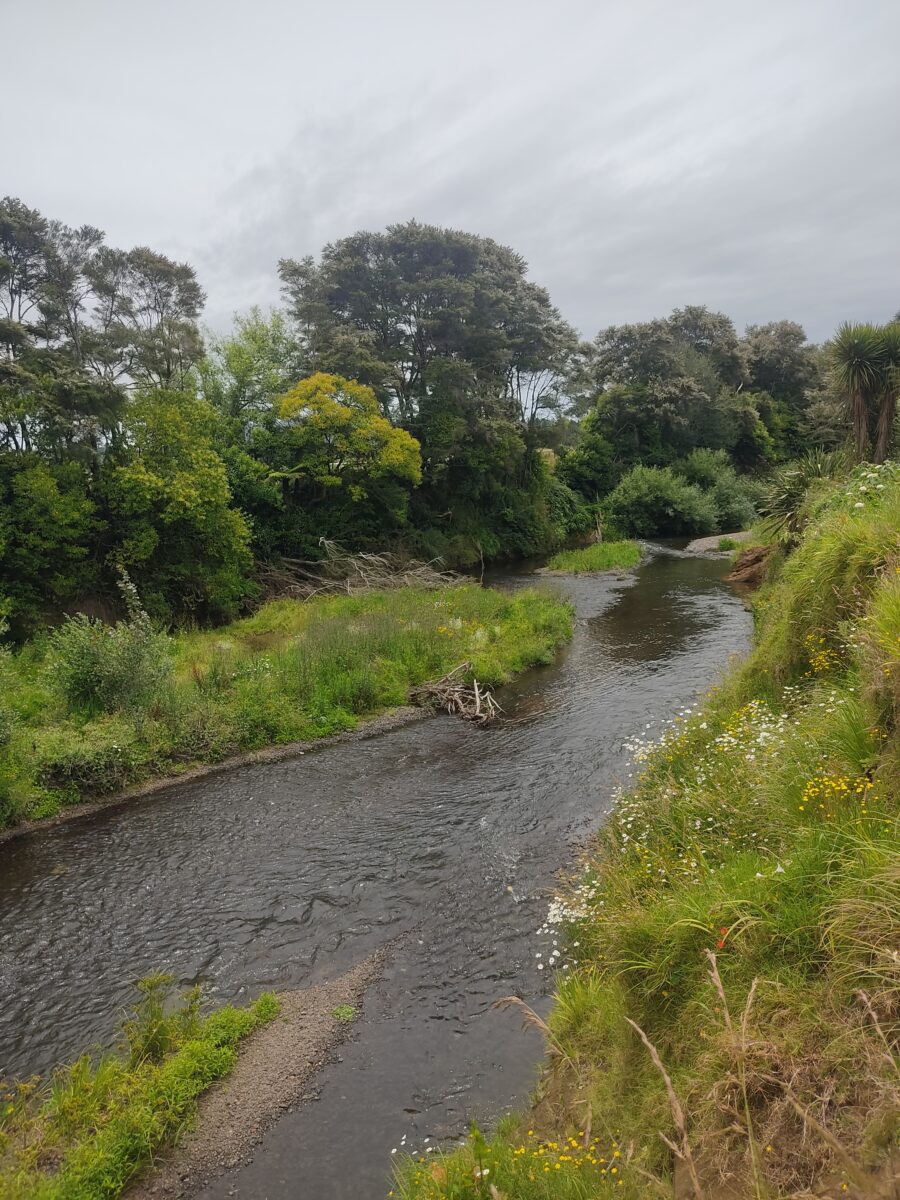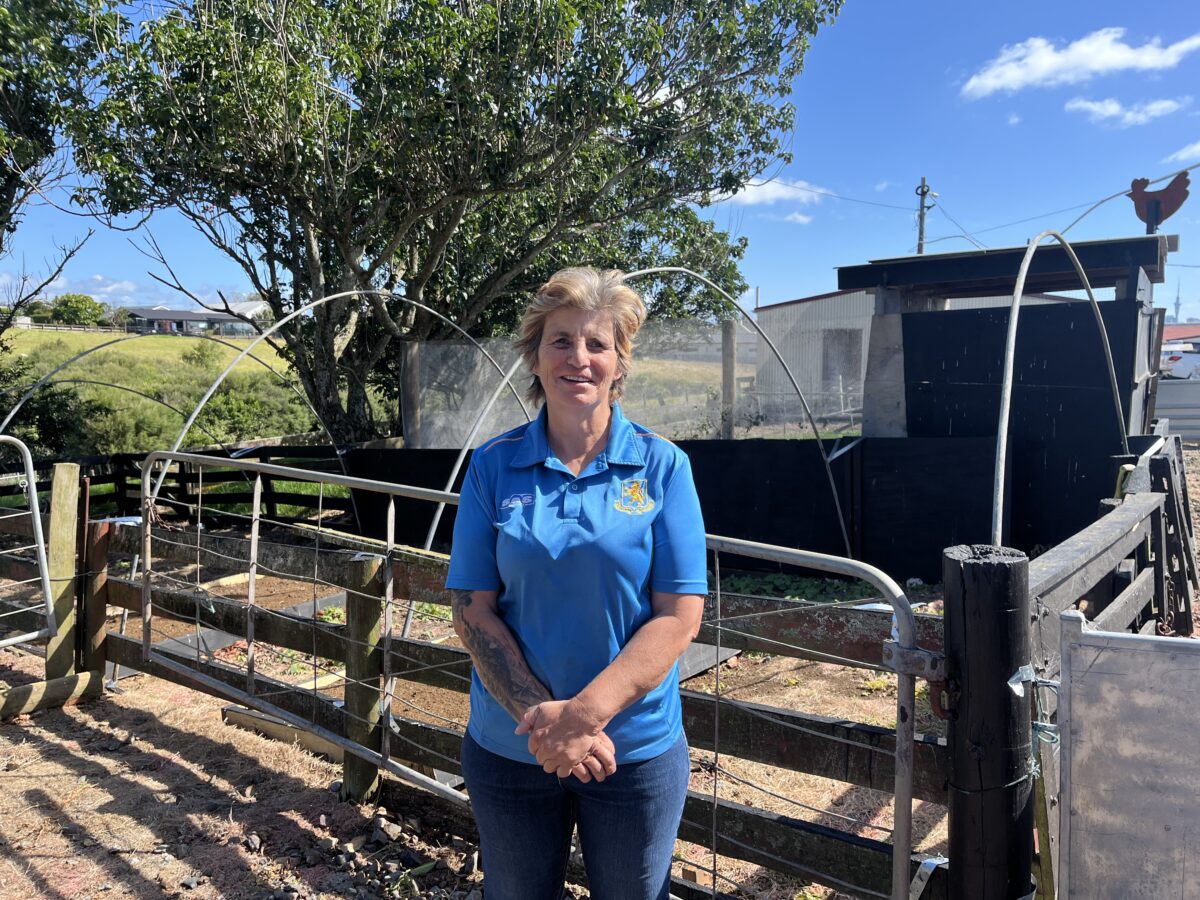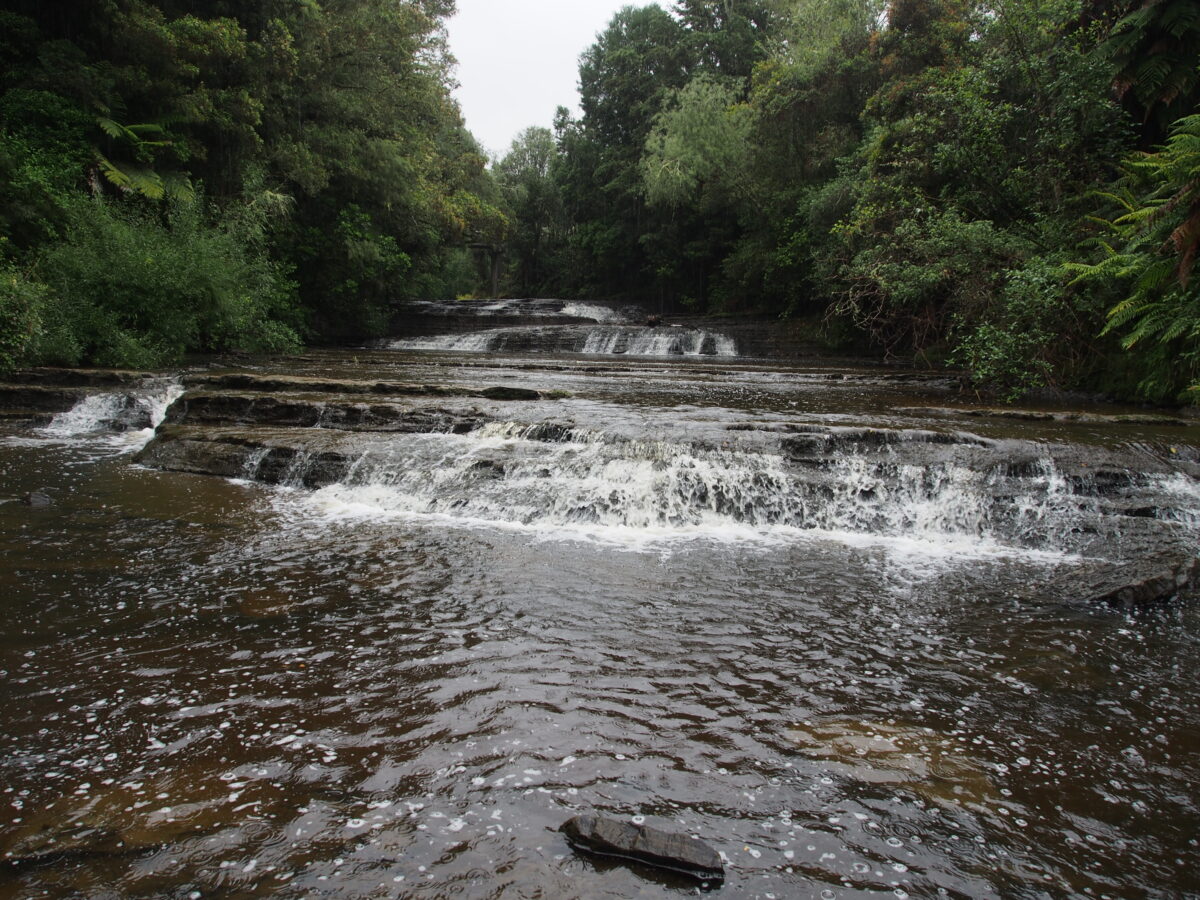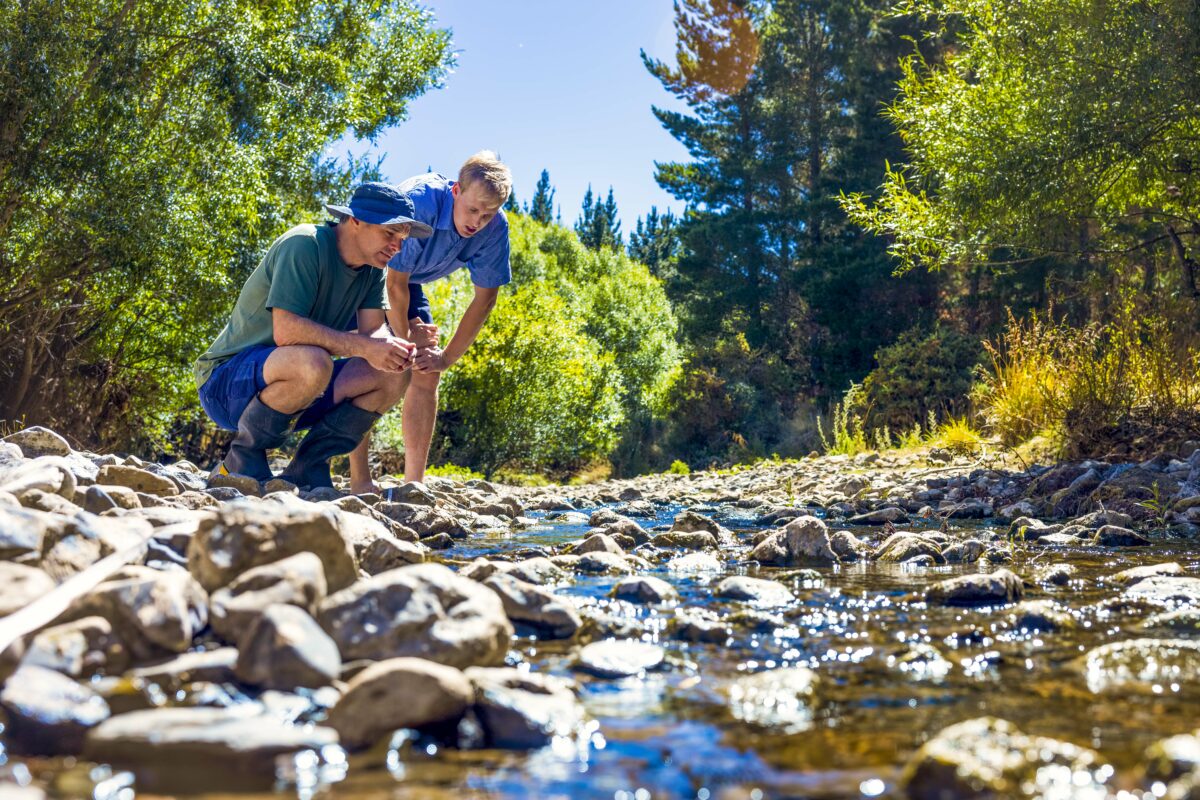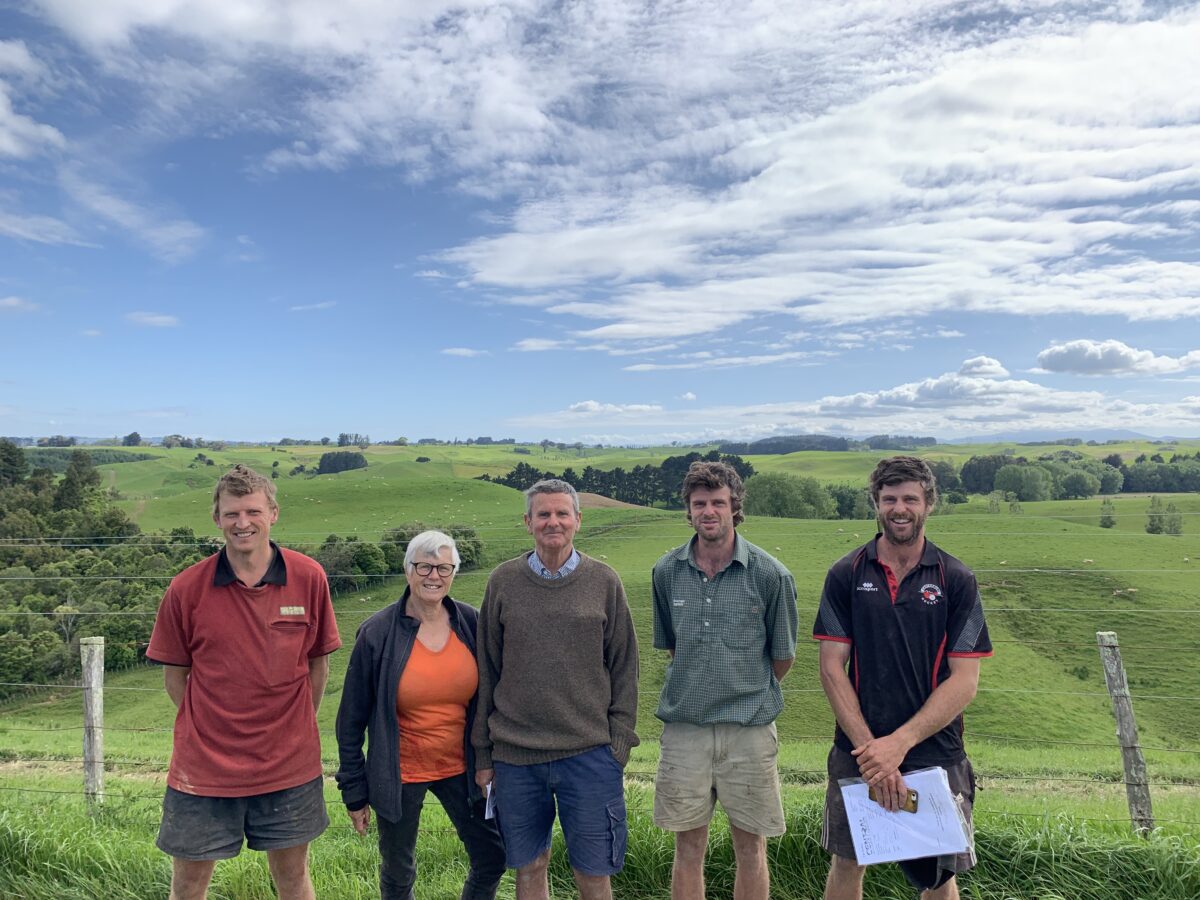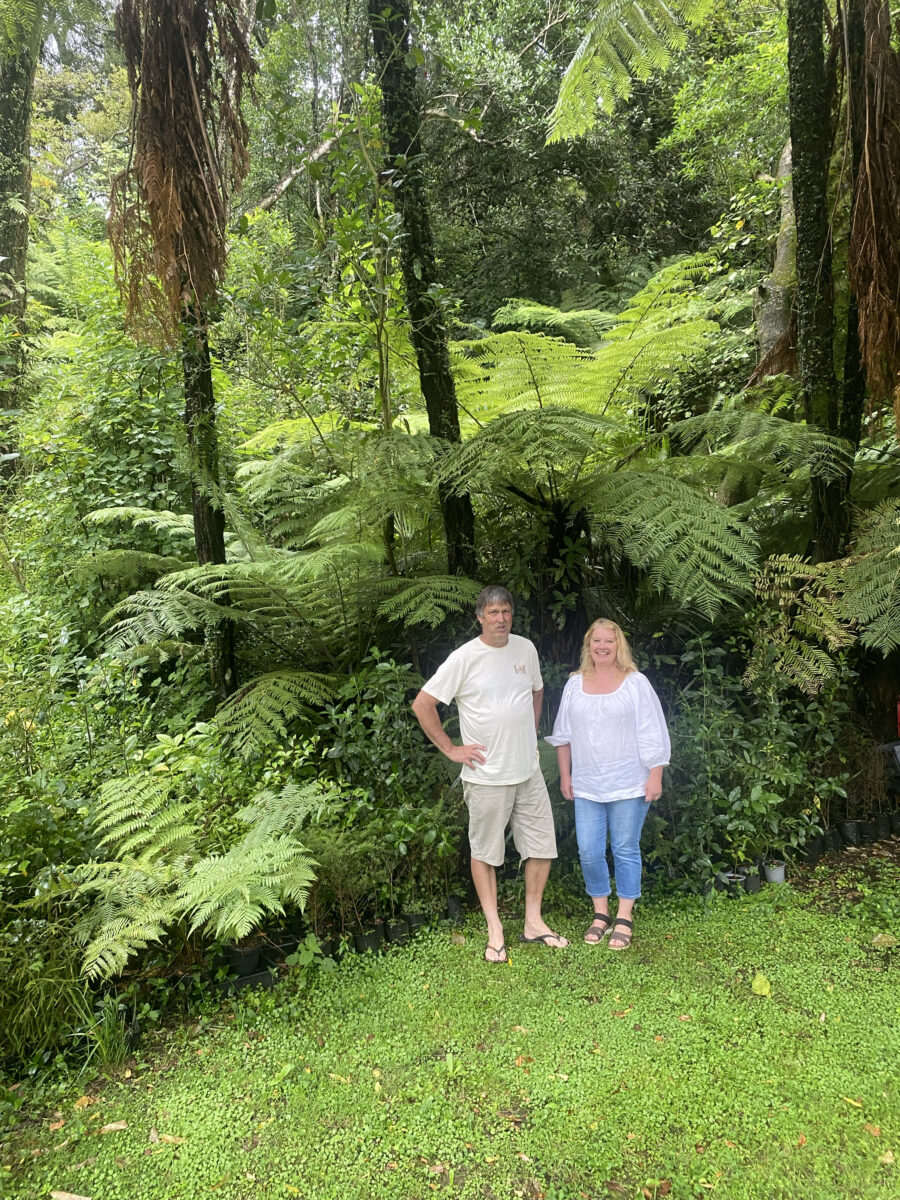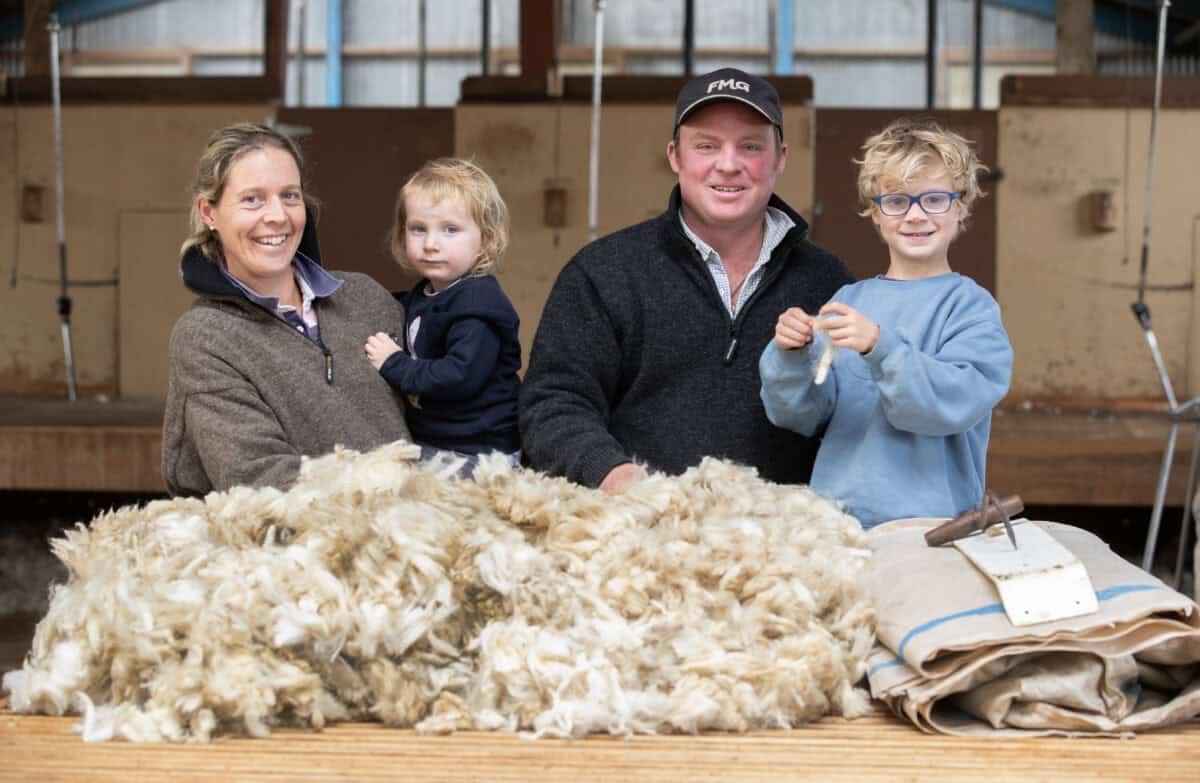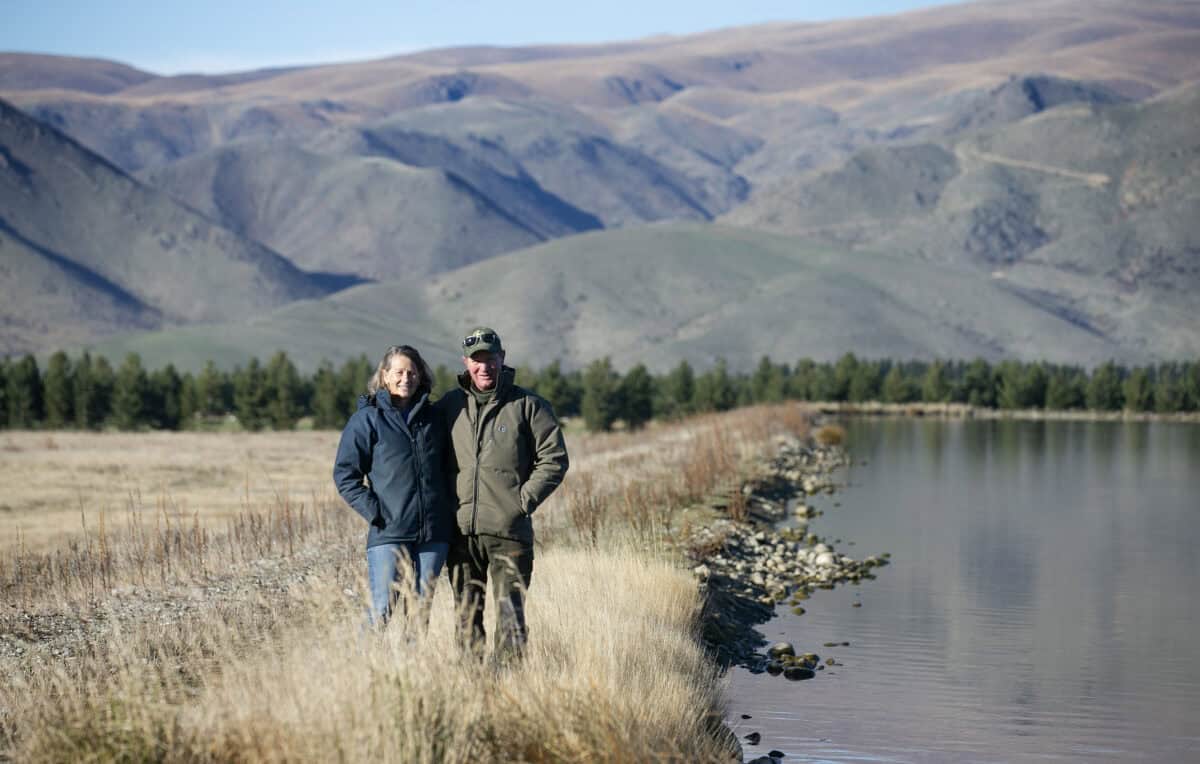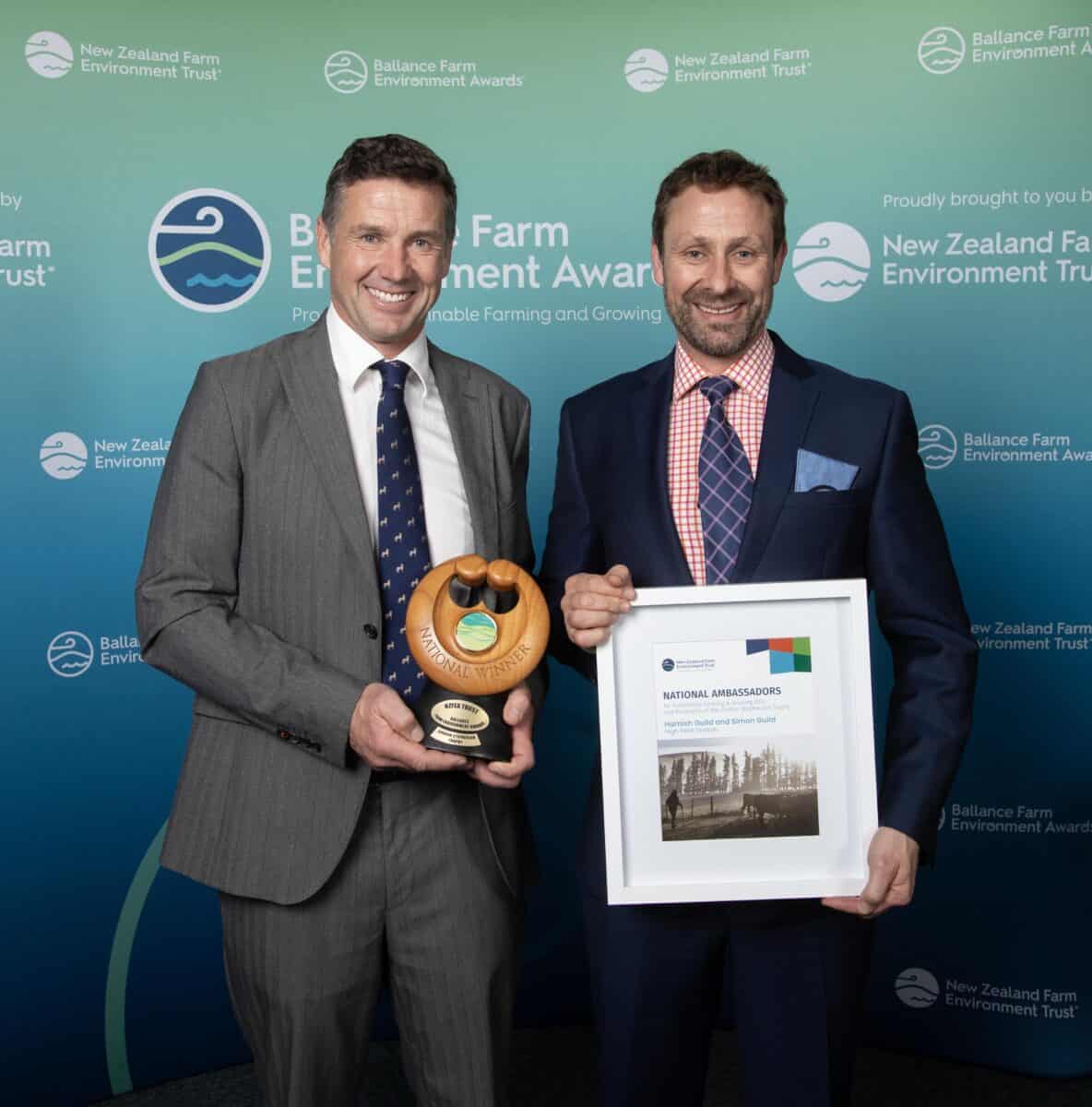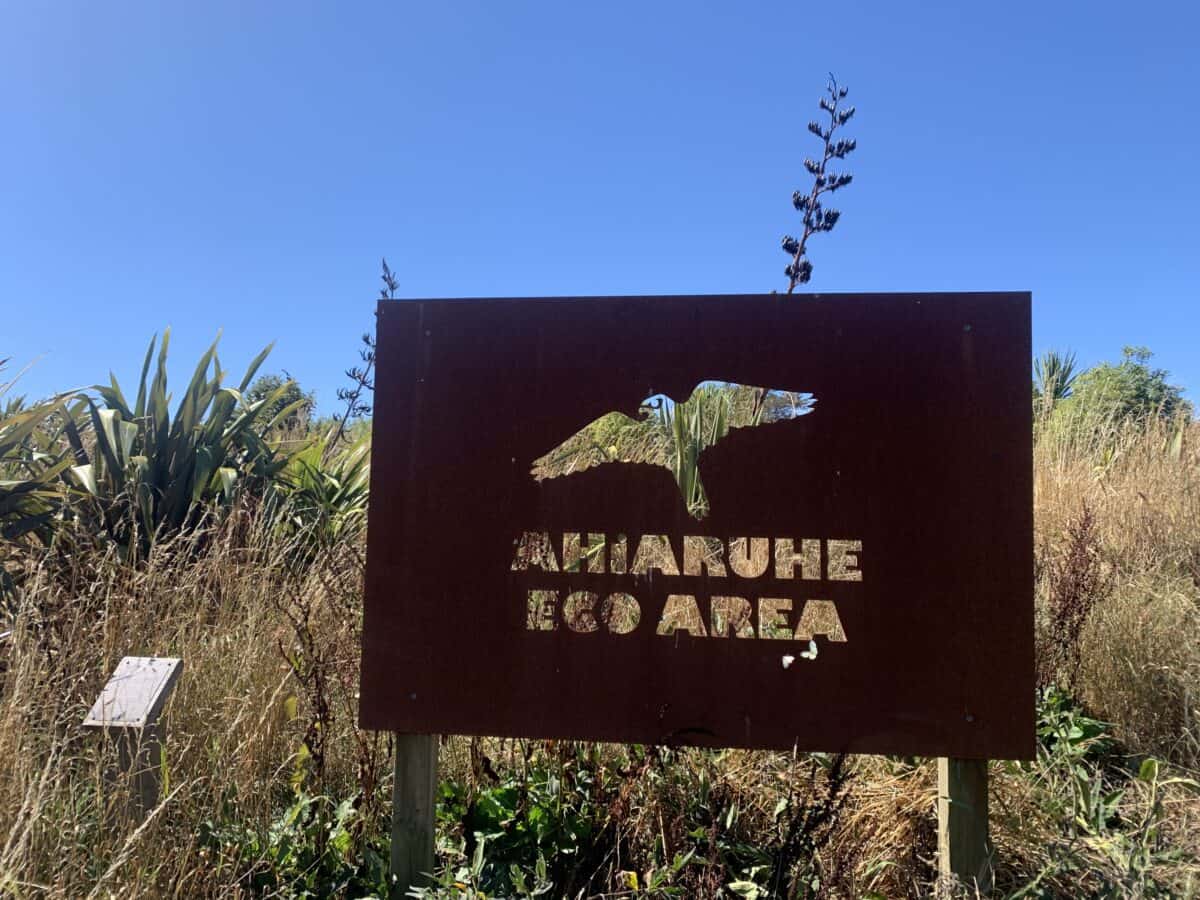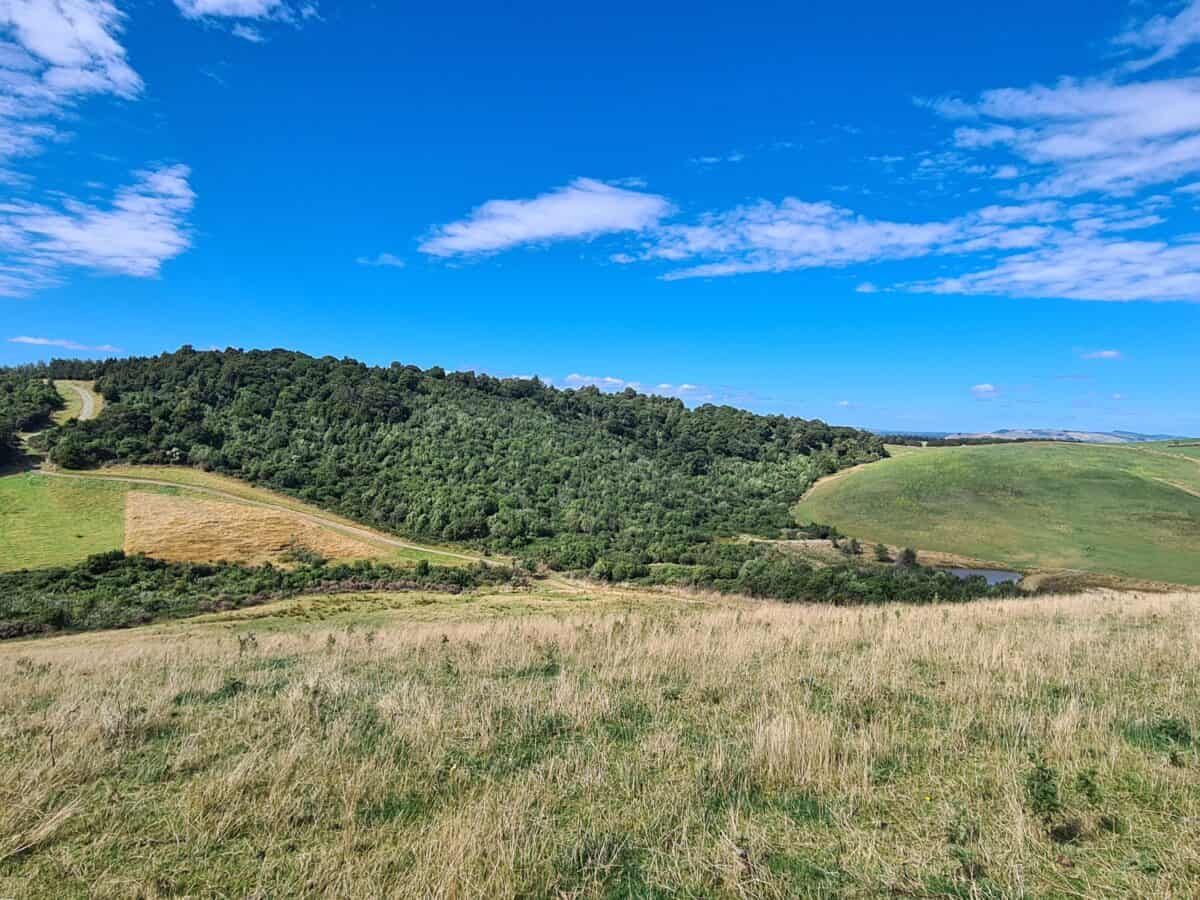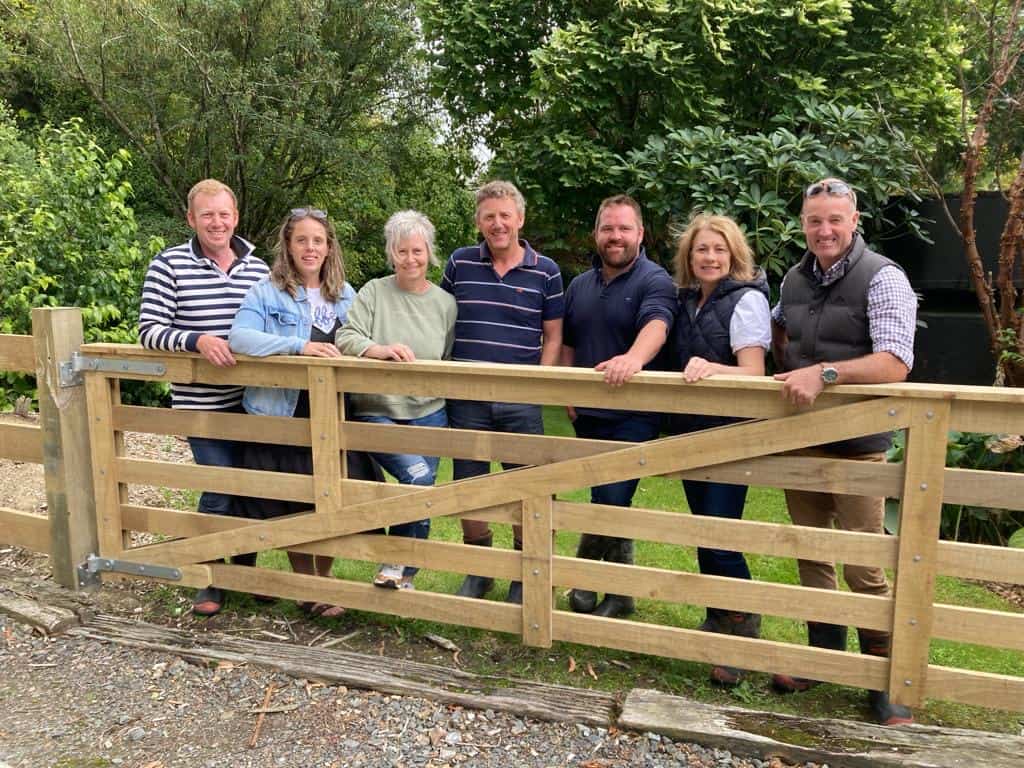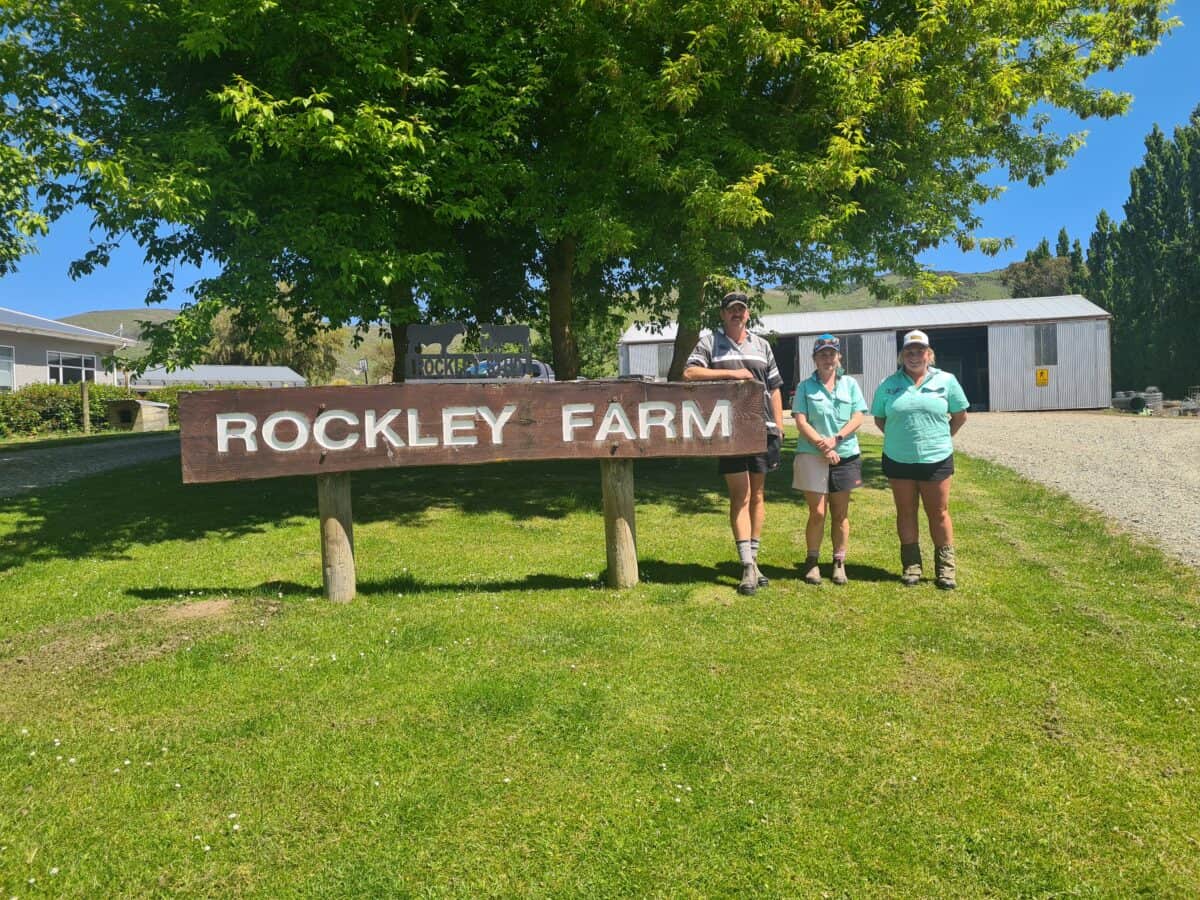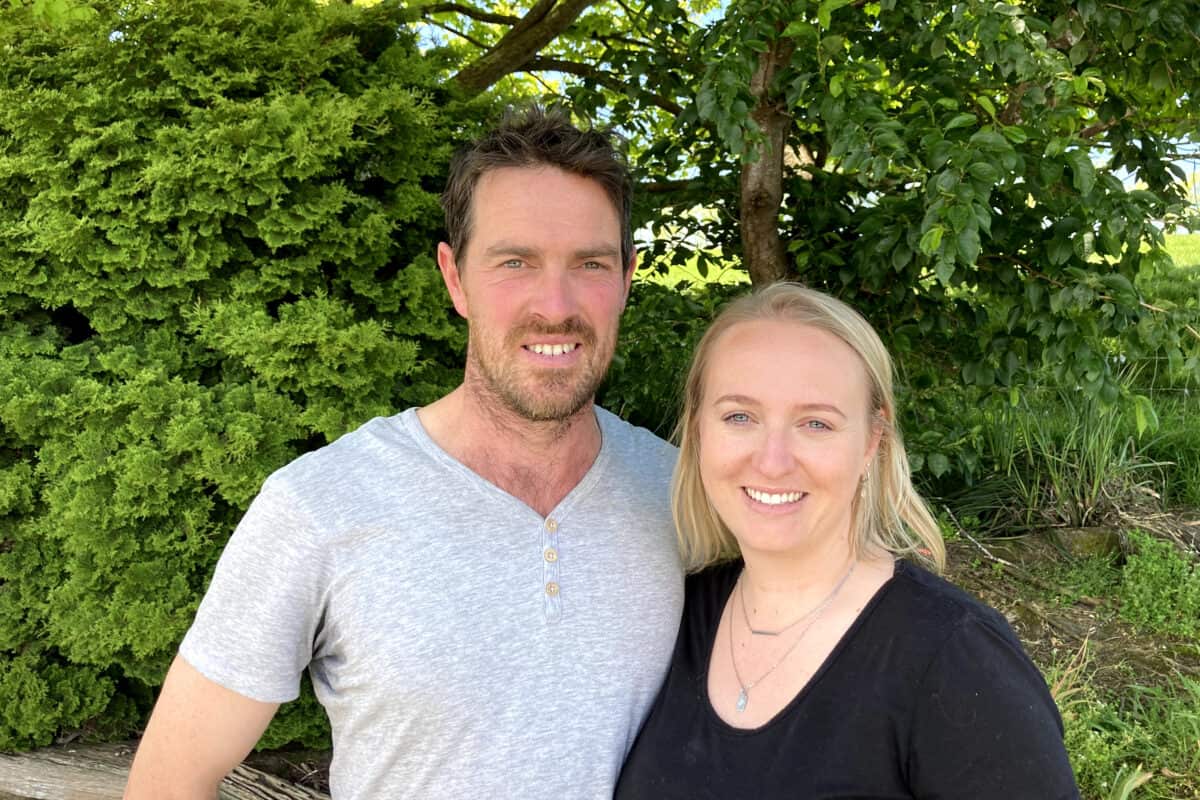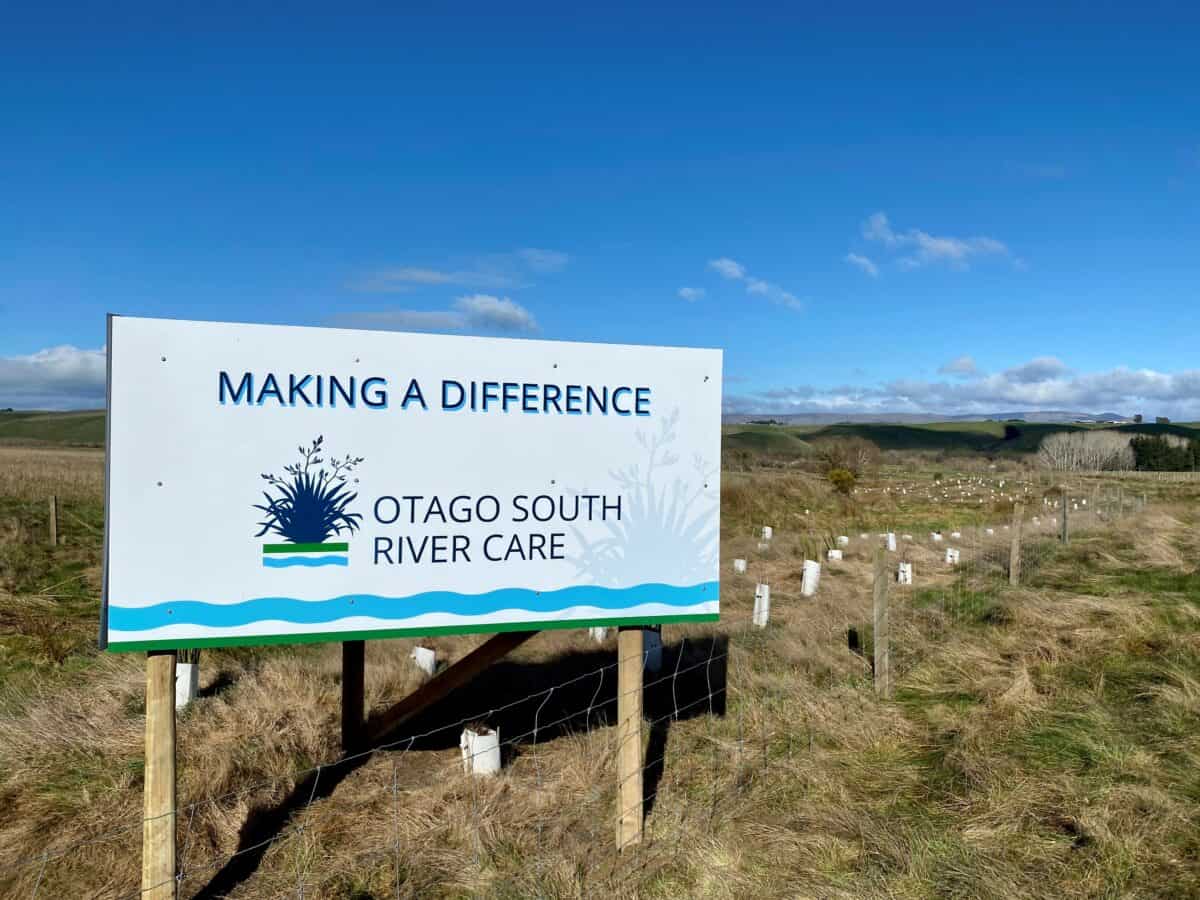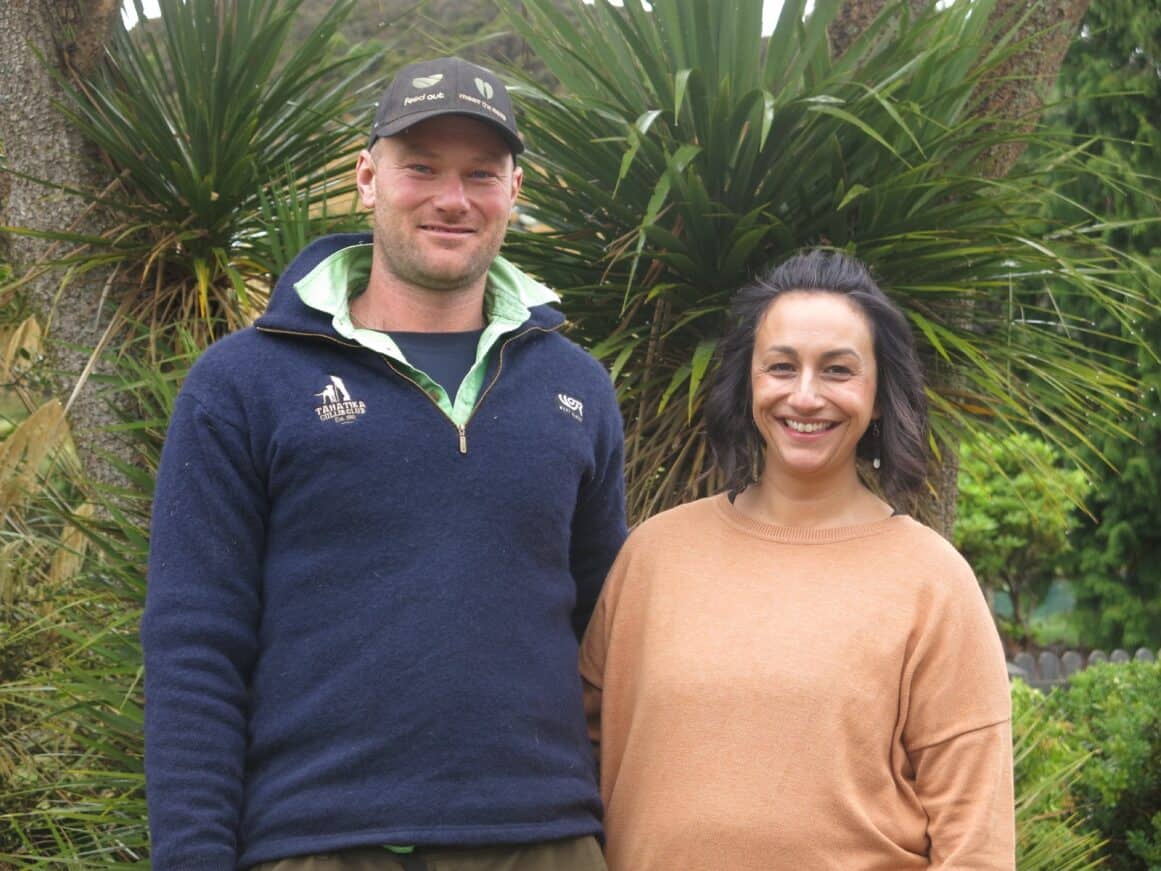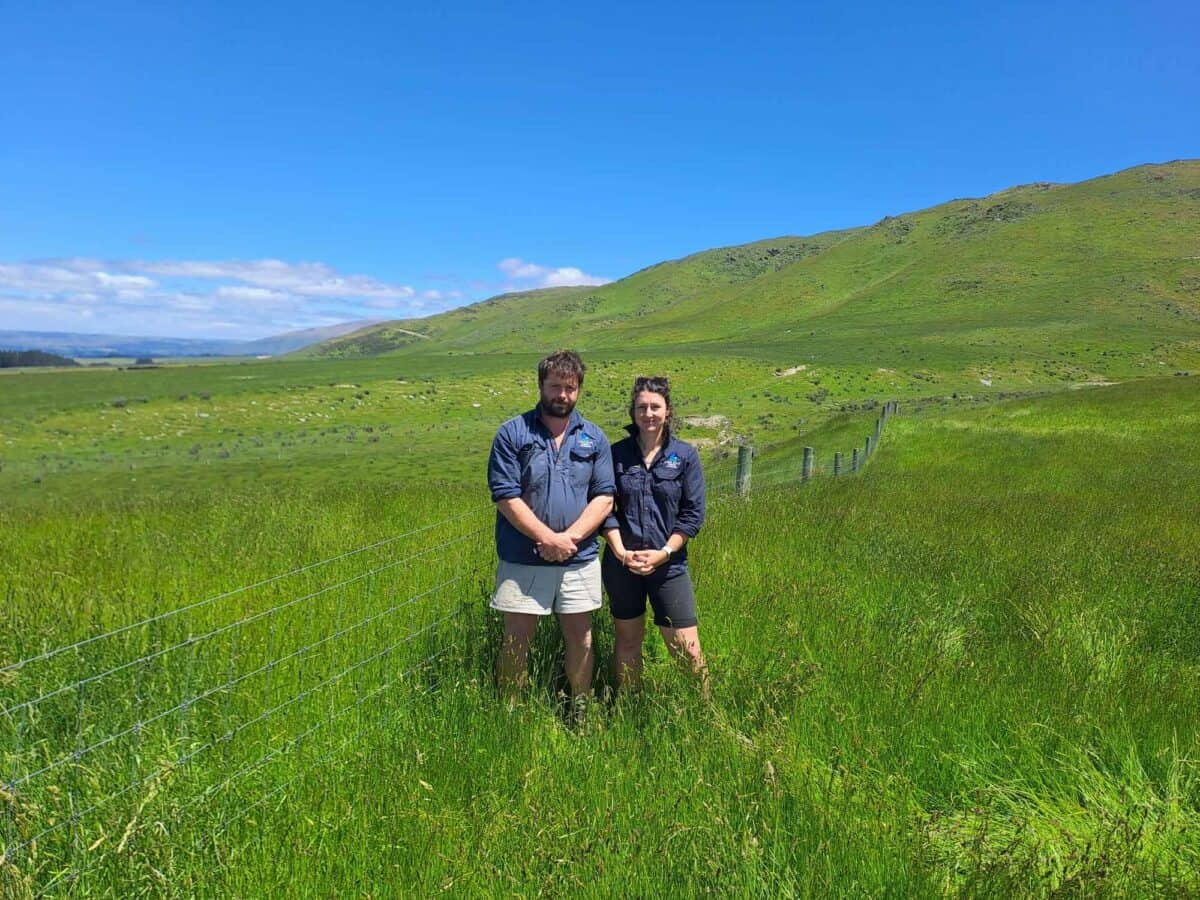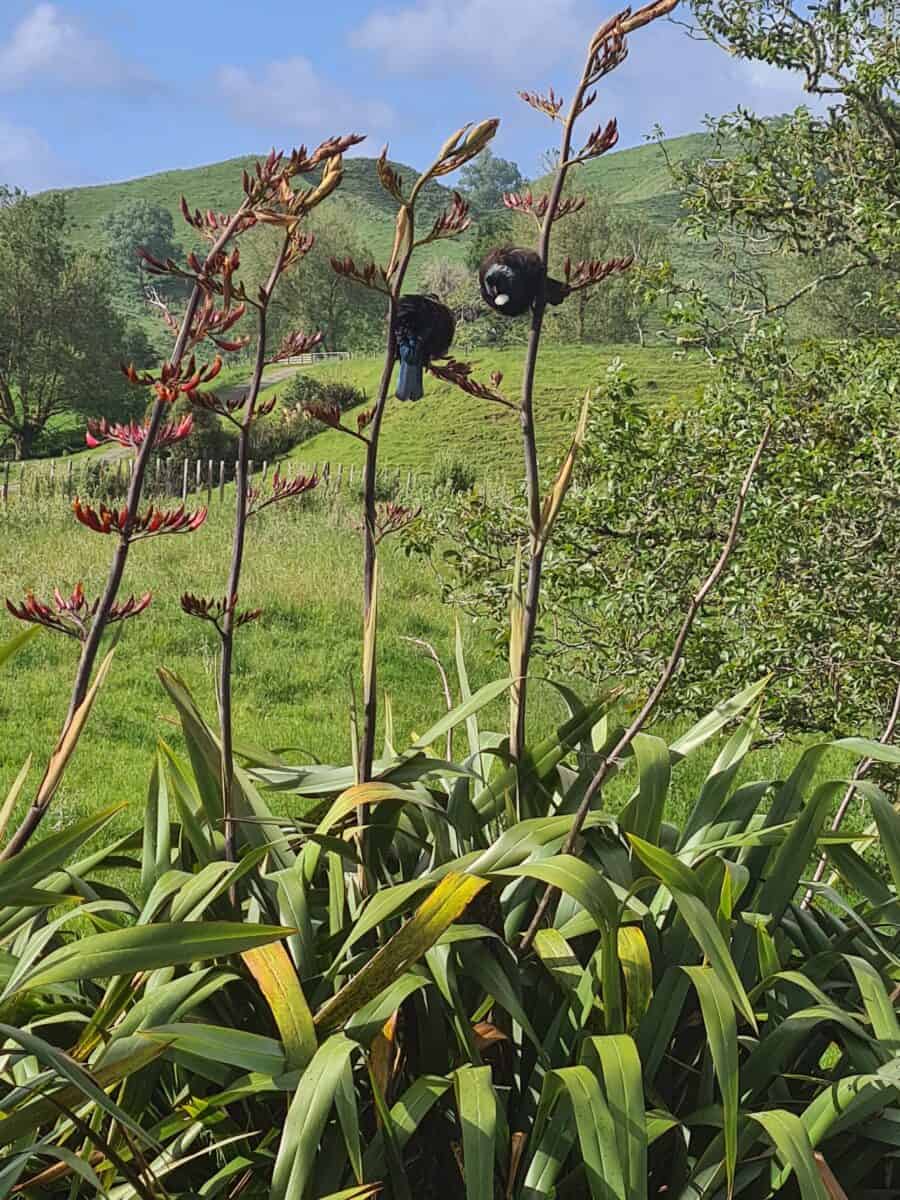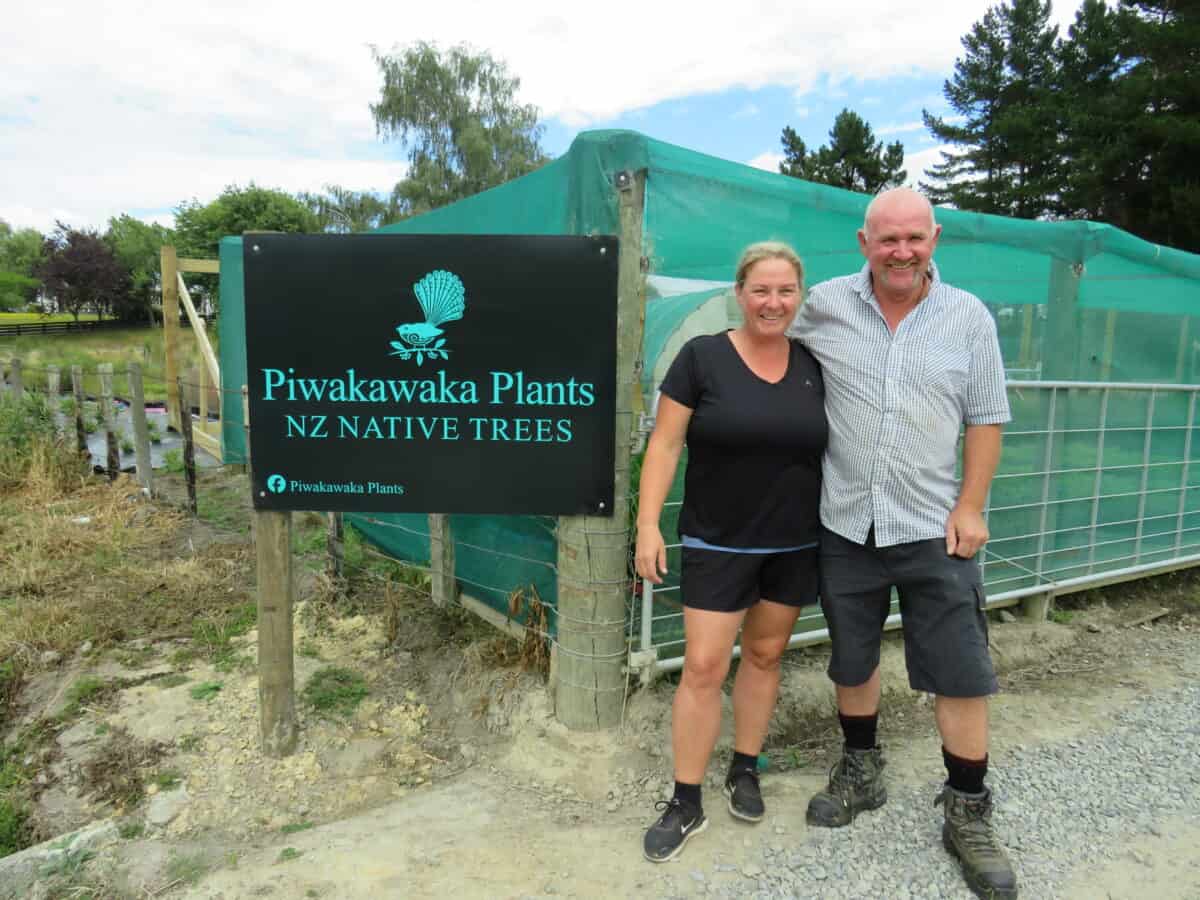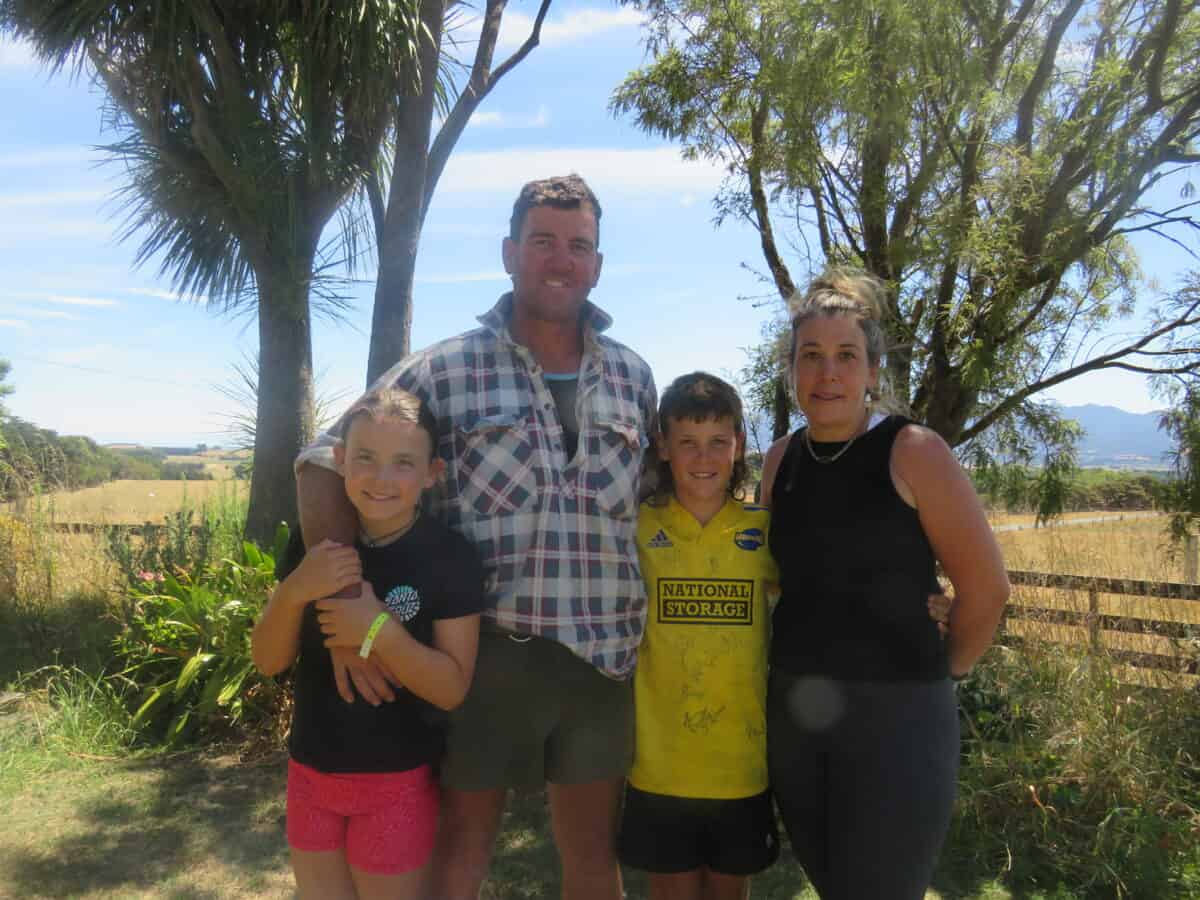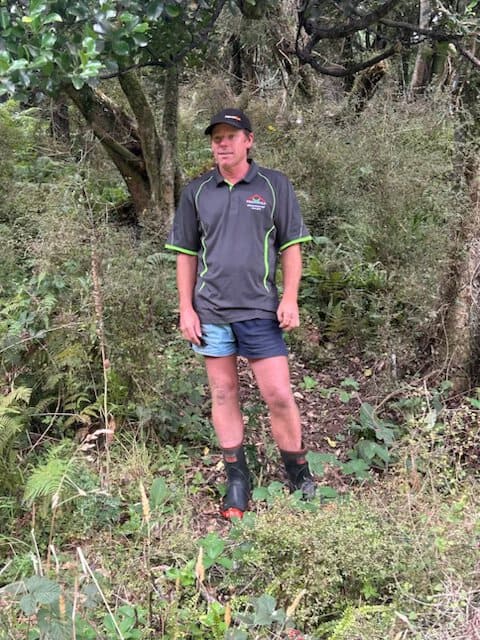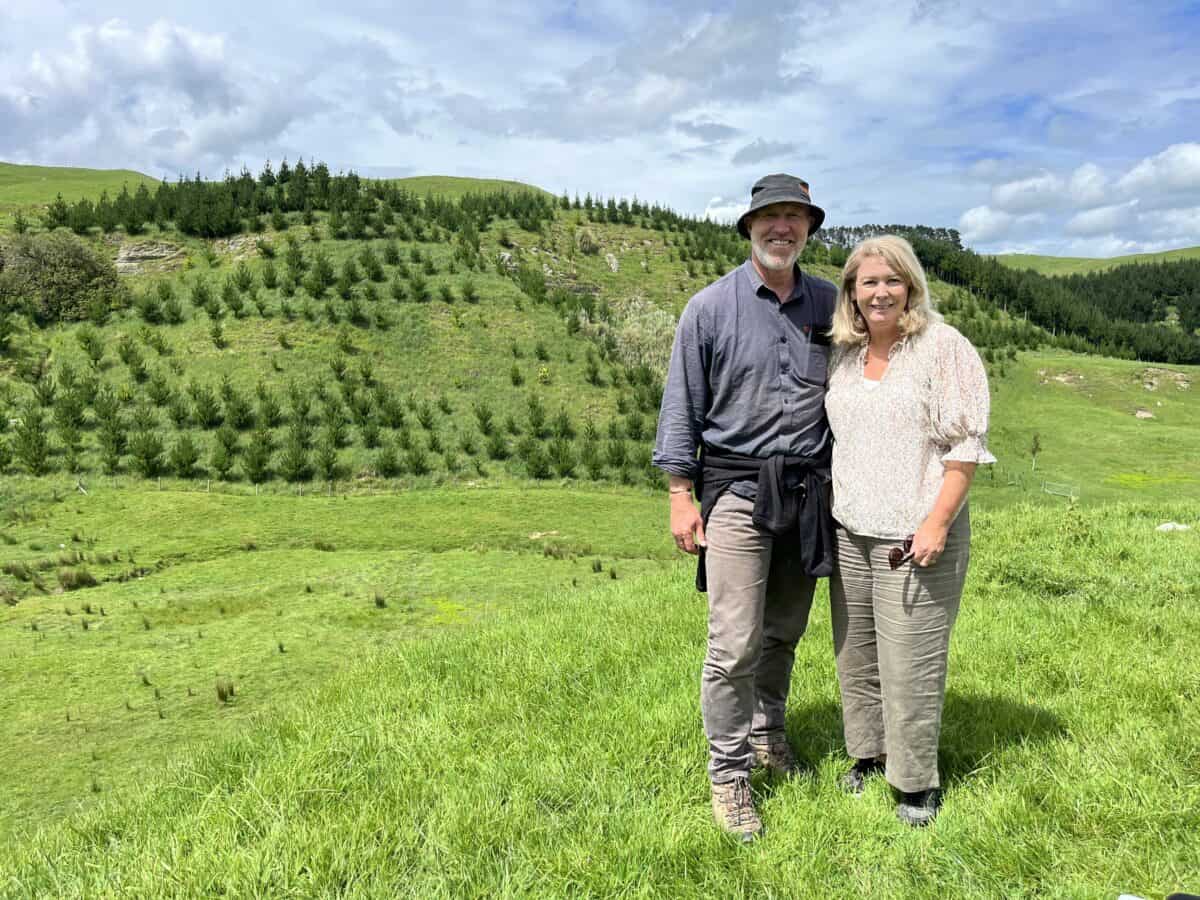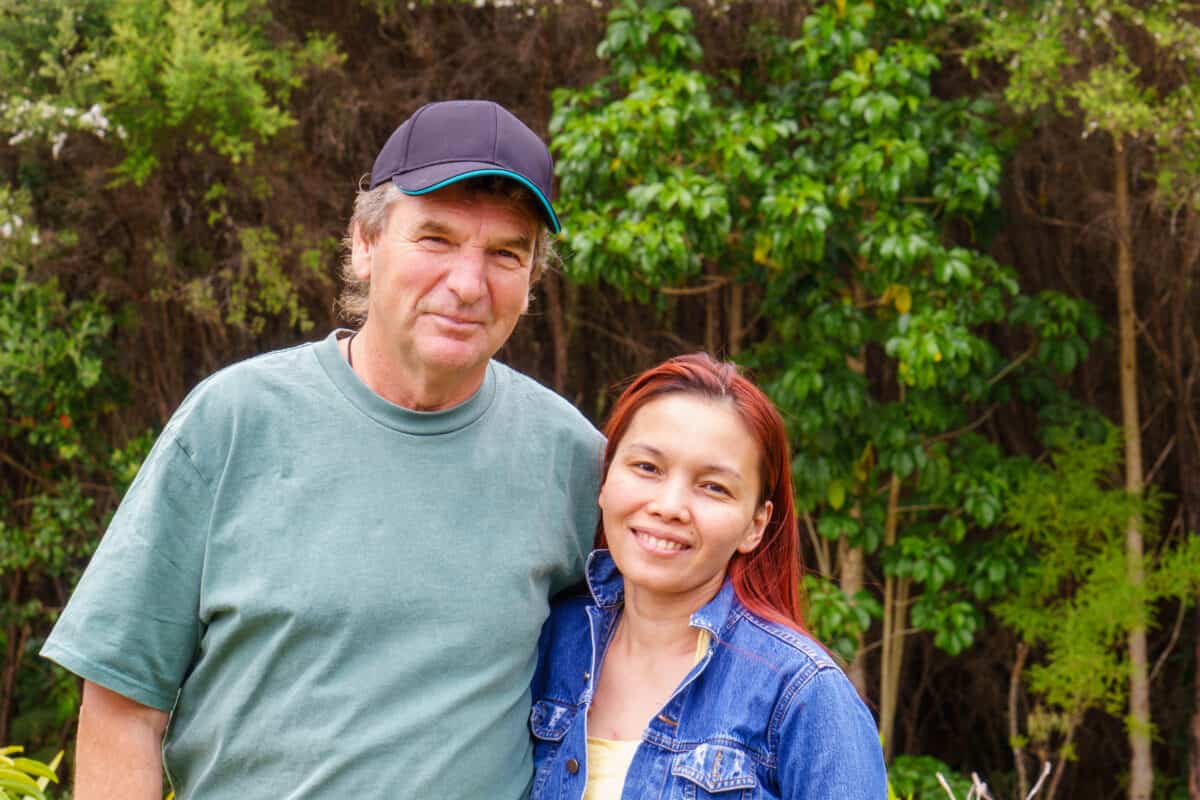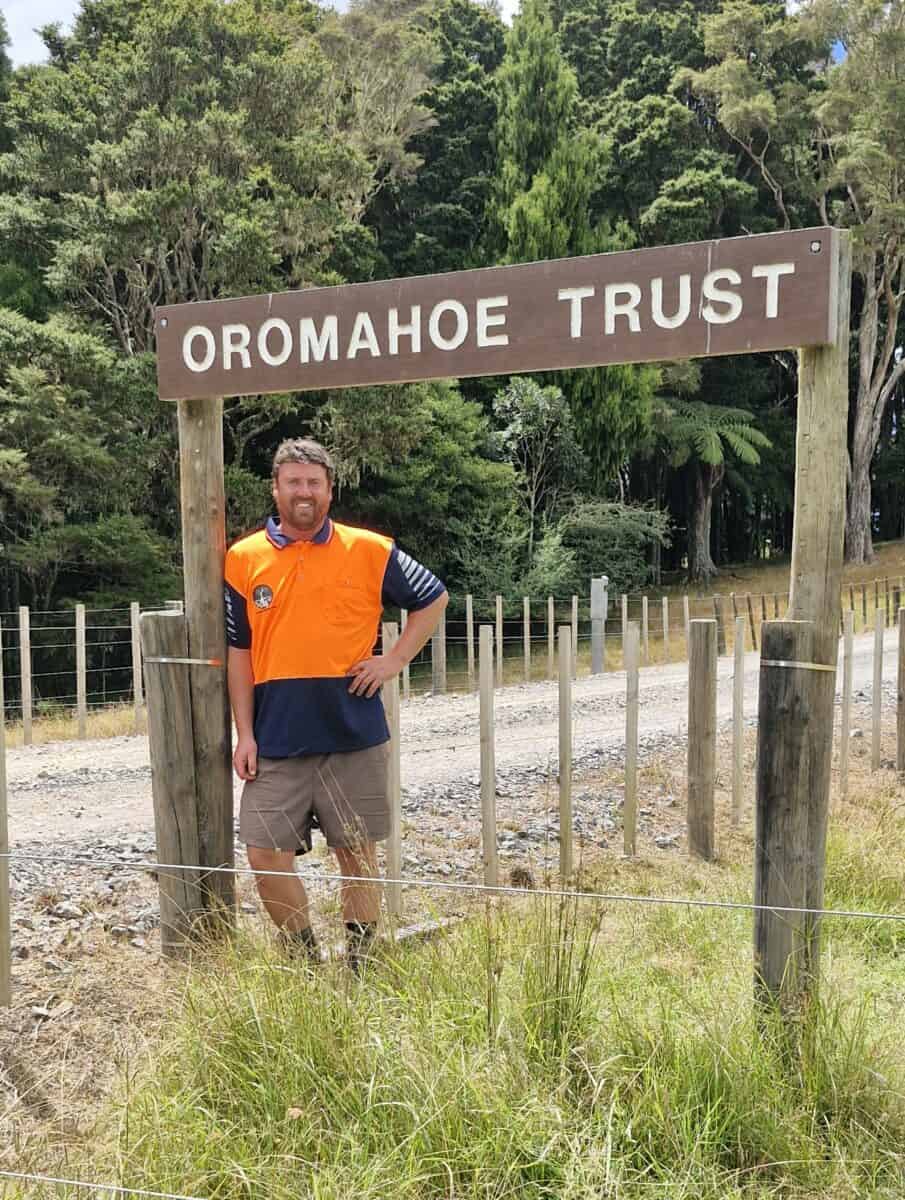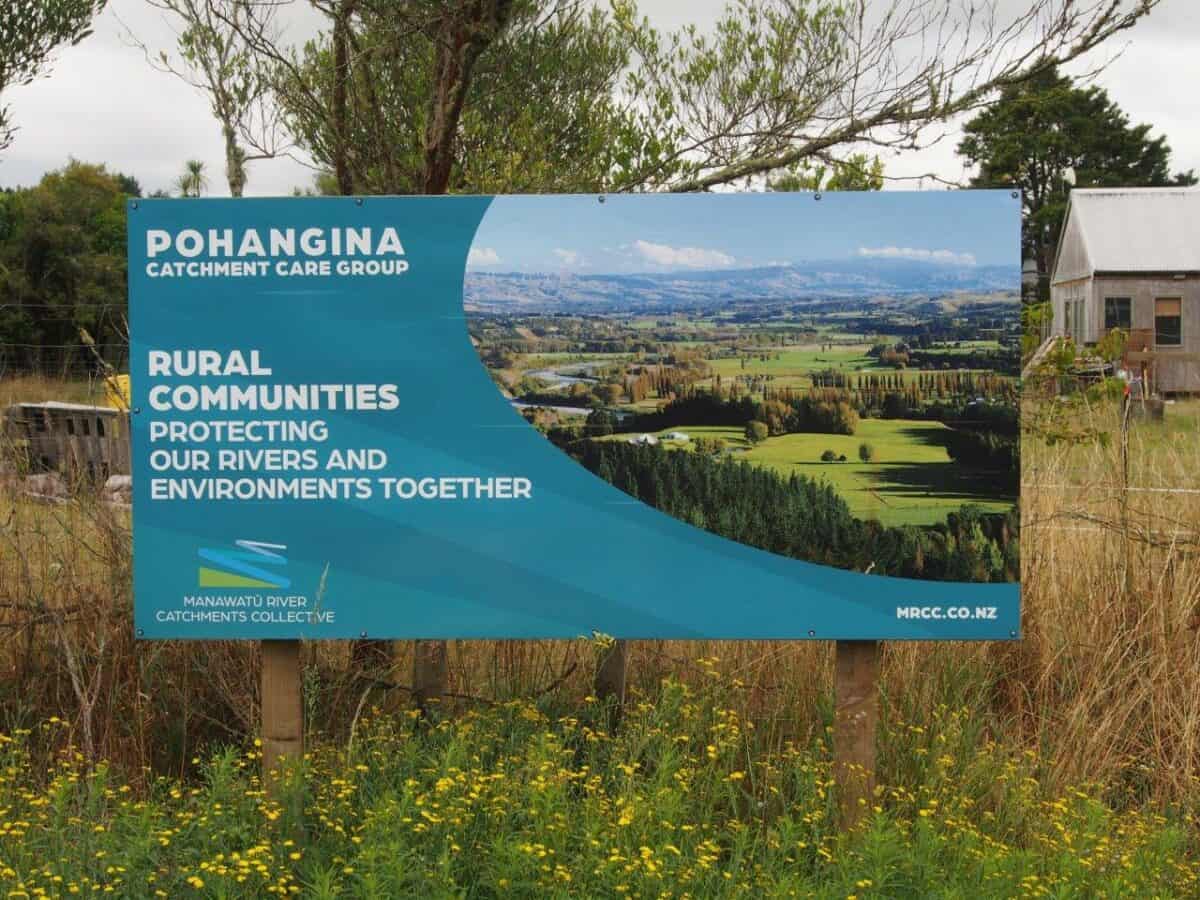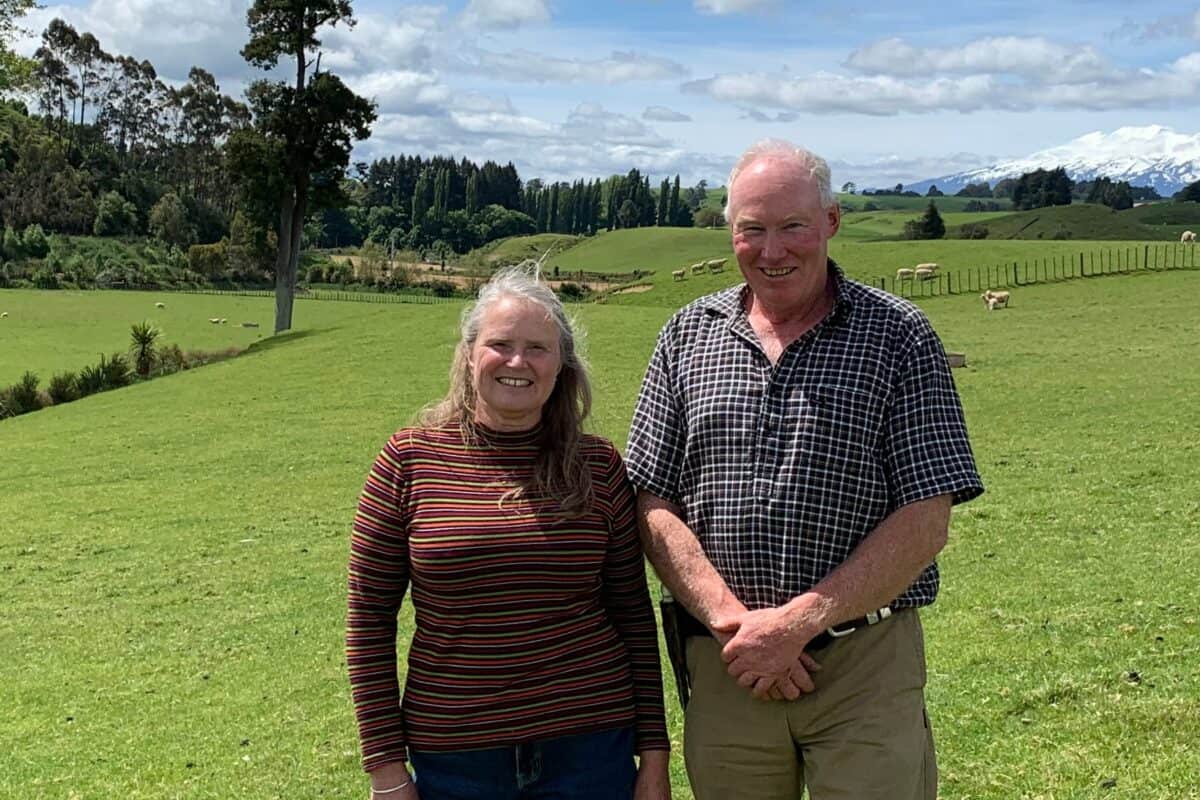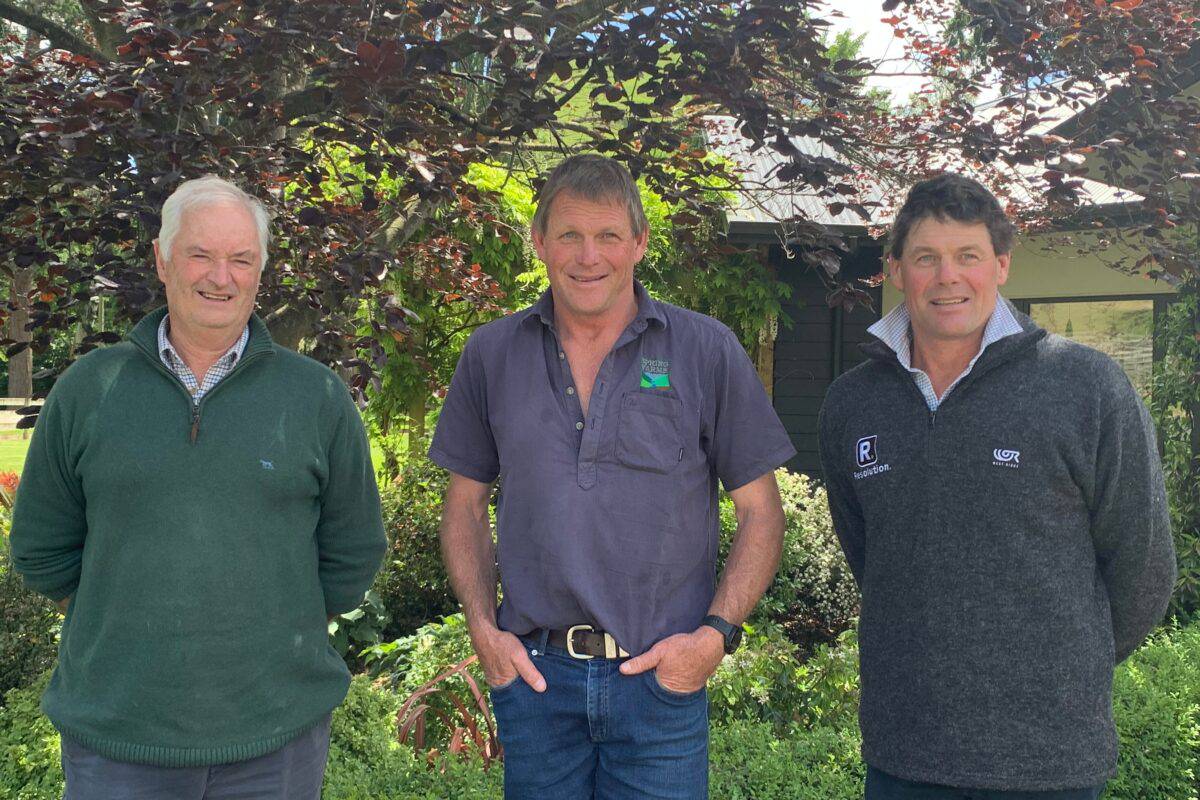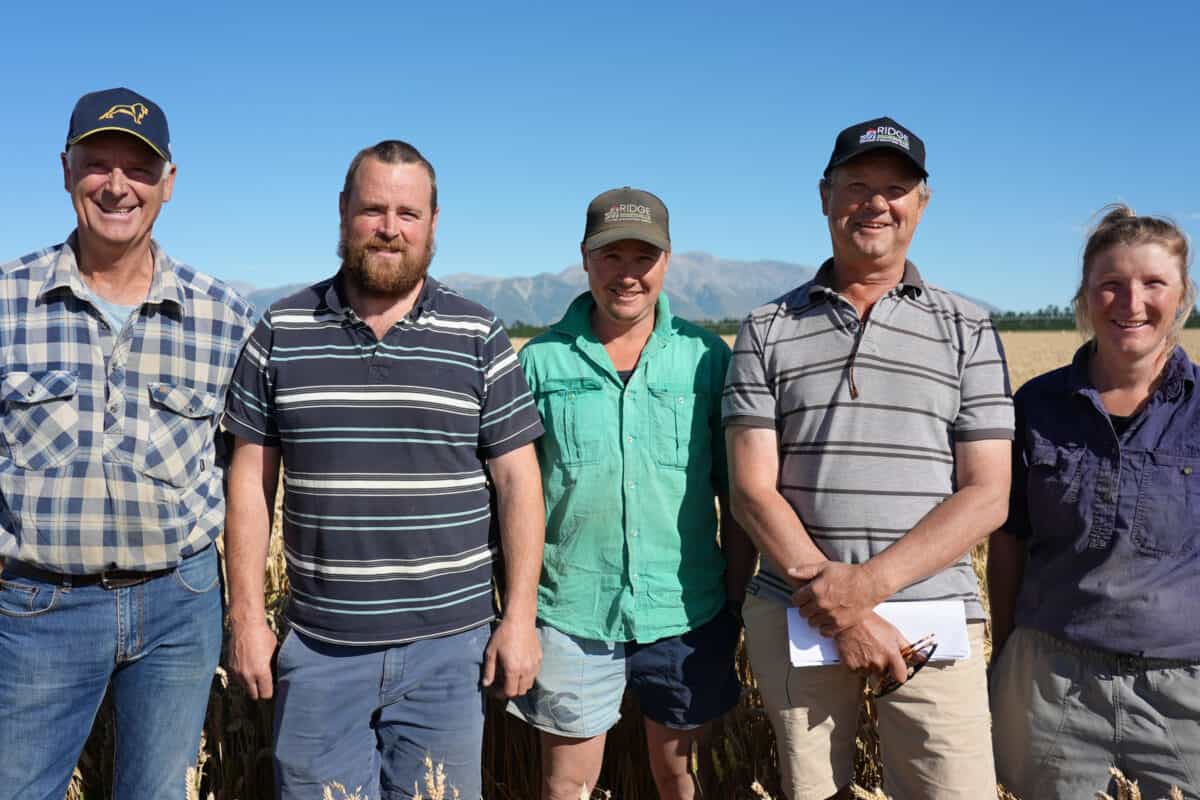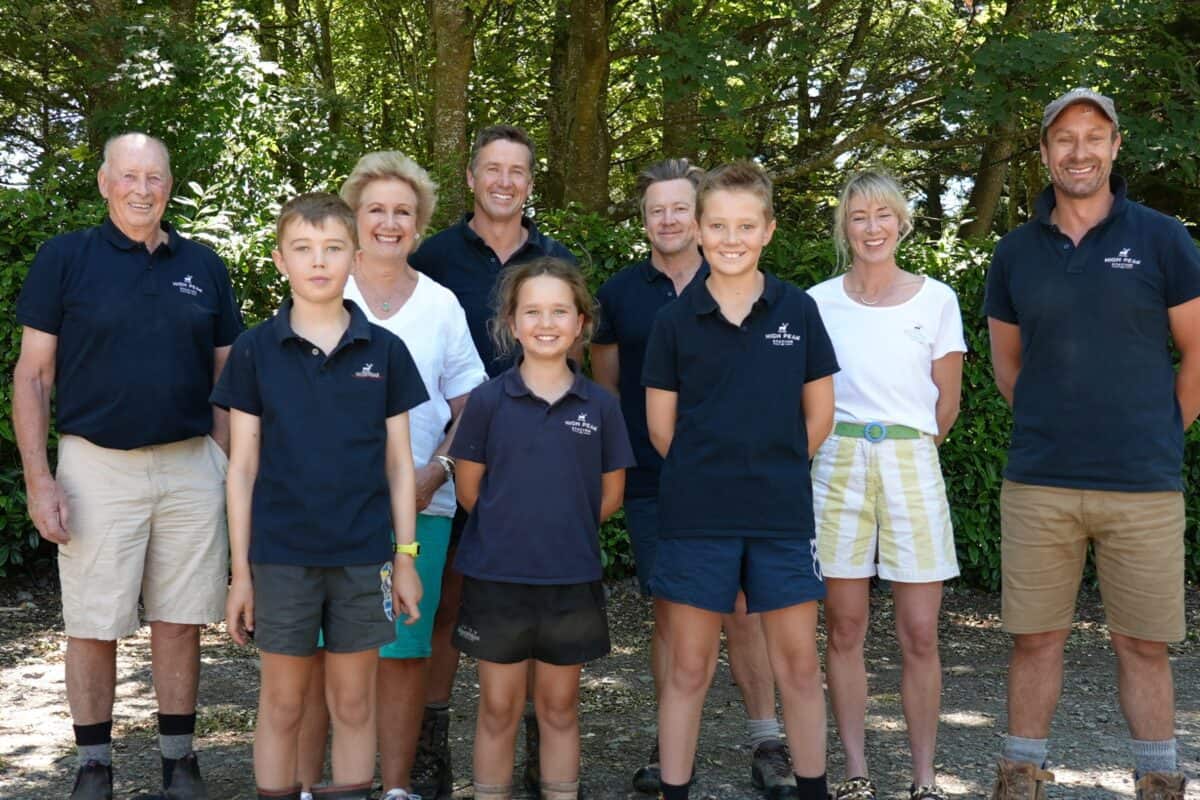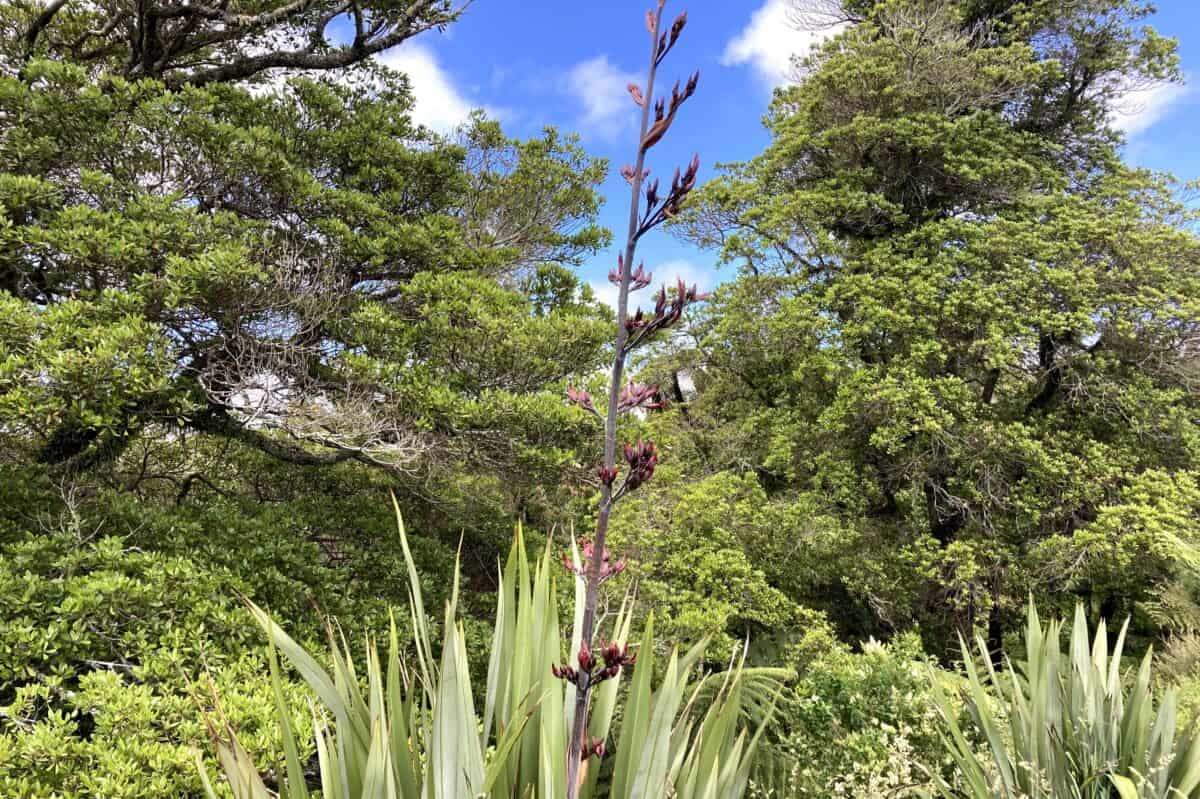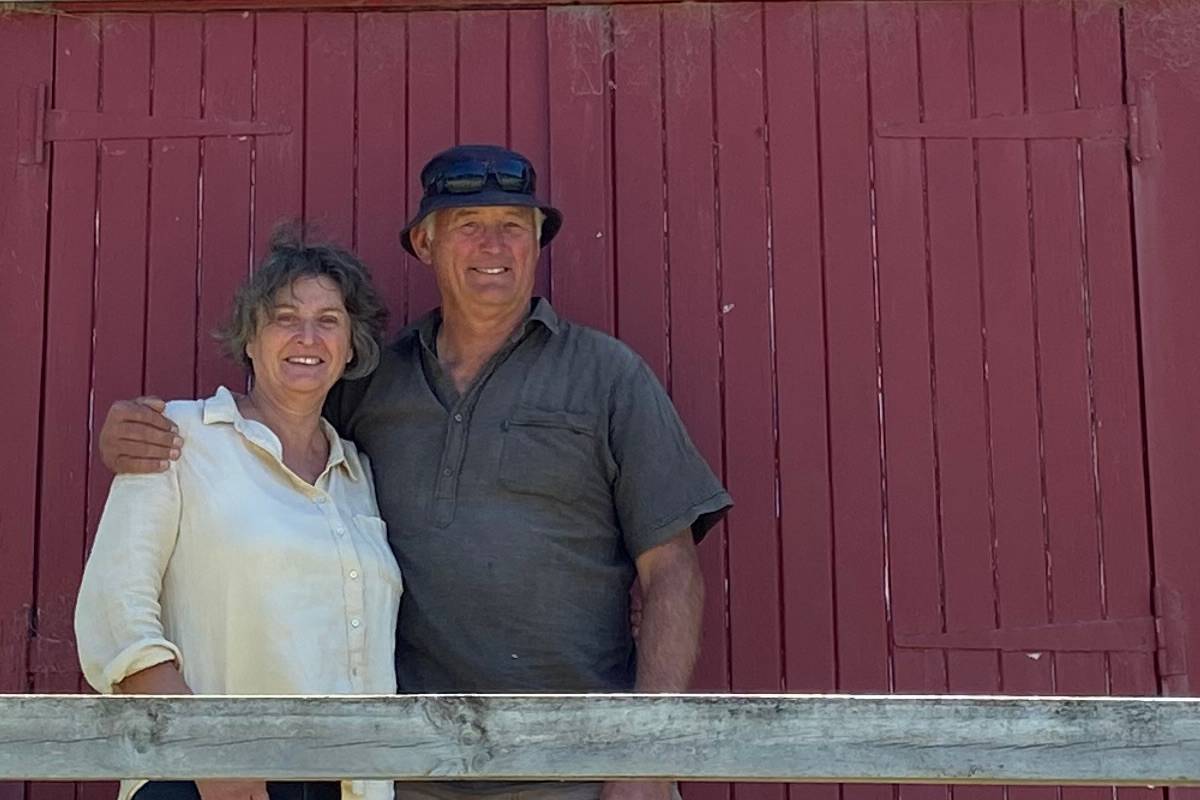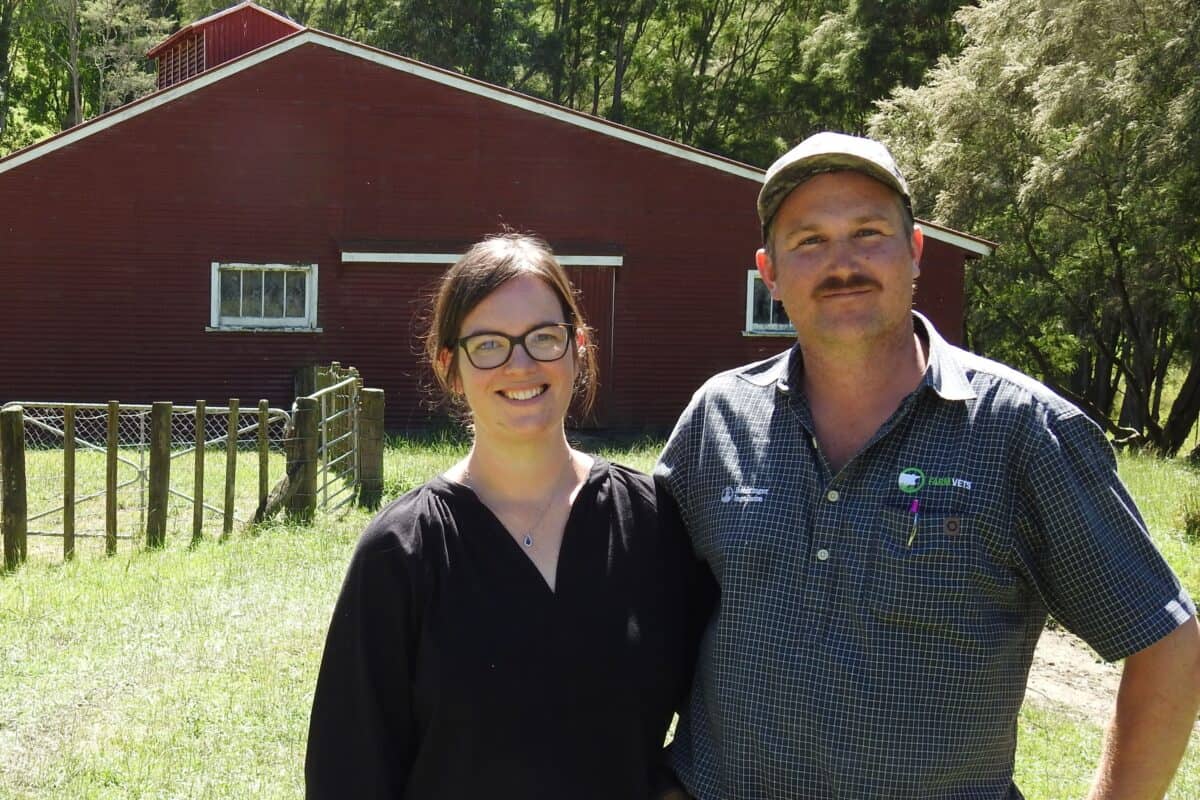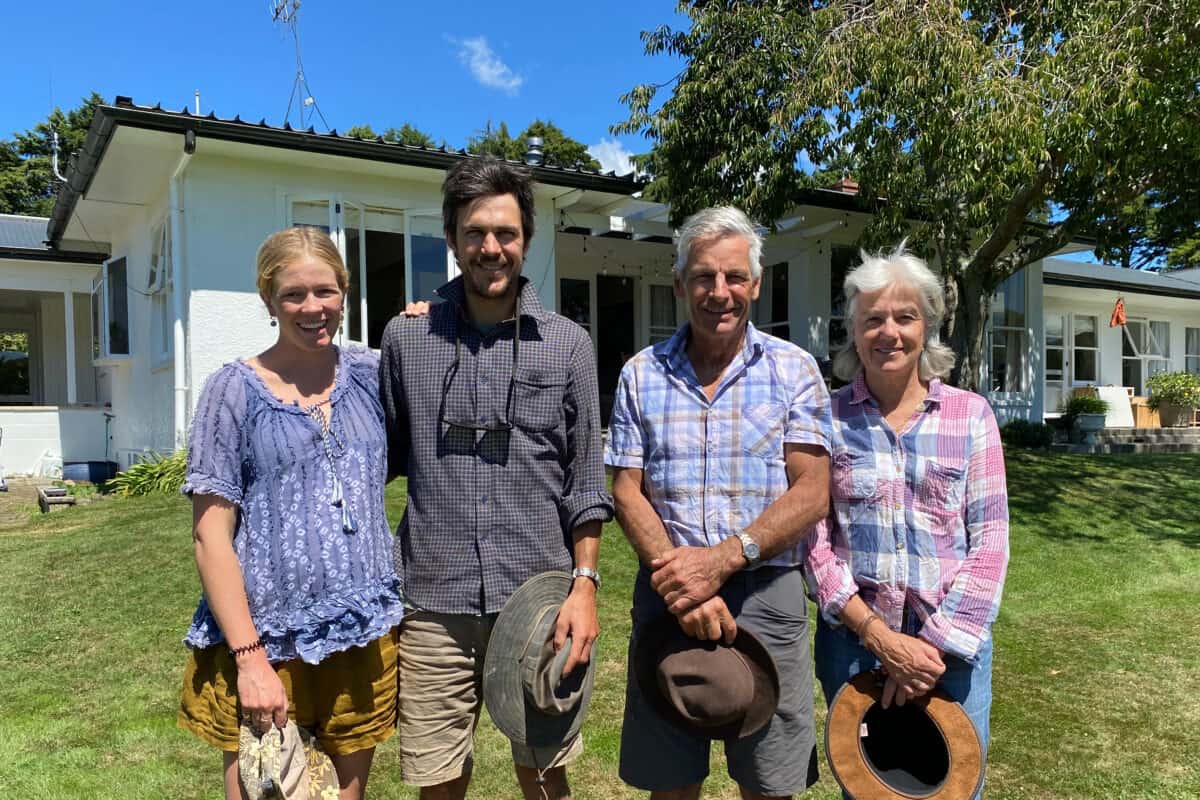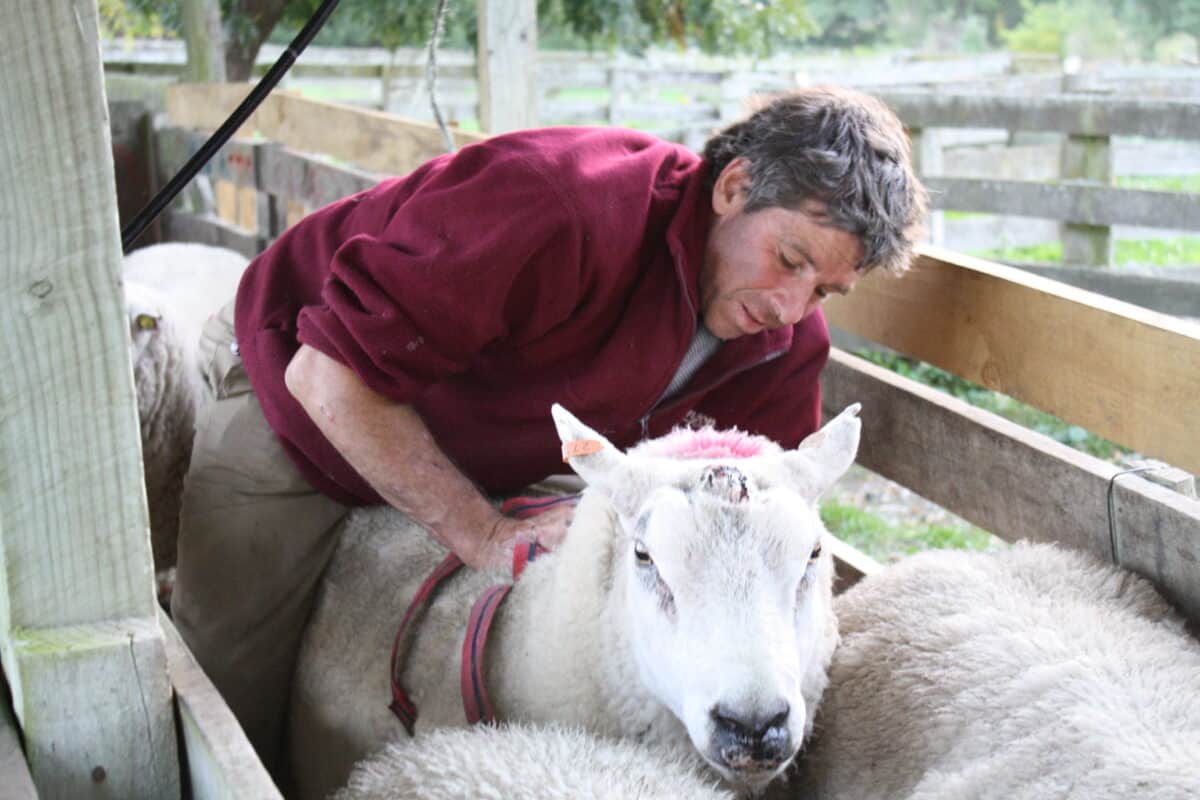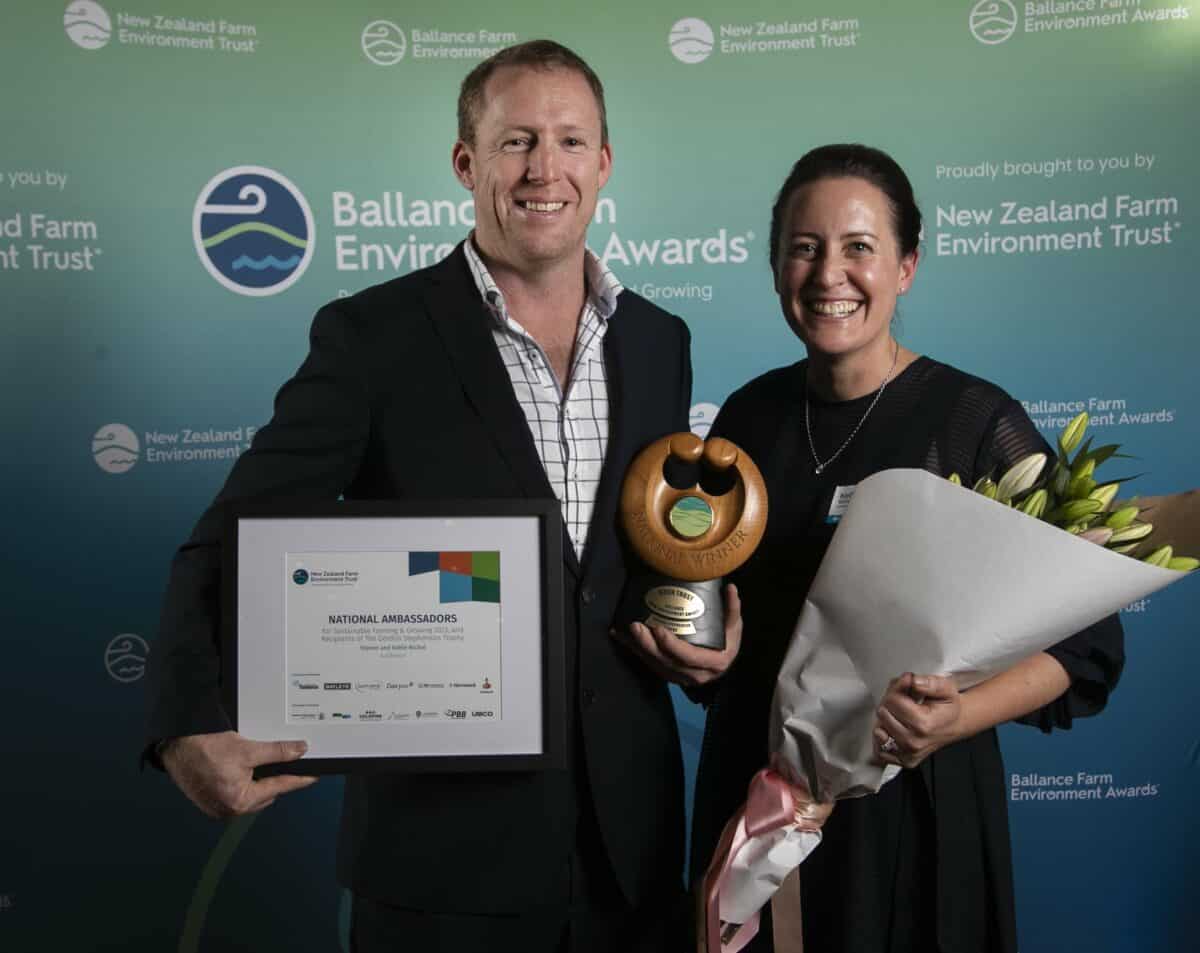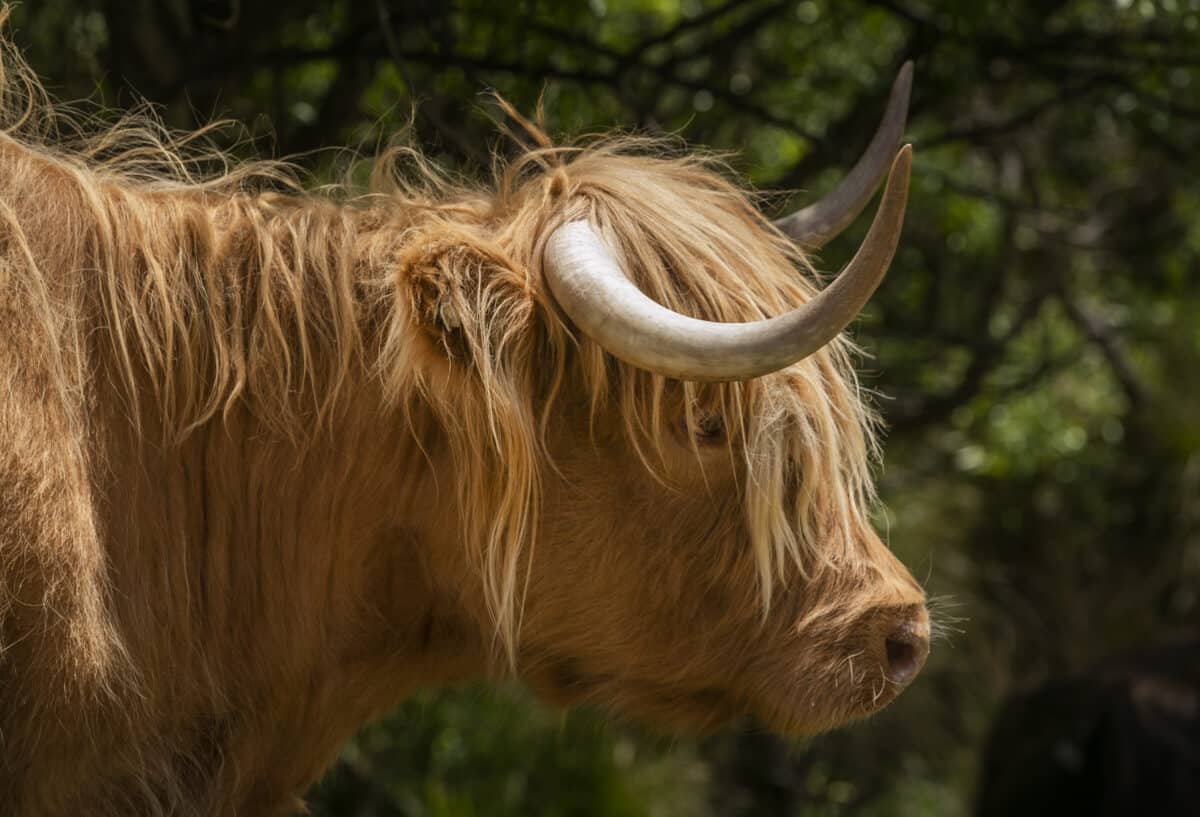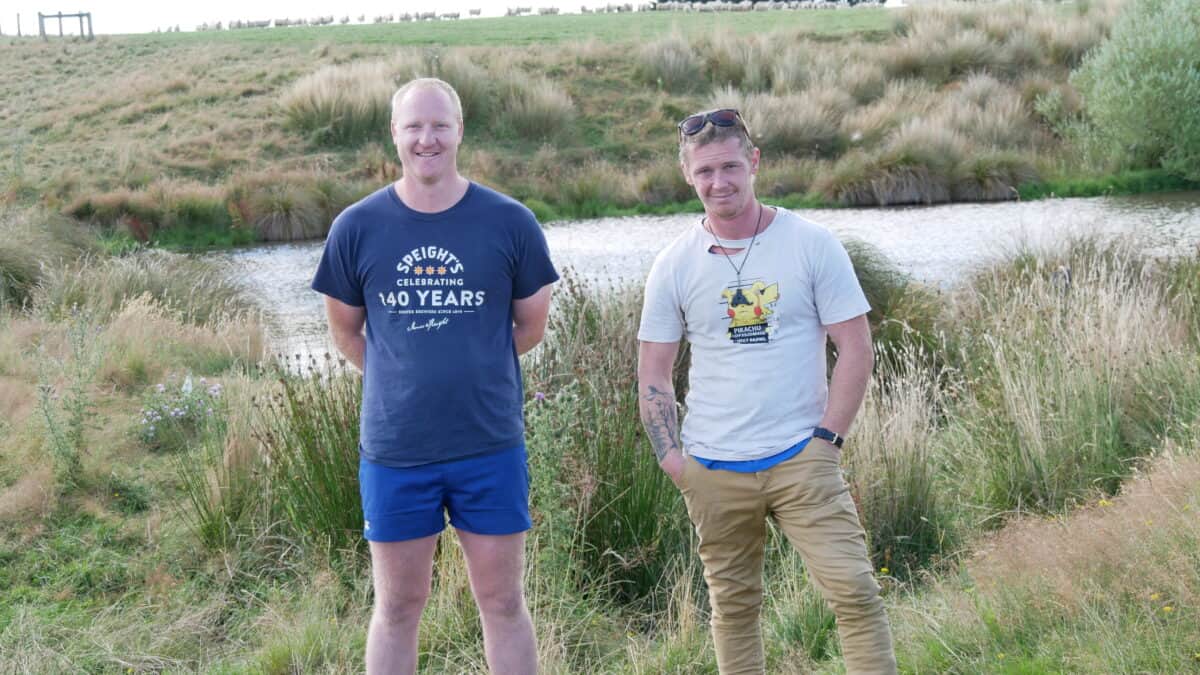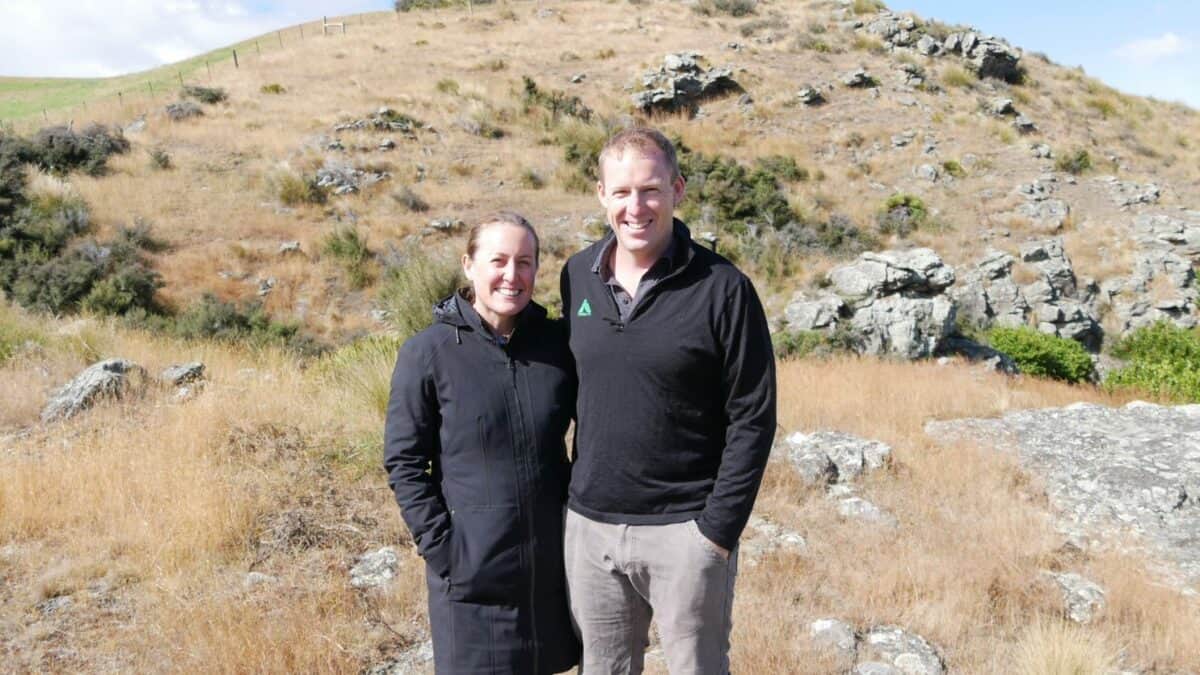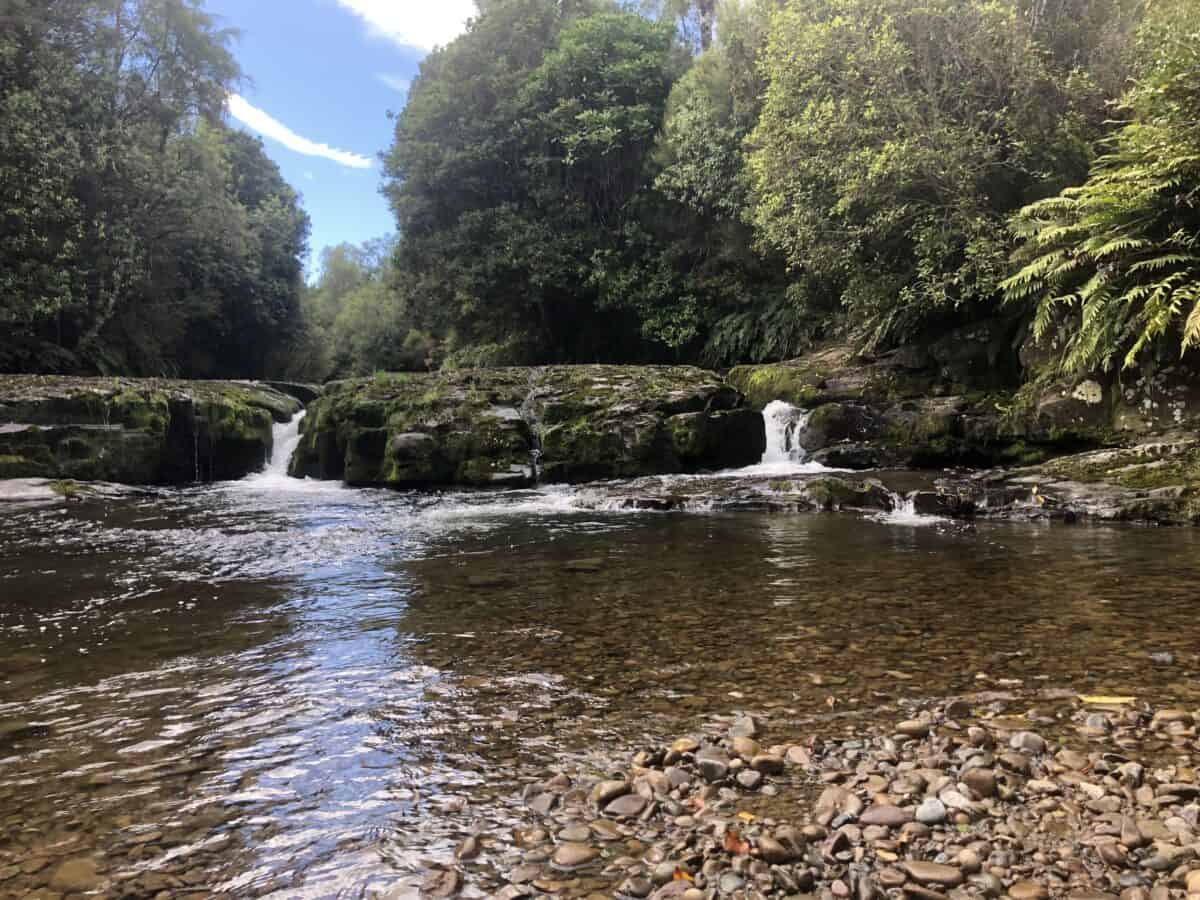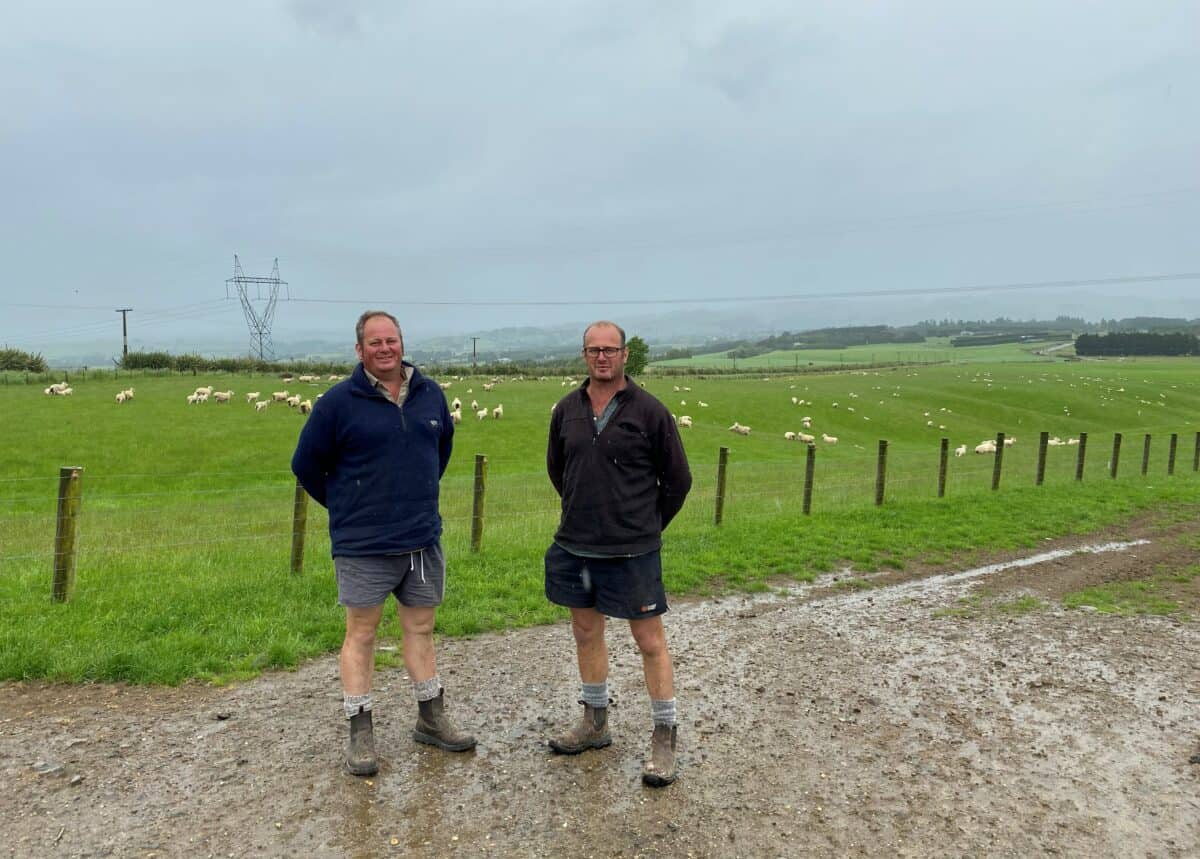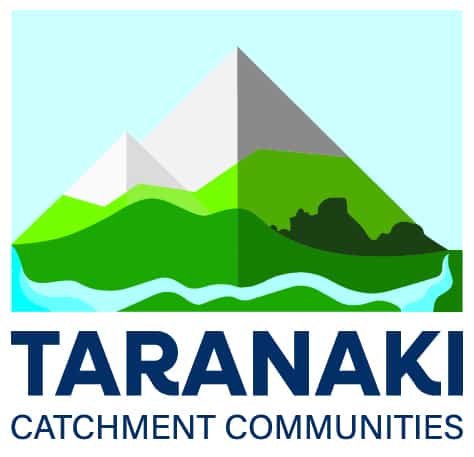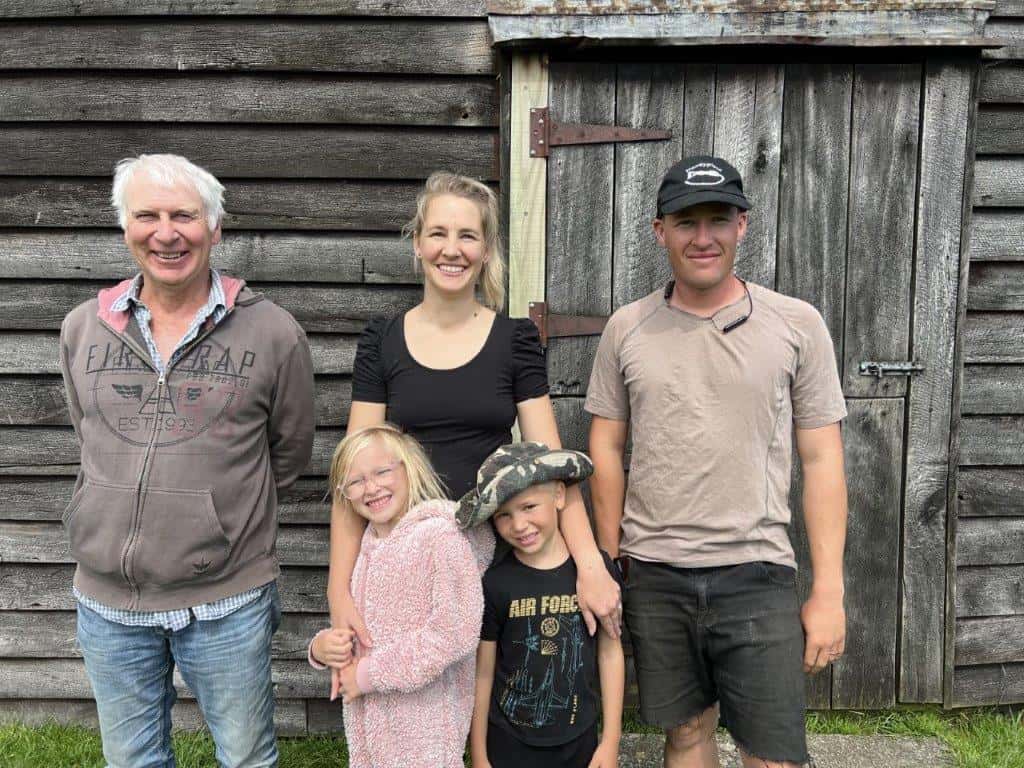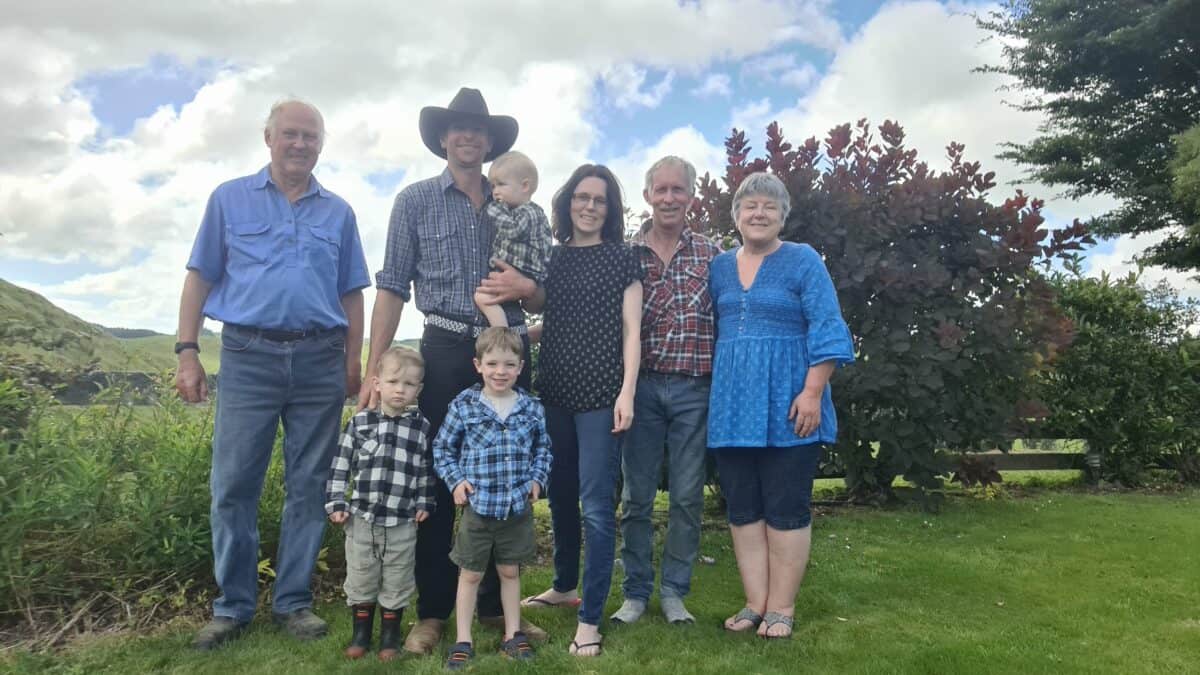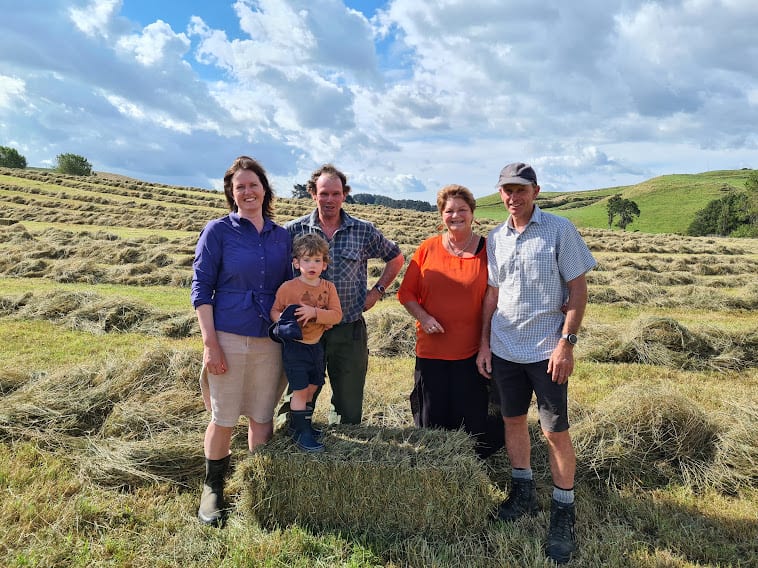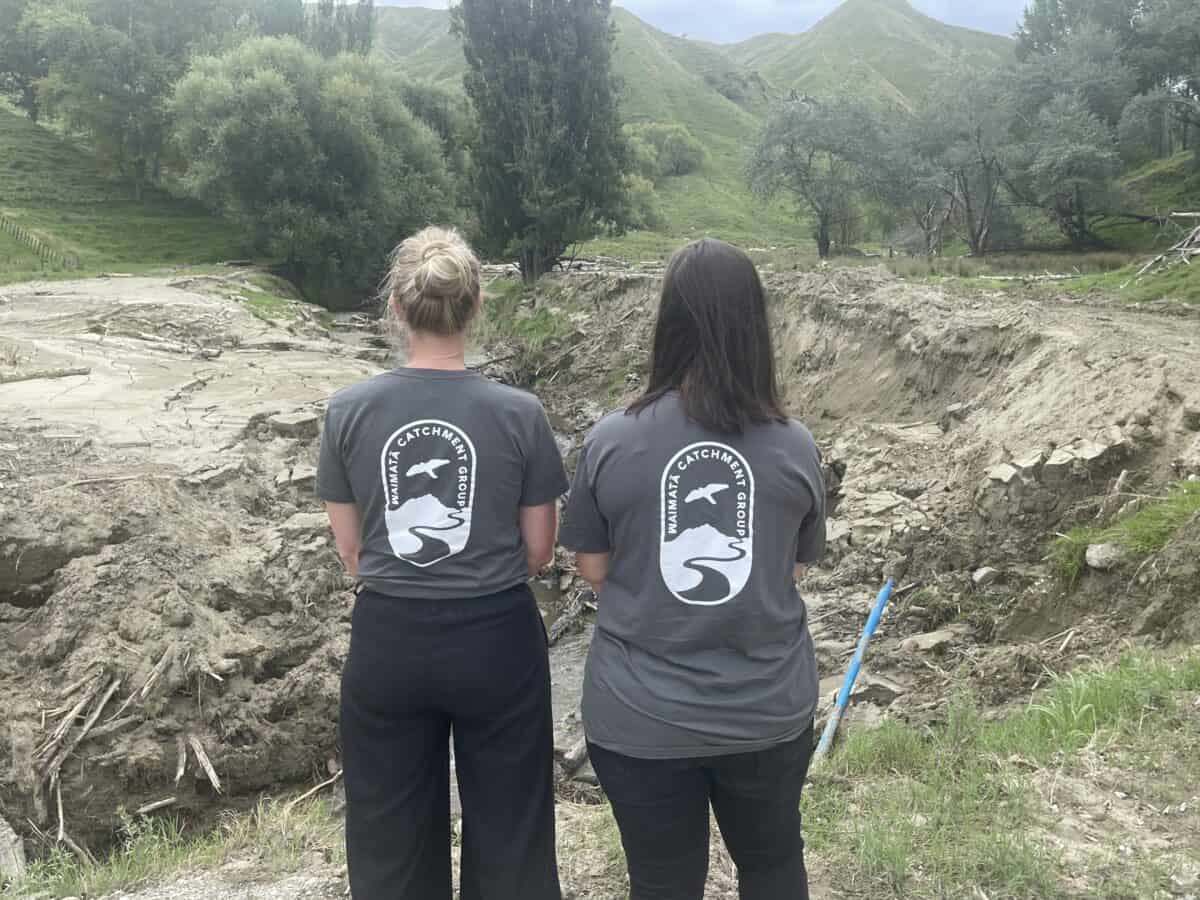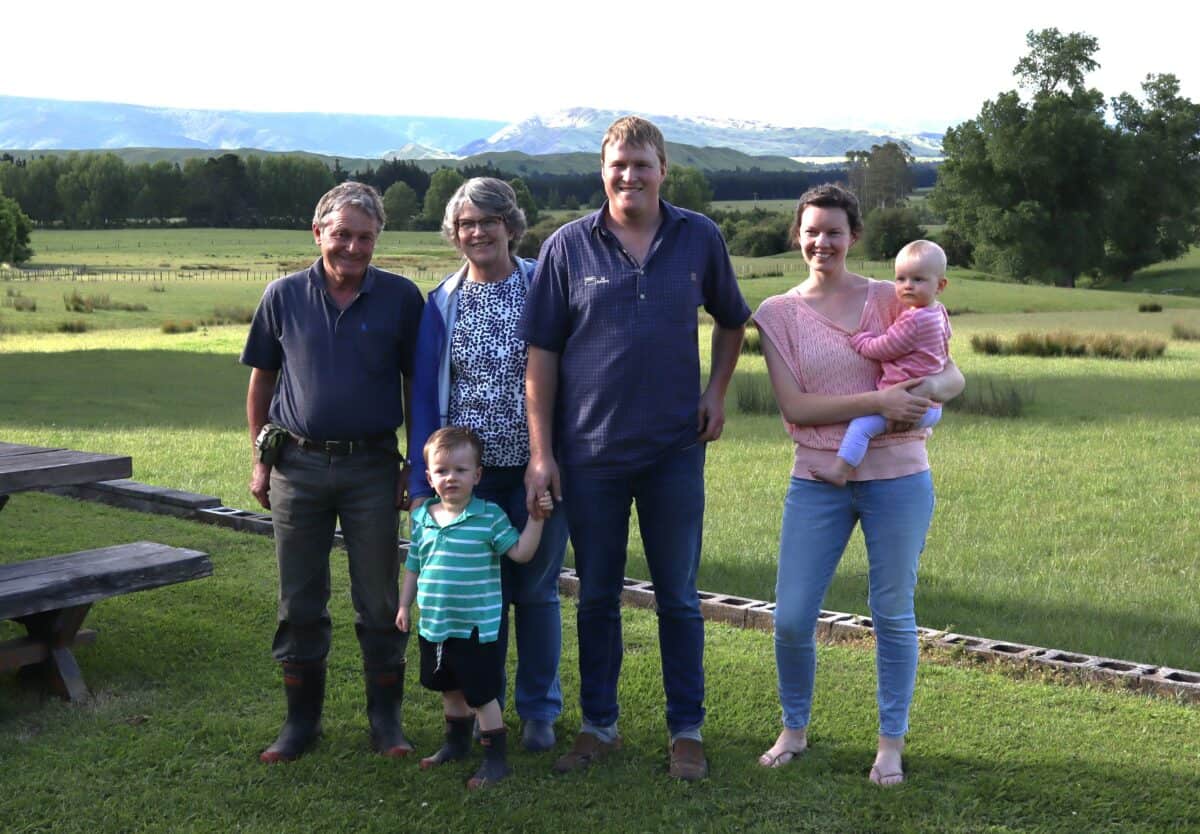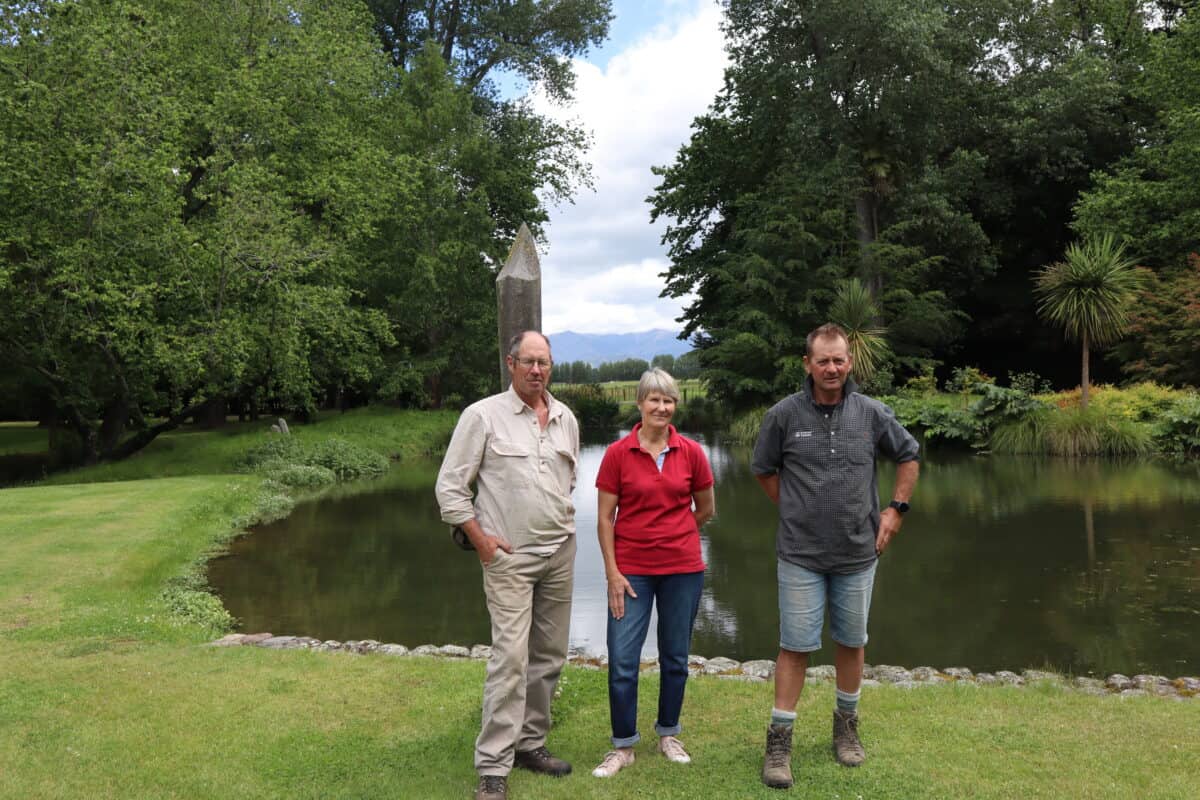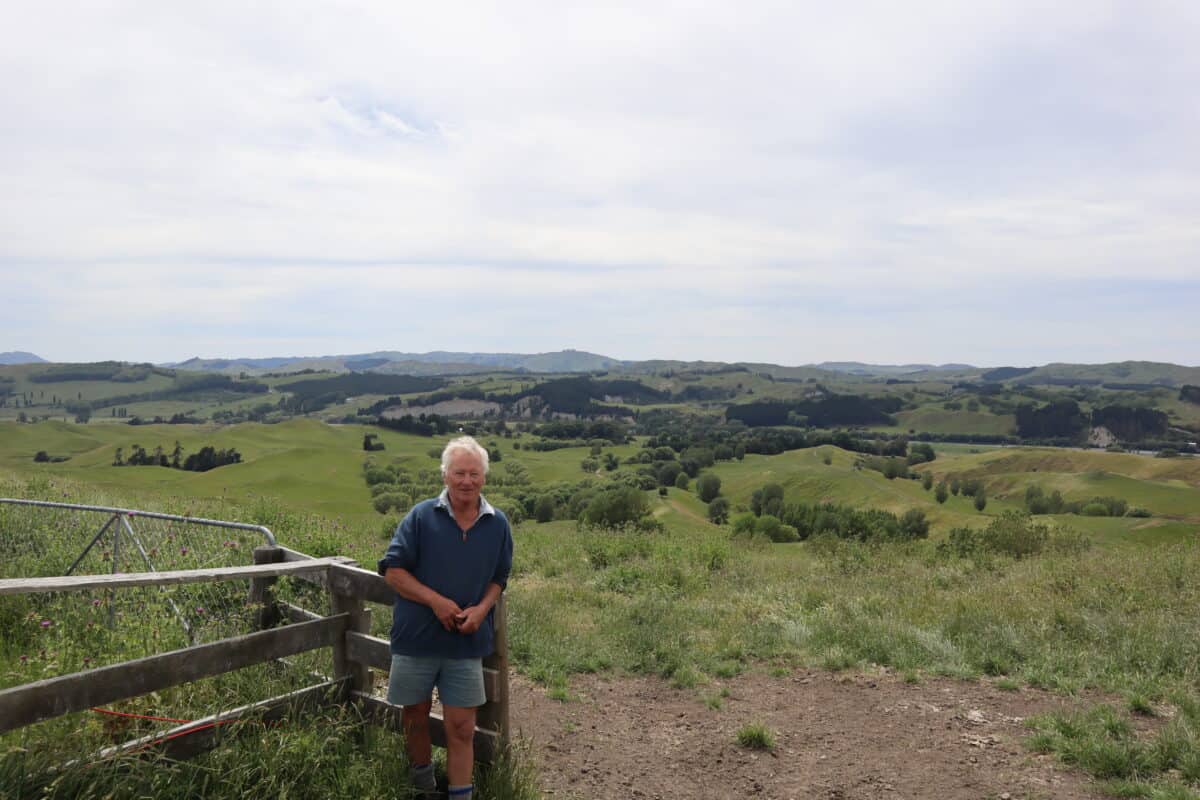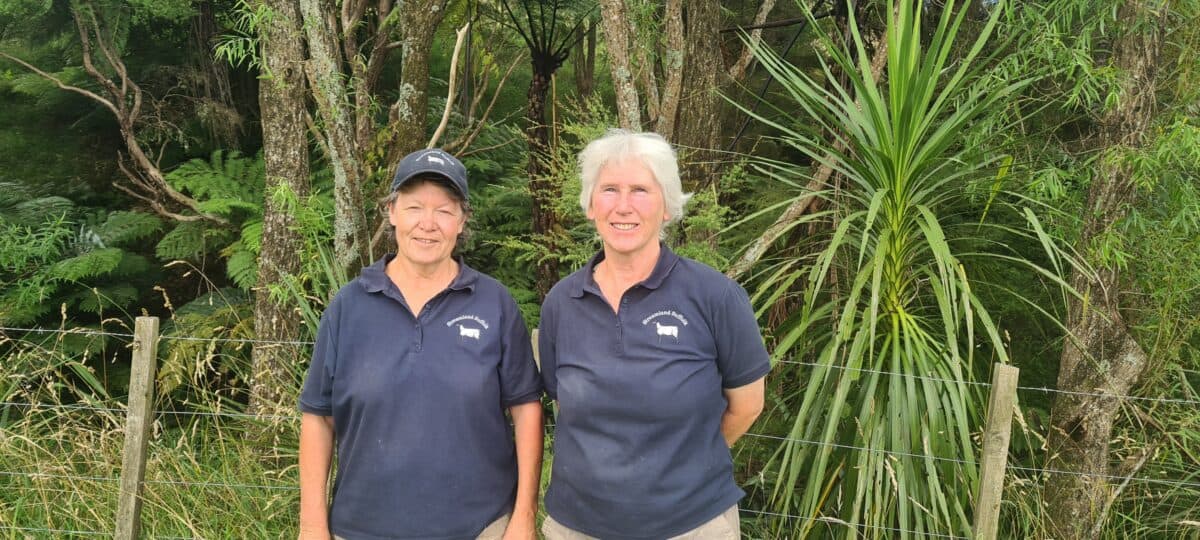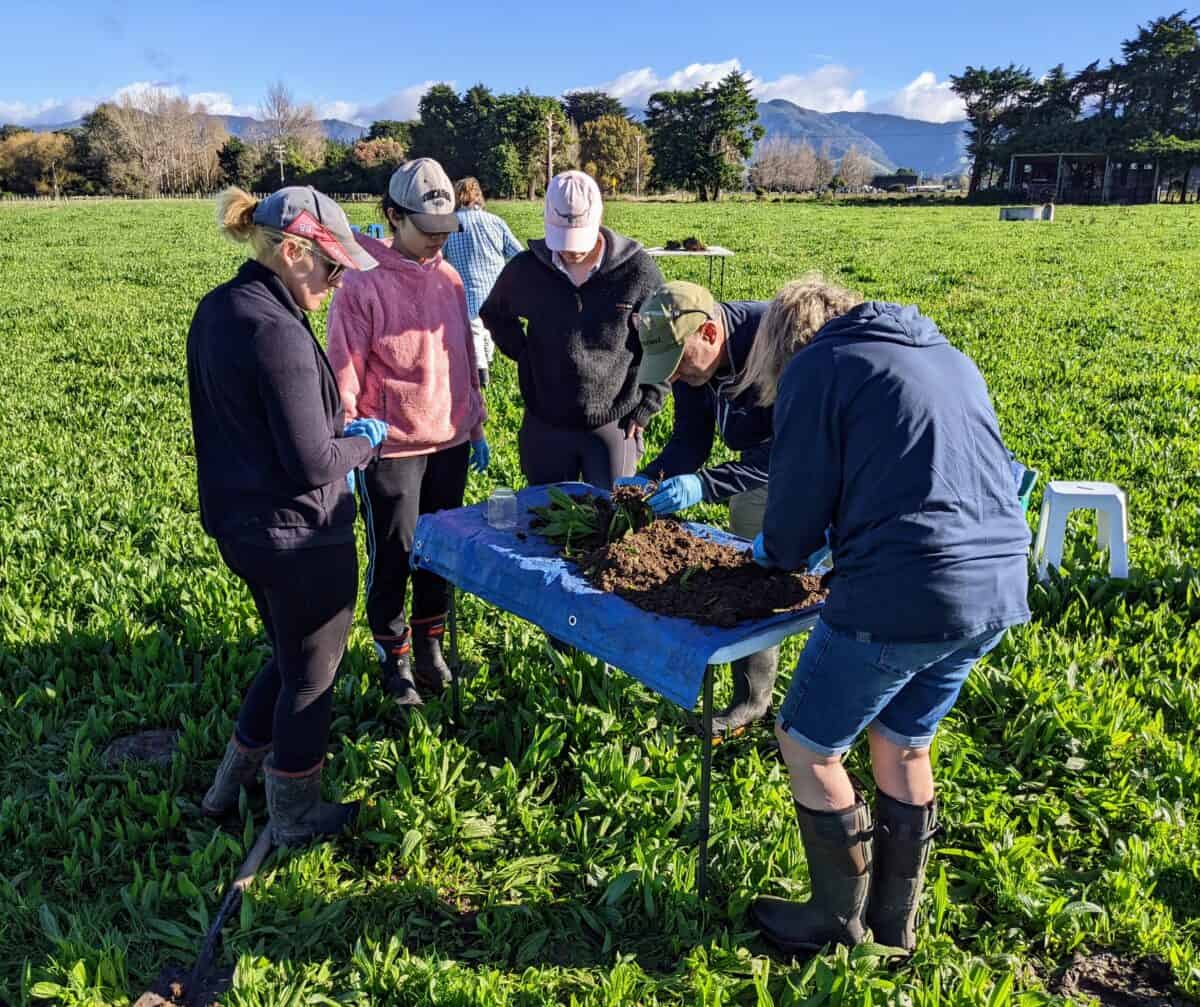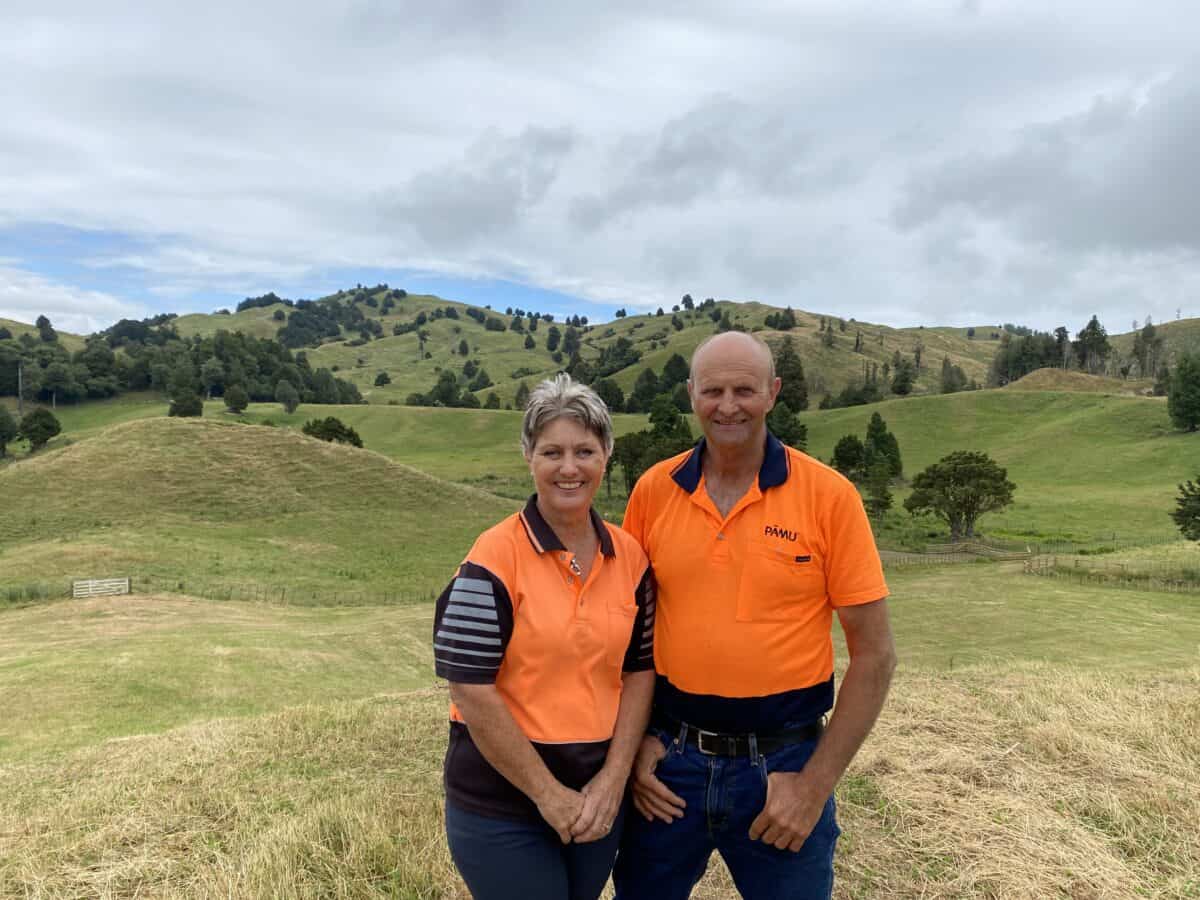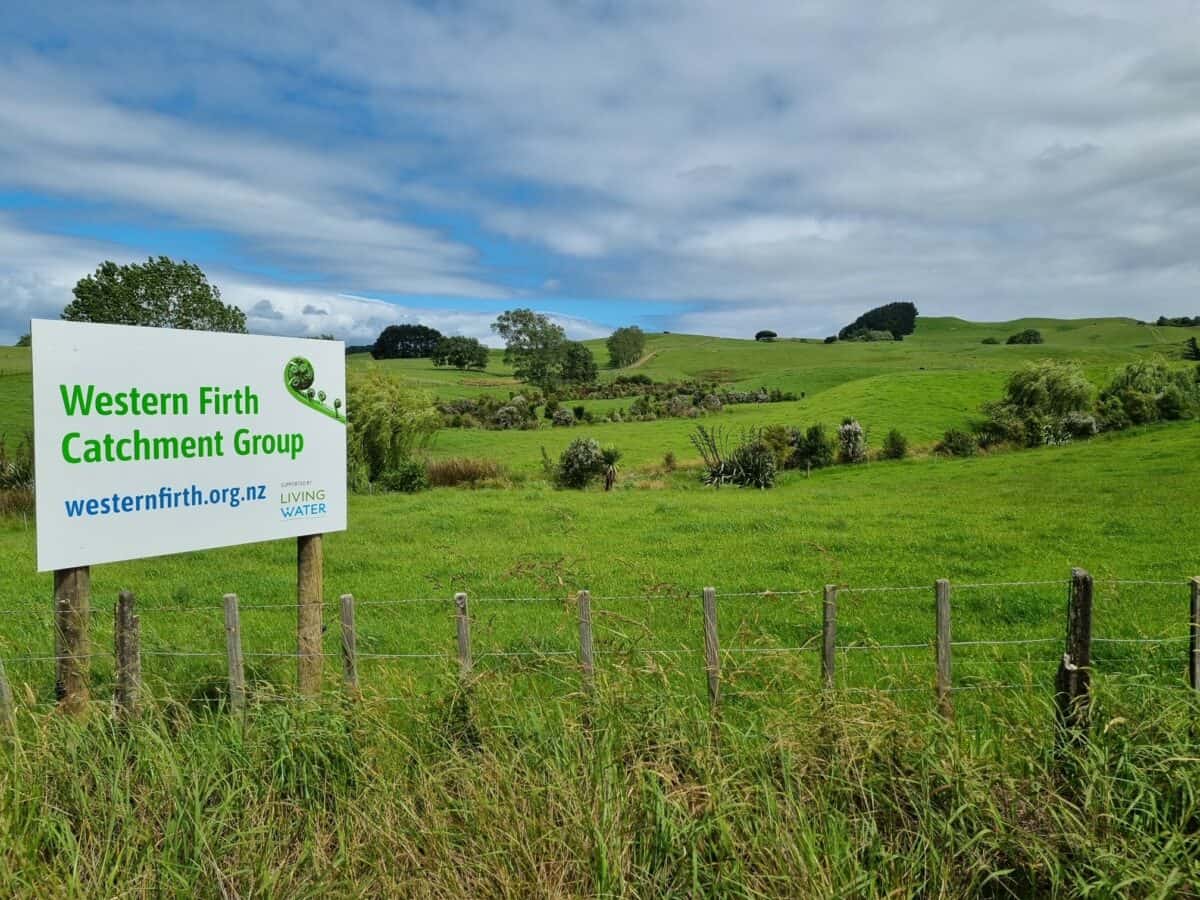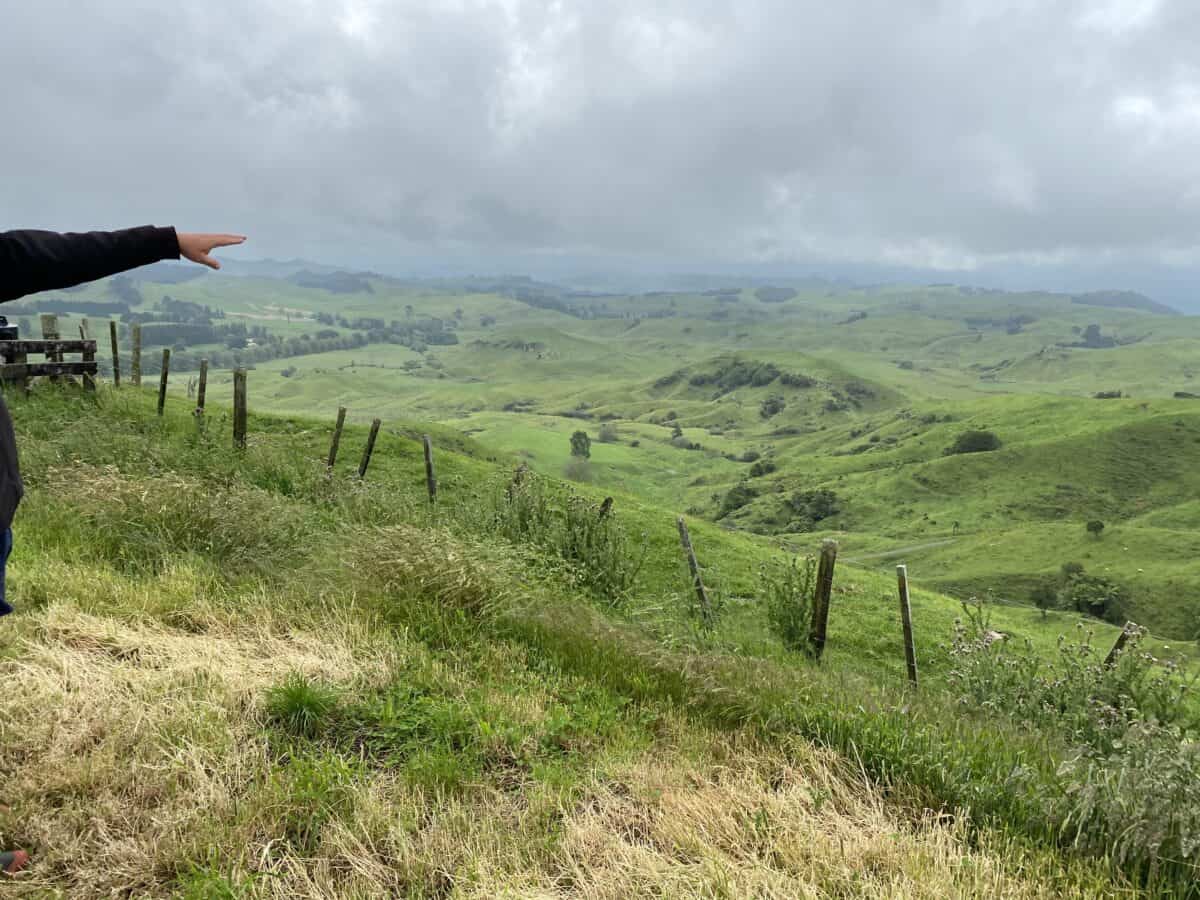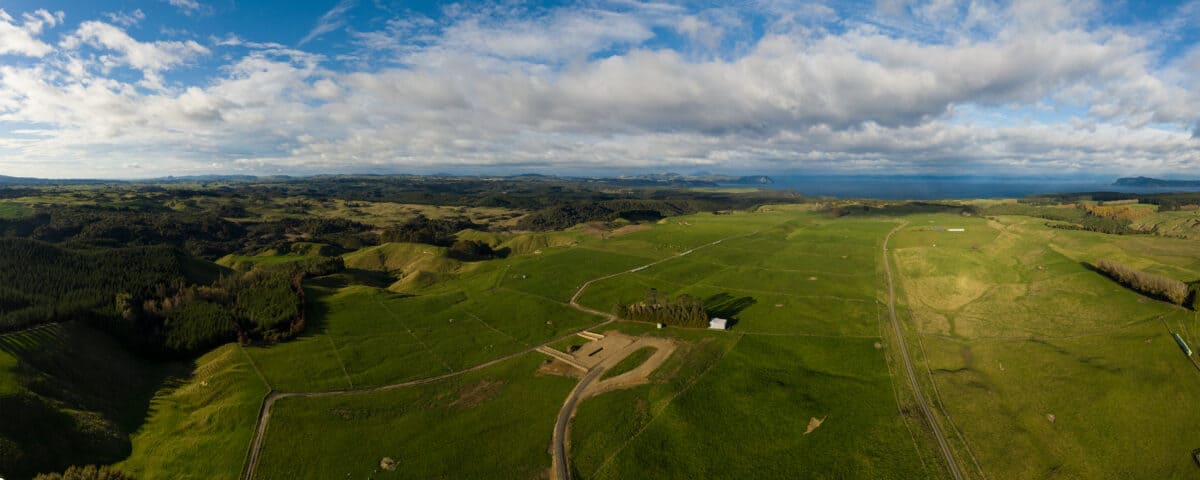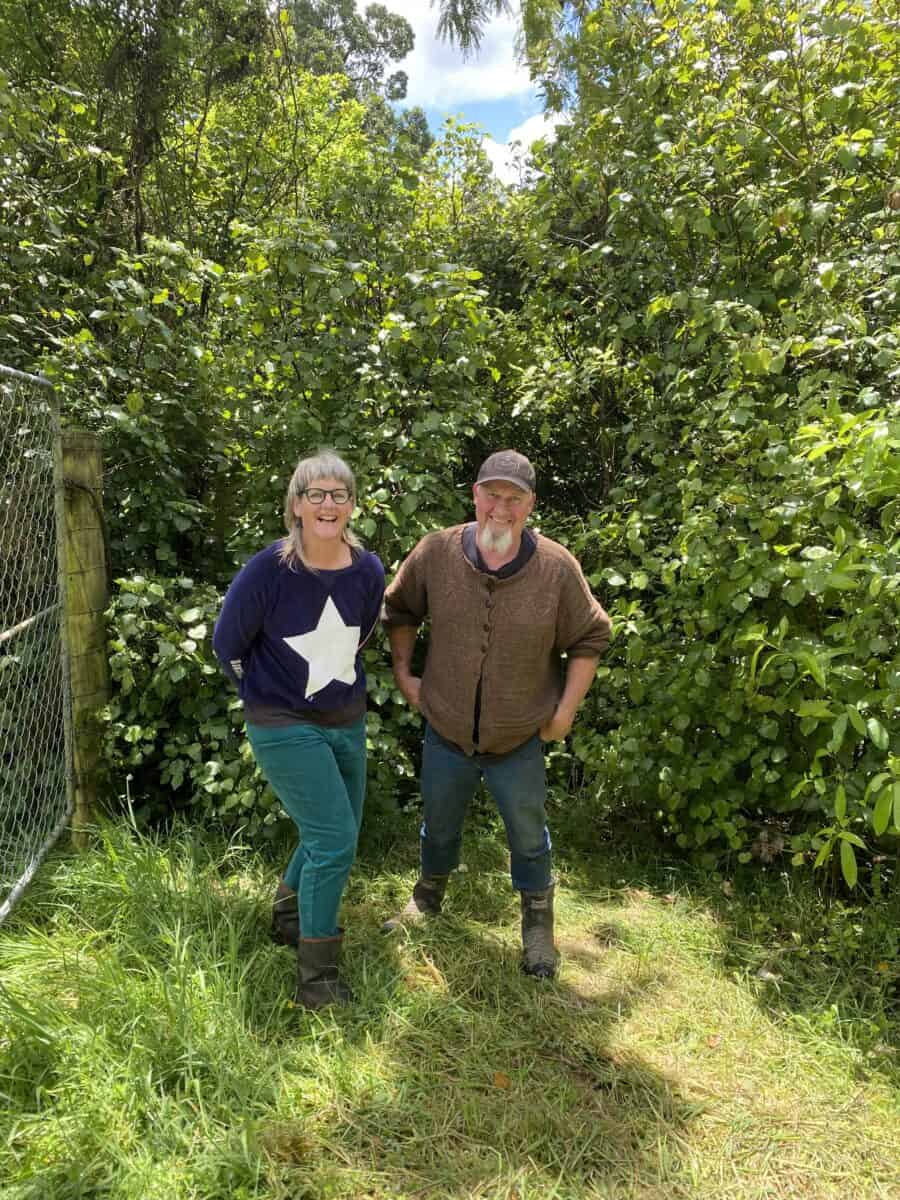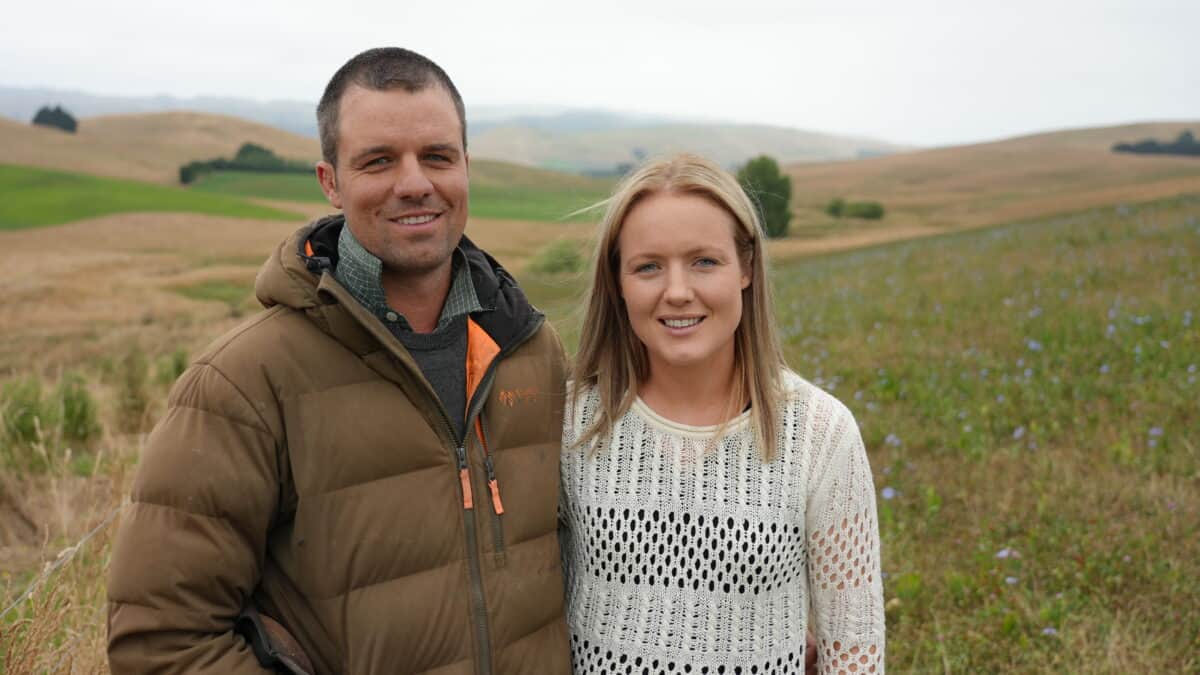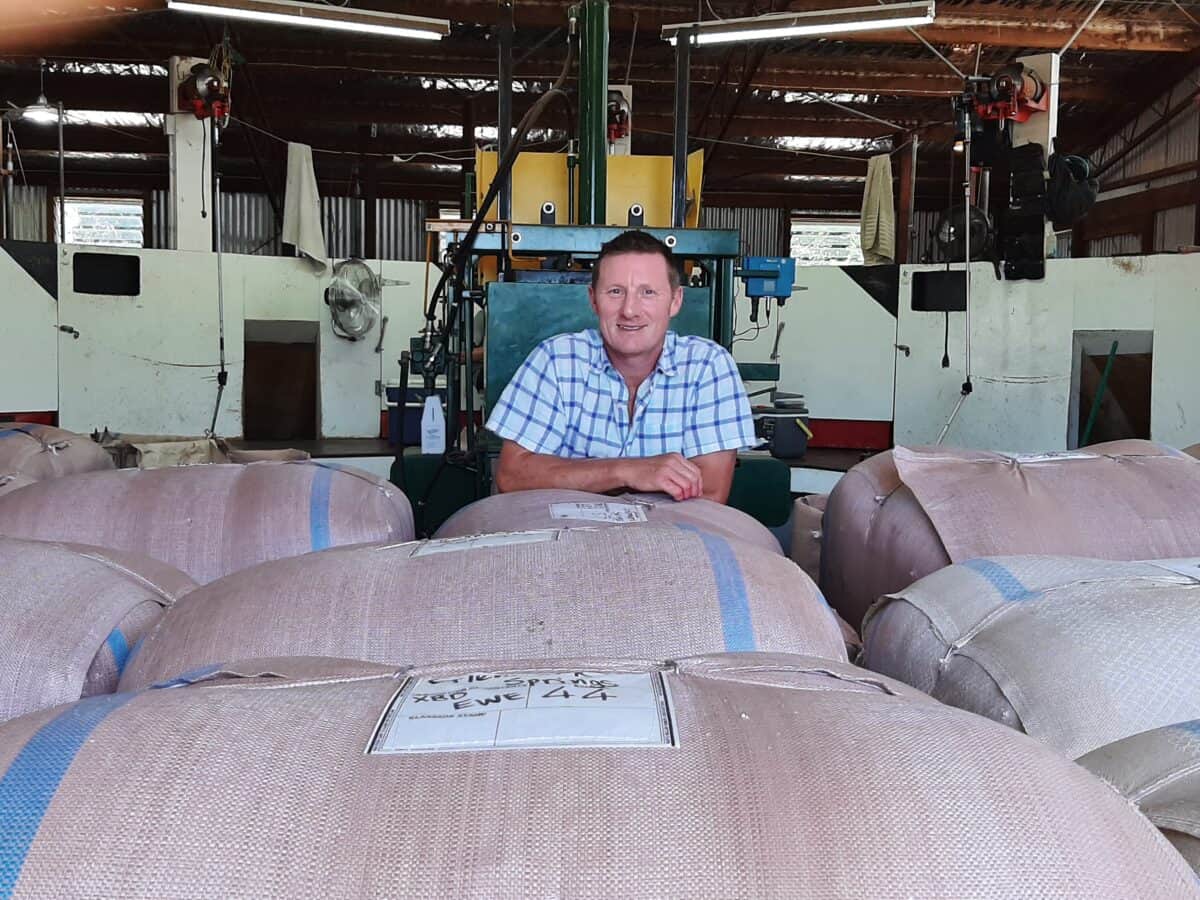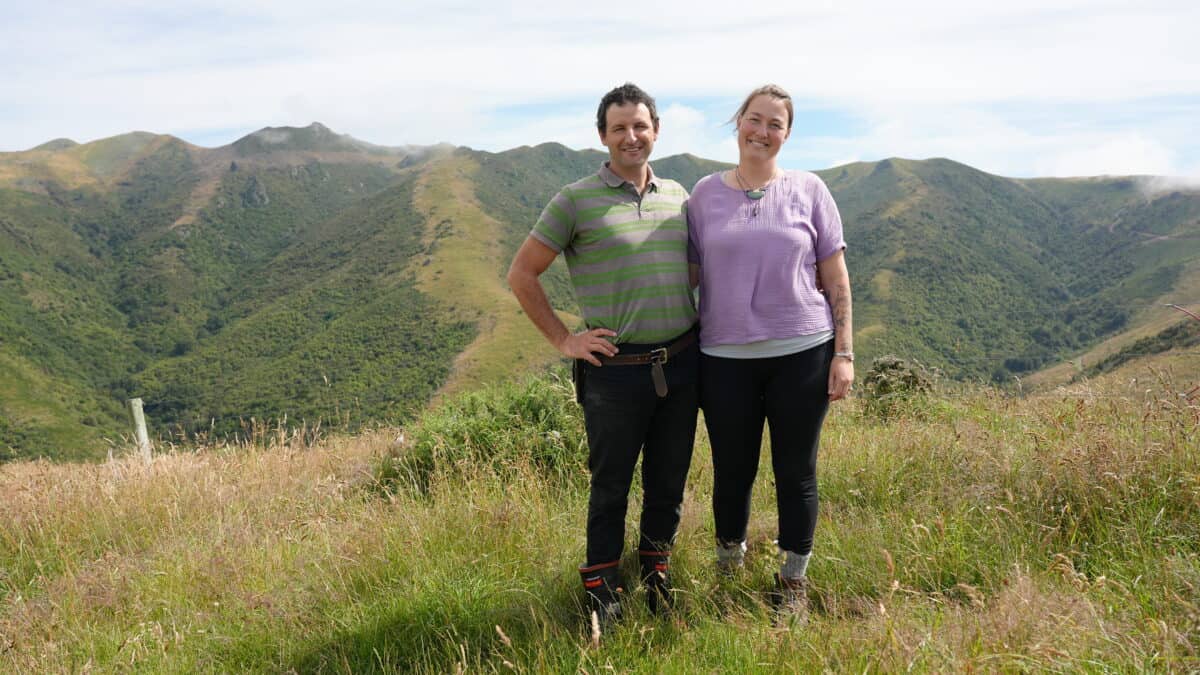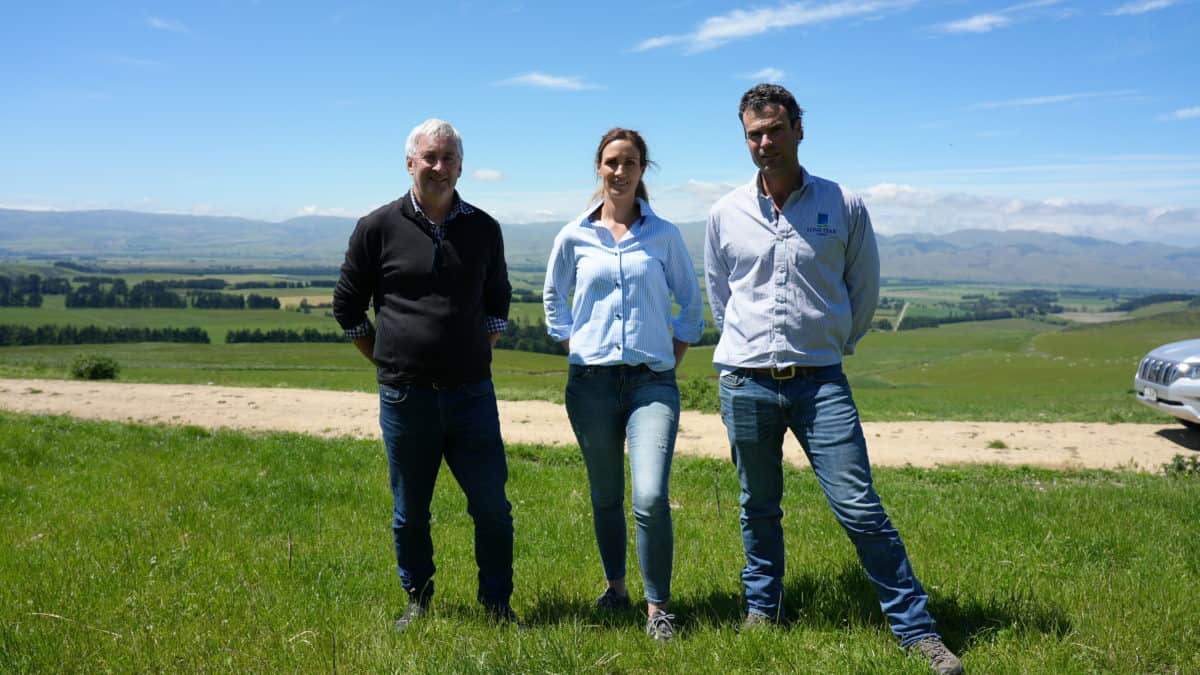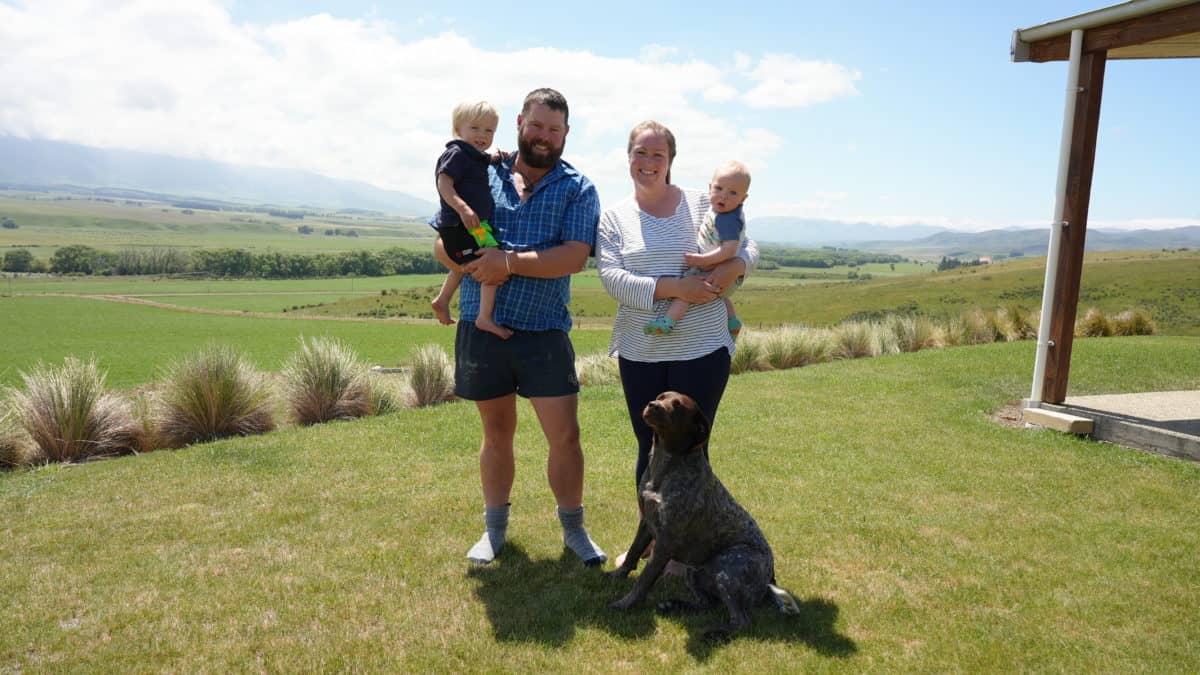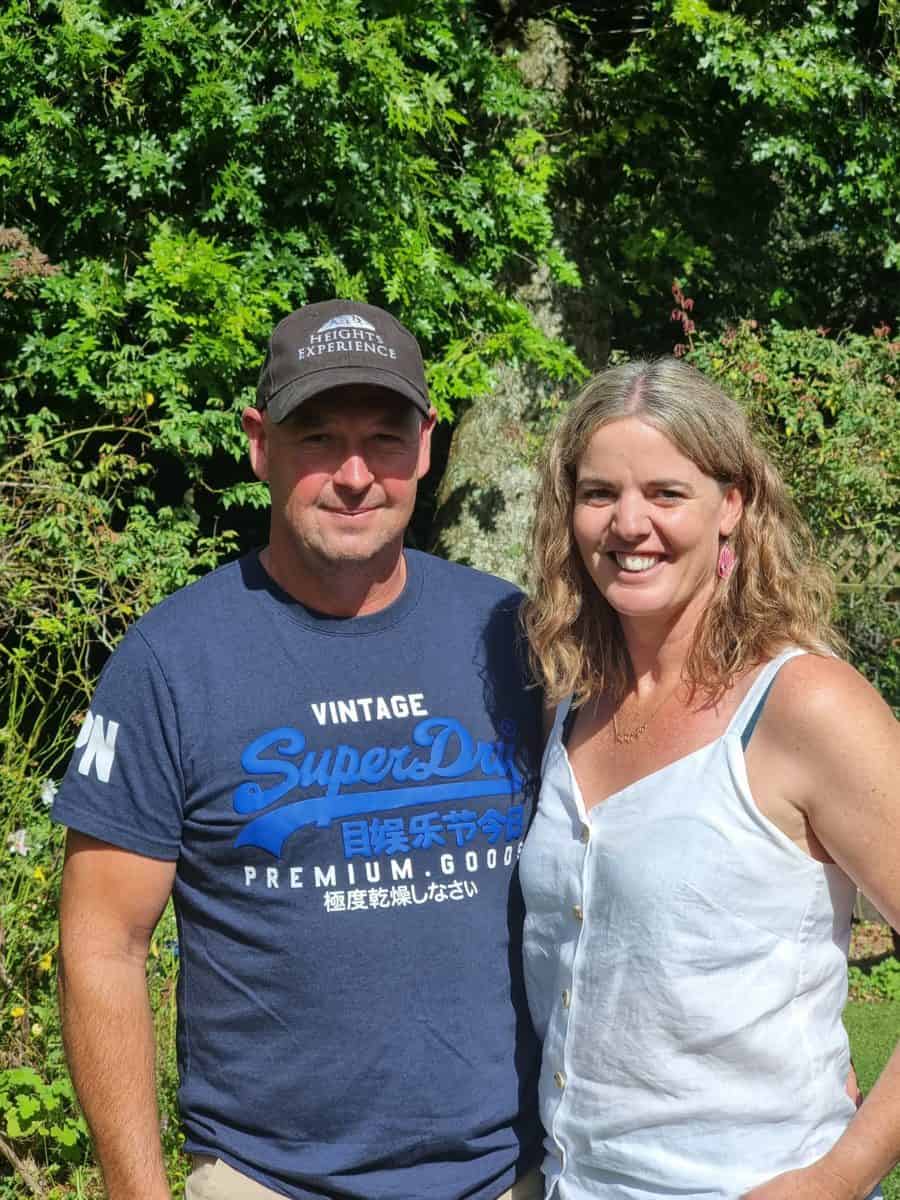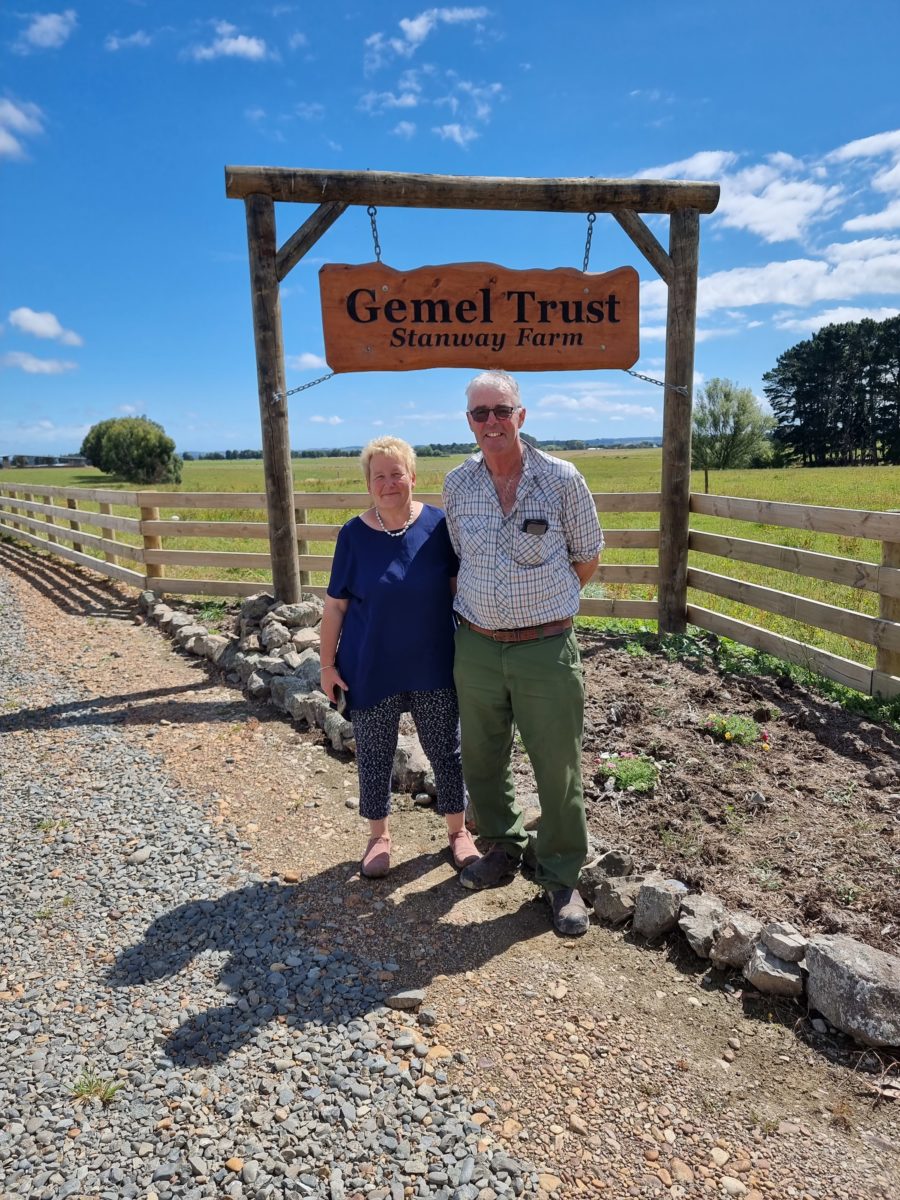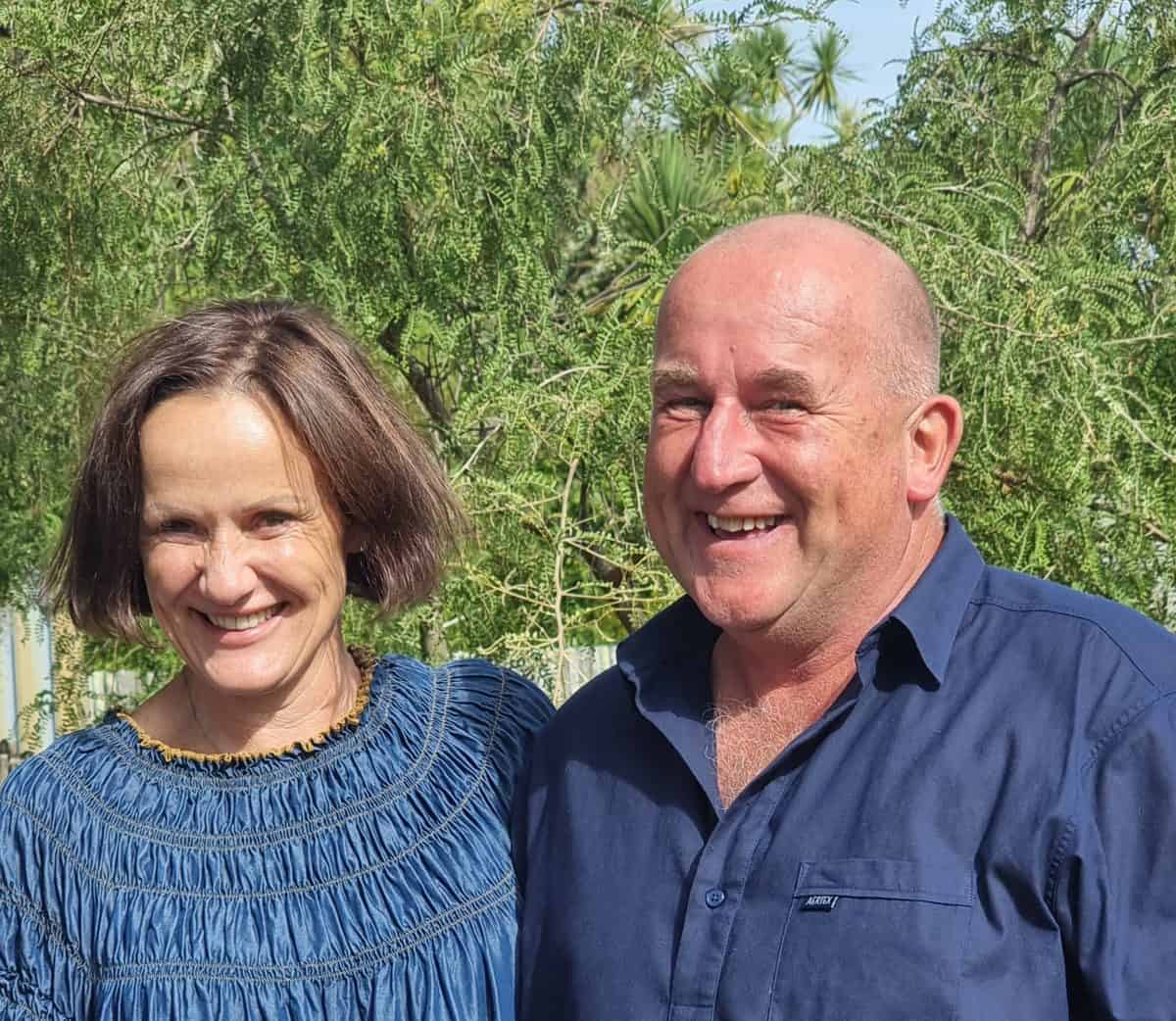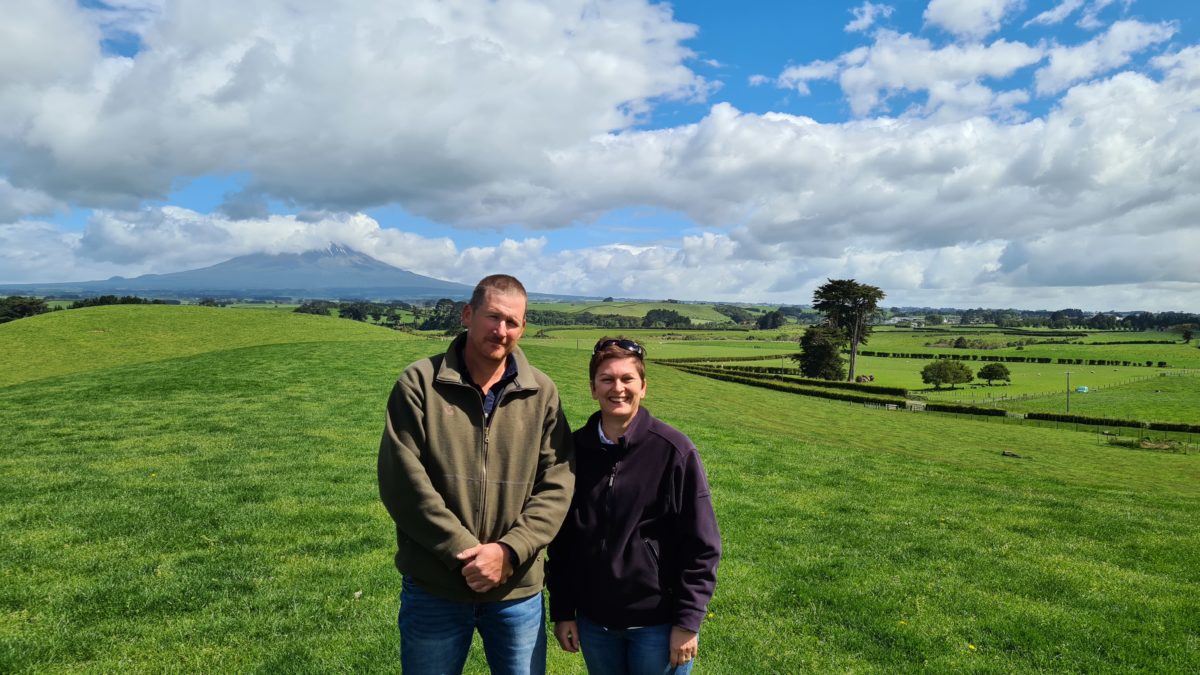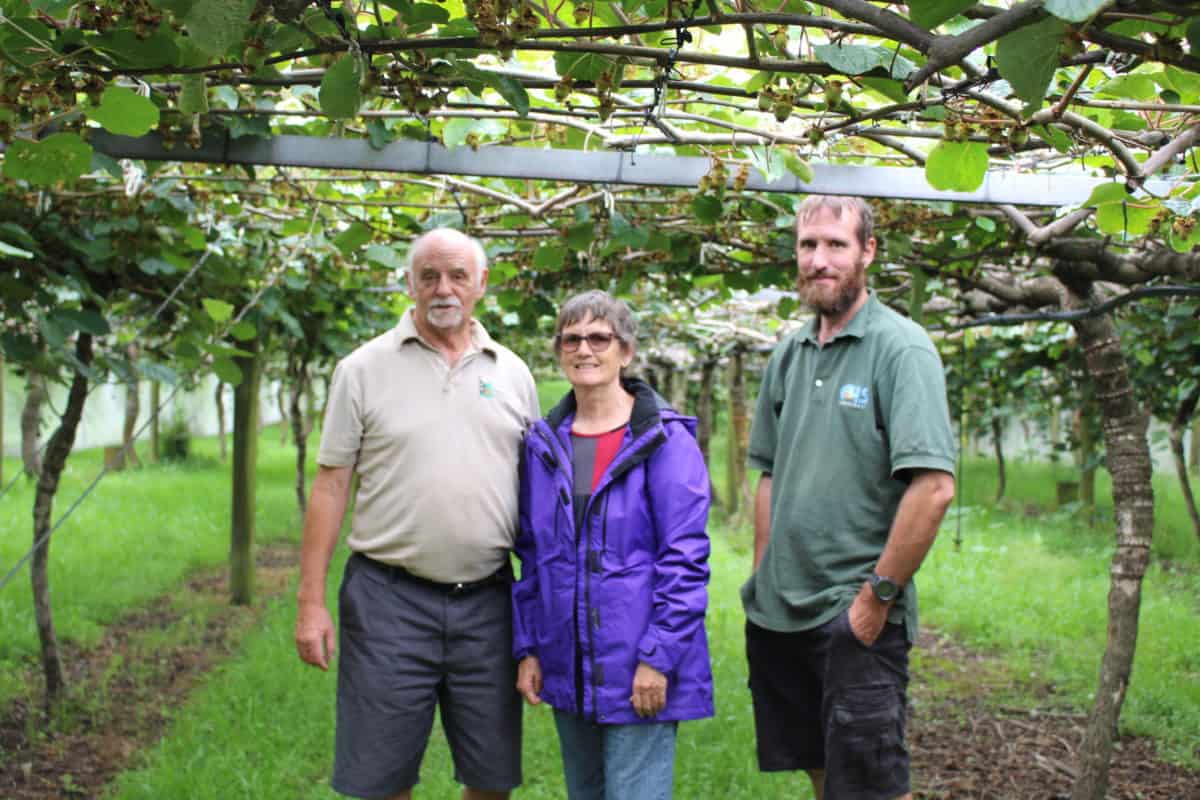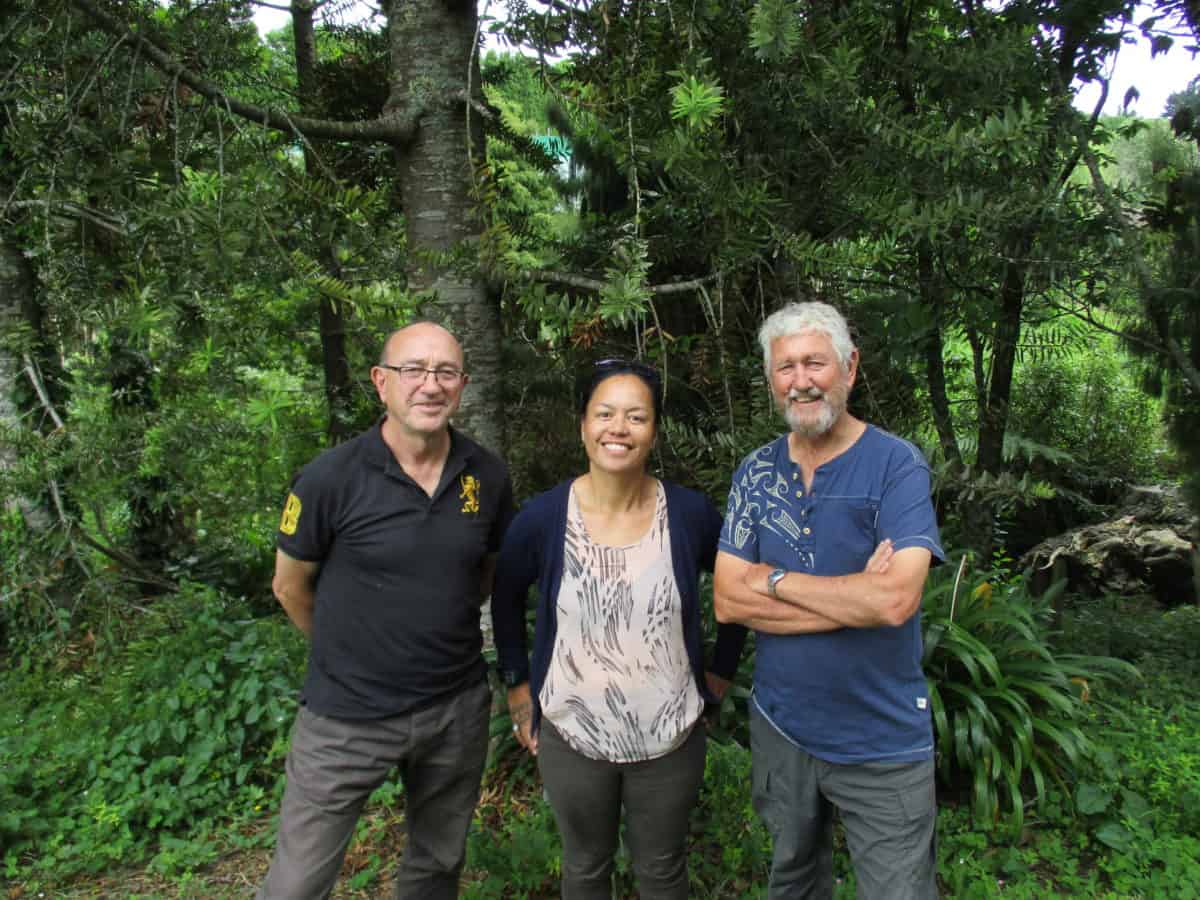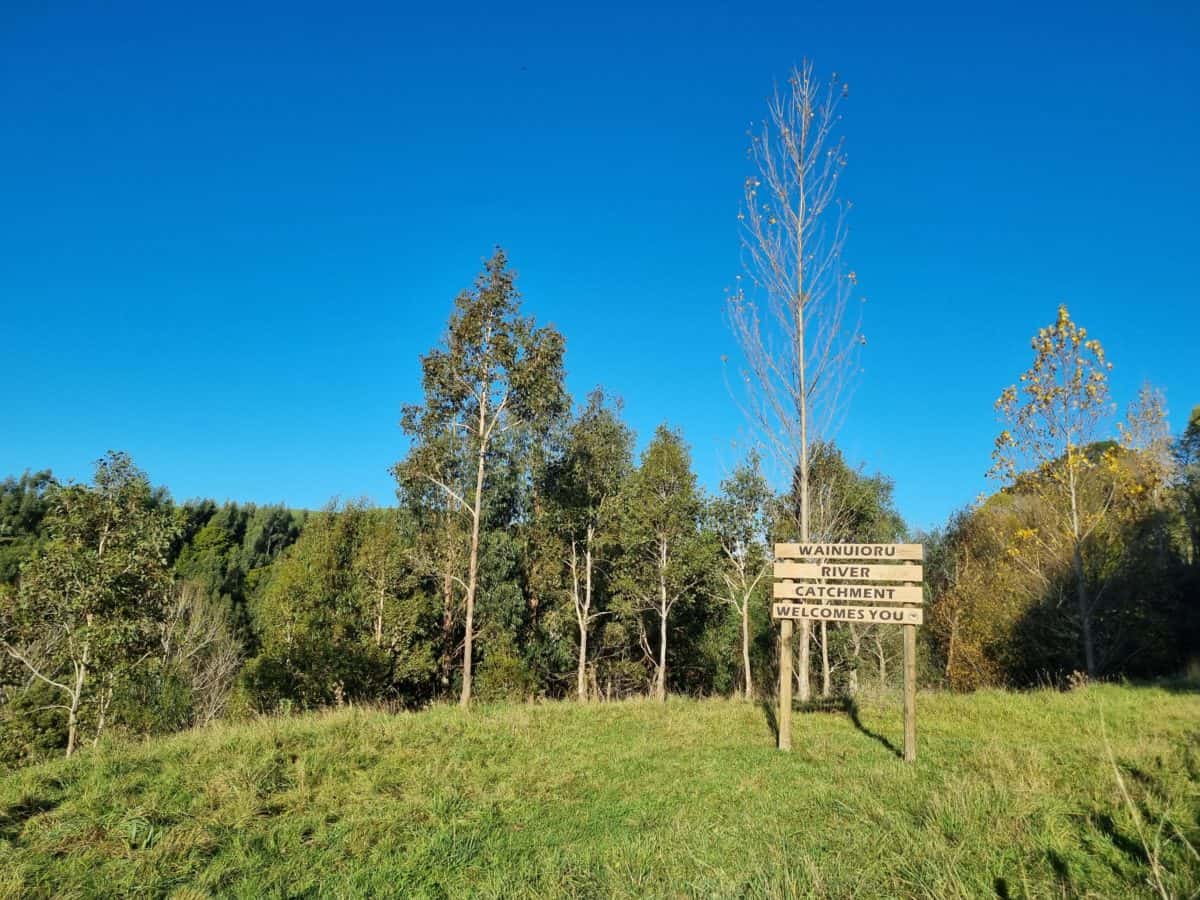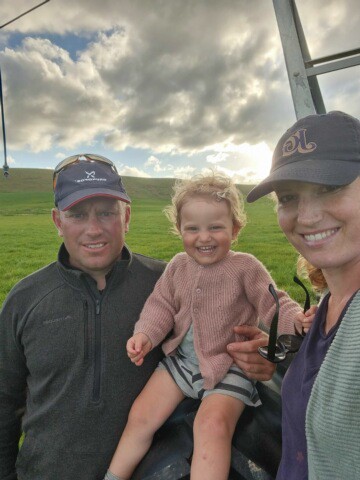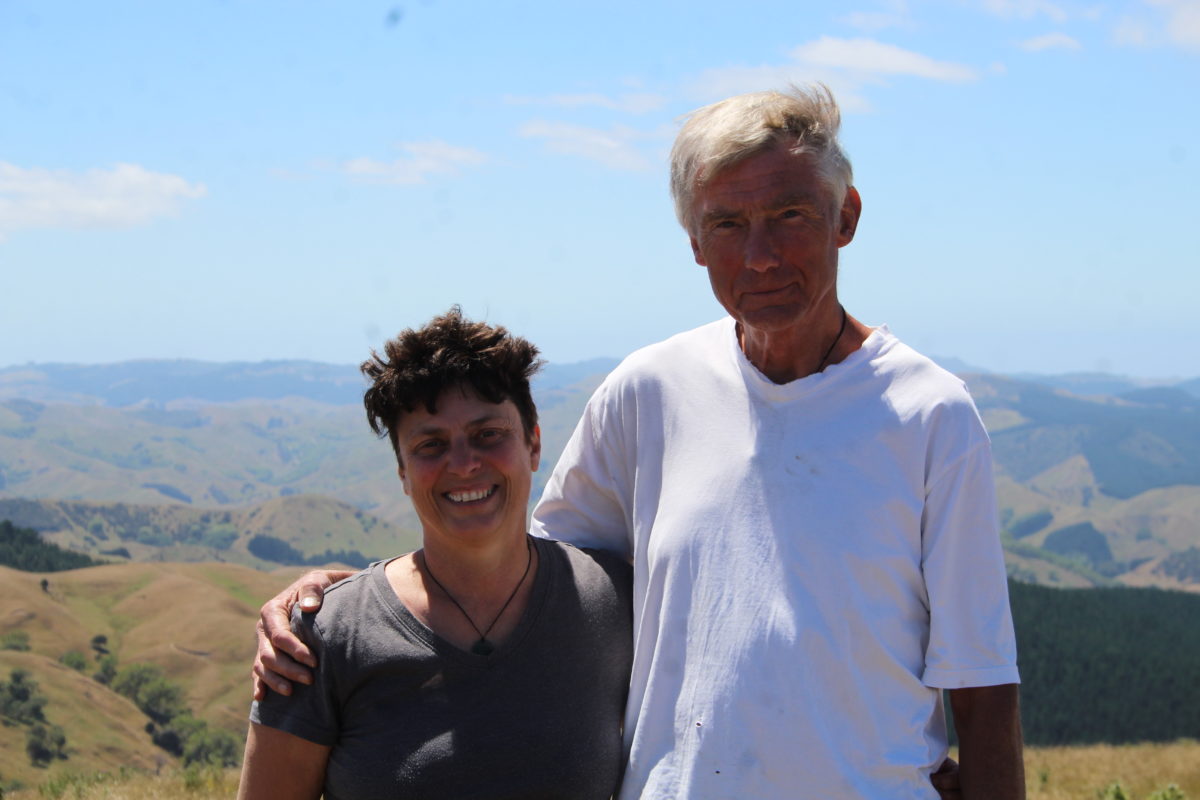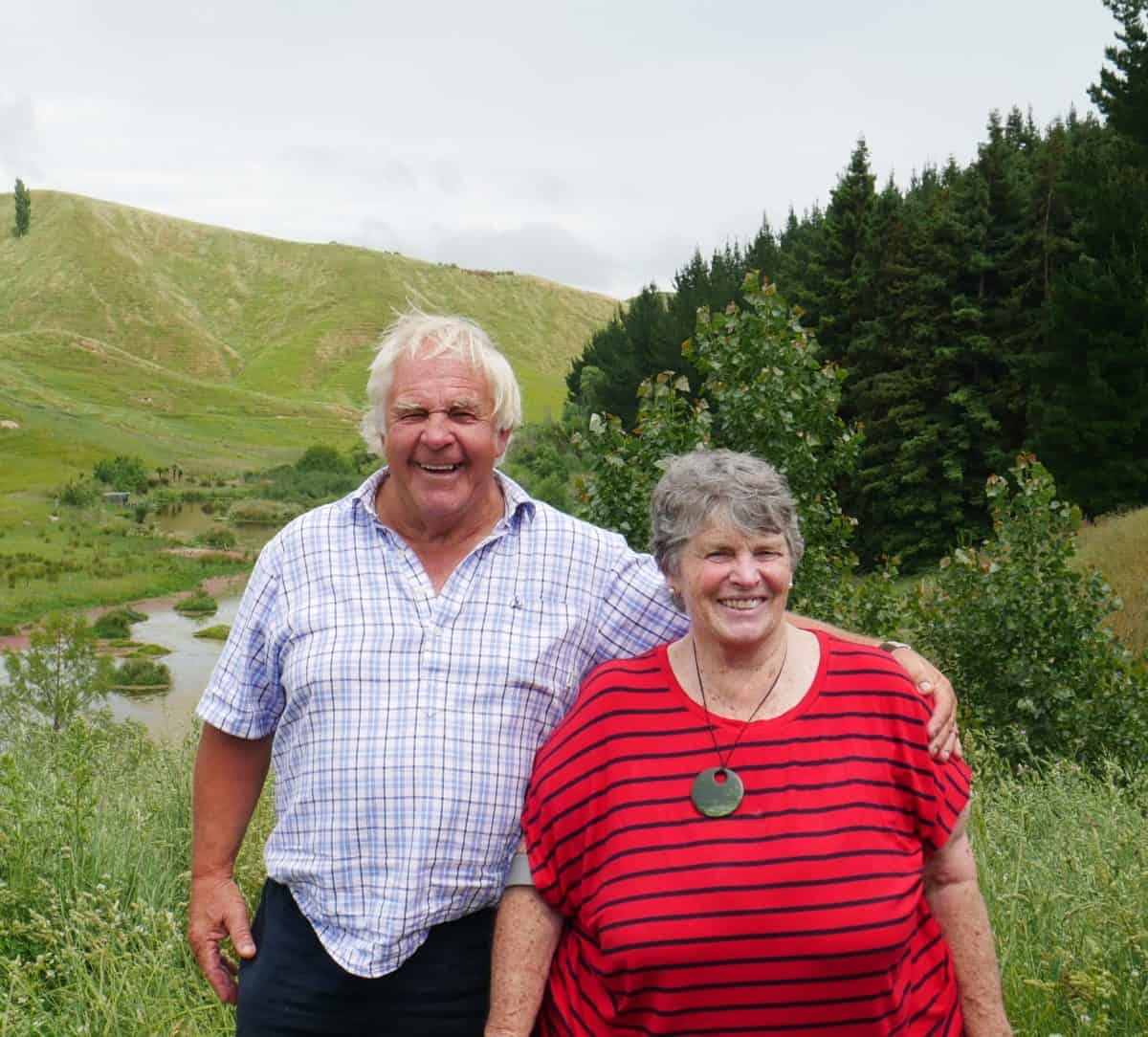When the community comes together to plant 3,000 trees on a neighbour’s property, you know it’s the beginning of something special.
For Sue Meszaros and Karyn Maddren of Streamland Suffolks in Ahuroa, north of Auckland, it was a sign that their initiative to create an Araparera River Catchment group within the local community was on the right track.
Susan and Karyn jointly manage the 68ha Streamland Suffolks property that is home to their sheep stud business. Since the beginning of their farming journey, taking care of the environment has always been important. However, a long period of bad weather and land damage was leaving everyone in their valley quite frustrated.
It was hearing the story of South Kaipara Landcare group at the Auckland Ballance Farm Environment Awards dinner in March, post-cyclone Gabrielle, that sparked an idea they could do something similar.
“We were really inspired,” says Sue. “It was always in the back of our minds that it was something we wanted to do, but then to see it in action spurred us on to run with our idea.”
Hard on the heels of the decision to get started, however, more bad weather swept across the top of the North Island, flooding rivers and triggering landslips.
Rather than being daunted by the events, Sue and Karyn realised they could tap into the sentiment of the valley as people were feeling strongly that something needed to be done to address the flooding problem. “We decided to go ahead with the catchment idea and push it forward, and make it happen,” says Sue.
The fledging group has already taken its first steps, planting mānuka trees donated by the Kaipara Moana Remediation programme. Three thousand seedlings have been planted in paddocks above a massive slip on the property of an 83-year-old farmer in the region; another 500 plants were planted on the Streamland Suffolks property, and a further 500 on another farm within the catchment.
It’s the Goldilocks catchment, says Sue, neither too big nor too small. “We are a bit different from a typical rural catchment in that our farms are smaller, and there are a massive number of lifestyle block holders. There are a lot of people who work in Auckland but live out here.”
This mix of city and country brings its own challenges. “As lifestyle-blockers, they don’t necessarily have the vested interested we do, but they do see and understand their role in having a healthy catchment,” says Sue.
Sue and Karyn believe the diversity of the region is a bonus as people working in Auckland have city-based networks who they can bring to the region to help do things like plant trees, join field days or get stuck in clearing scrub out of the river. “Just understanding how hard farmers work, where their food comes from, everything that, once people in cities understand about rural life, will help bring everyone together within the catchment boundaries,” she says.
For Sue and Karyn, the next step is to help people understand that the river is precious, despite the anxiety, grief and fear that still lingers through the community. Sue says the river is a beautiful asset that should be a catalyst for positive change for the future.
“Once the catchment group is up and running, we would expect a healthier, cleaner river as a basic thing.”
So, while few community events happen in the region now, Sue and Karyn are optimistic about how the future will evolve with the catchment group. “Once people start coming together, there is the potential for so much more. There is a hall that could become a venue for a group who wants to do Pilates, or who want to get together to do something else,” says Sue.
But first, there is a bit of admin and red tape to get through before the Catchment Group is a legal entity. Then it’s setting up a website, and finding the best ways to communicate with a diverse audience. There is a 20-strong steering group doing the initial work, but once set up the wider community will be invited to get involved.
“A healthier river means a healthier community,” says Karyn. “We see healthier people, a stronger vibrant community, and an active, busy community.”
And that’s because while the catchment group will be looking after the river and the surrounding valley, at its heart the group is really about the community. “It’s the people we will be looking after,” says Sue. “If we look after them, we’ll have a healthy river catchment. They go hand-in-hand,” she says.
Enter the Ballance Farm Environment Awards

